Three Mystic residents established the Maritime Historical Association in 1929 (it later became known as Mystic Seaport). The museum is basically an authentic coastal village and covers a large area with many historic buildings (that have been relocated here from New England over the last 70 years). A map is provided at the entrance of the seaport.
Mystic, CT, was a center for shipbuilding since the 1600s. More than 600 vessels were built along the Mystic River between 1784-1919. The decline of wooden shipbuilding after the Civil War in conjunction with the advent of steam power, changed Mystic's dominant industry to textile manufacturing. The museum collection has grown to more than 1M photos, 2M artifacts, and almost 500 boats. Items not currently on display can be found at the Collections Research Center is located in a 41,000 square foot building and is the National Center for maritime research and education.
Sabine, the only surviving large wooden commercial steamboat, was built in 1908 and was used to carry passengers and light freight. Today, visitors can ride it not the Mystic River and see the near-silent steam propulsion engine (75 hp, 2-cylinder steam engine) in action.
Gerda III, built in 1928 by the Danish Lighthouse and Buoy Service, was used in 1943 to ferry Jews from Denmark to Sweden in secrecy (under the guise of servicing lighthouses). Although it was boarded many times by the German navy, the people stowed below were never discovered. Also shown, is Nellie, a sailing oyster boat used in CT and NY waters around 1900 to harvest the natural oyster beds. In 1914 it was outfitted with a gasoline engine and was used to harvest private oyster beds.
A scale model of one mile along the Mystic River in the 1850s-1870s can be seen inside the building shown below. Pretty cool.
The Block Island Life Saving Station was relocated to the museum and is shown below. The US Life Saving Service established stations every 8-10 miles along the exposed coast. The station keeper and six surfmen manned the station and rescued many shipwrecked sailors. Authentic equipment used by the service is display inside.
A large building houses a rope making factory (similar to the one owned by the Plymouth Cordage Company that operated from the 1800s until after WWII). Initially, rope was made from fibers of the hemp plant (from the Midwest and shipped from Russia). The company started making Manila rope by 1830 from stronger fibers of the Abaca (type of banana tree found in the Philippines).
They employed up to 950 workers (both men and women) in the 1800s until much of the process was automated by the used of steam engines. Here is how they made it: Plant fibers are twisted together into yarn; yarn is twisted (in the opposite direction of the plant fibers) to make a strand; three to six strands are twisted together (in the opposite direction of the yarn) to make rope. Vintage lanterns were also displayed here.
Below is an authentic clam shack where the day's harvest was unloaded.
In the Small Boat Exhibit are several cat boats, first developed around 1850 for work and recreation. They were used for fishing, cruising, and passenger service. The introduction of a one-cylinder gasoline engine ended its used for commercial endeavors. But new sleek cat boats by legendary yacht designer, Nathanael Herreshoff, are used for recreation and racing.
Some of the merchants that could be found in coastal towns of New England during the maritime era included print shop, cooperage (barrel maker), and bank.
We also saw the shipsmith (like a blacksmith) and this 1850s hand-pumped fire engine. Four men would push it and others would carry the 500' hoses that spray water 100'. Used not only for firefighting, shipbuilders would pump water into hulls of new vessels to swell the planks and tighten the seams (and check for leaks).
Museum staff took these vintage bicycles out for a spin...
In 1941, the museum acquired the country's last wooden whale ship, the Charles W. Morgan (named for her first owner). And she is a sight to behold!
Launched in 1841, she was one of the 2,700 whaling ships used over a 150 year period. With a length of 106' 11", 24' beam, and 13' 4" draft, she sailed 37 voyages all over the world during her 80-year whaling career. When a whale was spotted (usually from aloft), the smaller boats were lowered and crewmen set out to harpoon the whale (very dangerous). During her first voyage more than 70 whales were killed by her crew (30-36 people) producing 2,400 barrels of oil. She was retired in 1921 and more than 20M people have now walked her decks.
This unusual cabin on the deck was built by a captain whose wife was terribly seasick on her first (and last) voyage with him. Also shown is the windlass, the mechanism used to lower and raise the anchor.
The tryworks were used to render the whale blubber into oil which was then stored in barrels below decks. It consisted of large cauldrons set in brick fireboxes. The tryworks went all day and night until all of the blubber had been processed.
Below is the captain's day cabin and stateroom. The gimbaled bed would remain level as the ship rolled at sea (and was added in 1863 at the request of a captain's wife). They also had a "private" head!
The first mate's cabin was nearby and then the steerage cabins were next. The crew were pretty much crammed into bunks below deck near the stern.
The Draken Harald Hanfagre is a recreation of a Viking ship (from the 850 AD era).
In the Stillman Building are various displays of model ships, scrimshaw and unique artifacts. The Gam was a gathering of whale ships at sea, a rare treat for the crew. The "chair" shown here was how crew members were transported between ships. The cauldron is one used on board in tryworks when rendering blubber into oil. And the sailor's valentine was made by a woman in homeport during the months/years man was at sea.
On the second floor is the luxurious cabin of the 1883 whaling ship, Benjamin F. Packard. This is the only part of the ship that was salvaged before it was scuttled.
These maritime figureheads and carvings were one of my favorite exhibits at the museum!
Built in 1851, The Greemanville Church was restored in 1955.
The R.J. Schaefer Building features vintage photographs of women as suffragists, pilots, sailors, and in the workplace. Check out the roller skates in the last photo.
The Thompson Exhibition Building is located at the North Entrance to Mystic Seaport. Exhibits of unique maritime artifacts are displayed in the gallery at the rear including large scrimshaw pieces, a baby's cradle with a sea turtle shell carved on the bottom, a bed imported from Asia, and a small Inuit whaling boat from Alaskan Arctic region. Guano (excrement of sea birds) was used for fertilizer between 1830-1870 and was an important product for maritime trade (most was imported from Peru).
The Buckingham-Hall House was shipped by barge in 1951 from Saybrook, CT, and restored again in 1994. It is an 1830s coastal farmhouse with a loom, common to the era, on the second floor.
The Fishtown Chapel (built in 1889) was moved to Mystic Seaport in 1949 and rededicated the following year.
The Drug Store and Stone's Grocery Store were stocked as they would have been in the 1800s.
The American Seamen's Friends Society was established in the 1820s and sought to encourage "wholesome" activities for sailors while in port (as most frequented bars, brothels, etc.) They provided places for worship, education, and like the structure shown below, reading rooms. They also sent out more than 13,000 seagoing library cases that contained 40 books each.
There is also a large shipbuilding area at Mystic Seaport where the many boats owned by the museum are restored, repaired and maintained. And there is so much more to see and do here. This is a place everyone should visit once in their lifetime to gain insight into this time in our nation's history. We absolutely loved it.
Website: www.mysticseaport.org
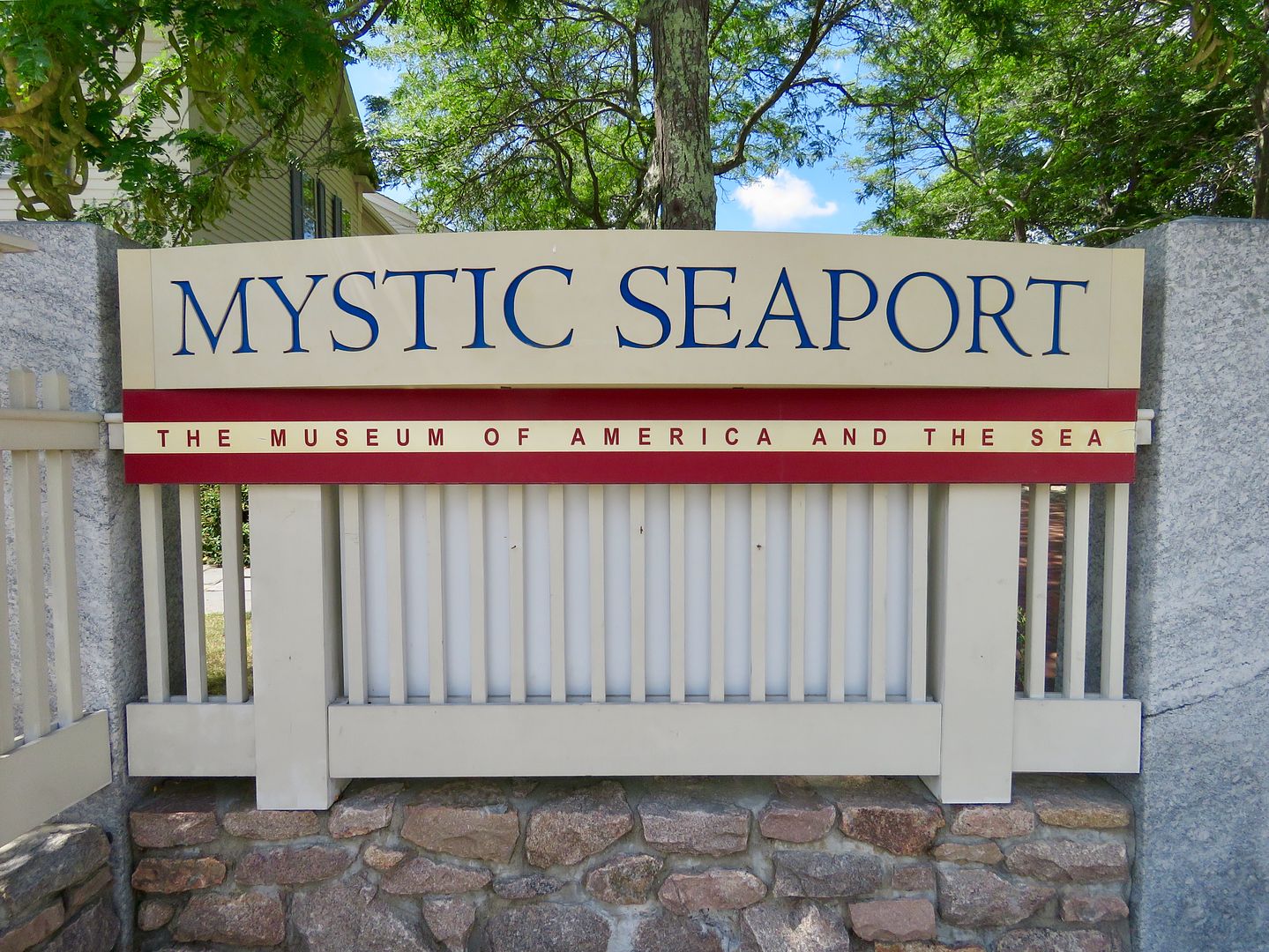
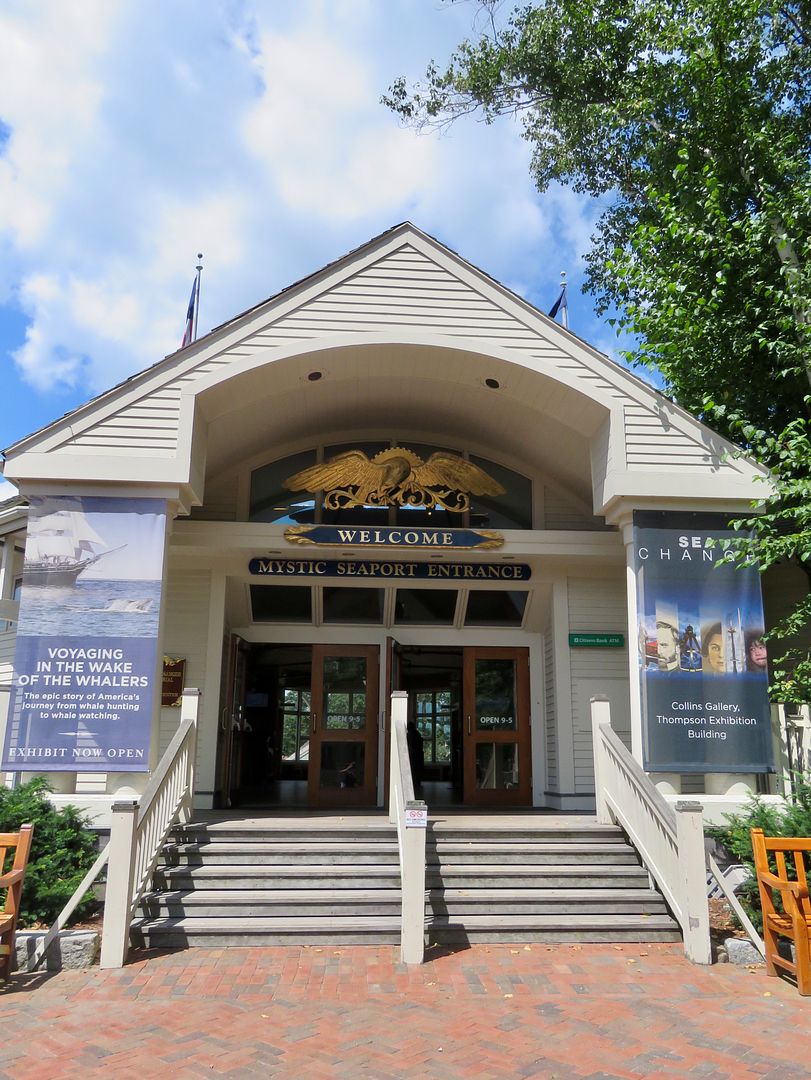
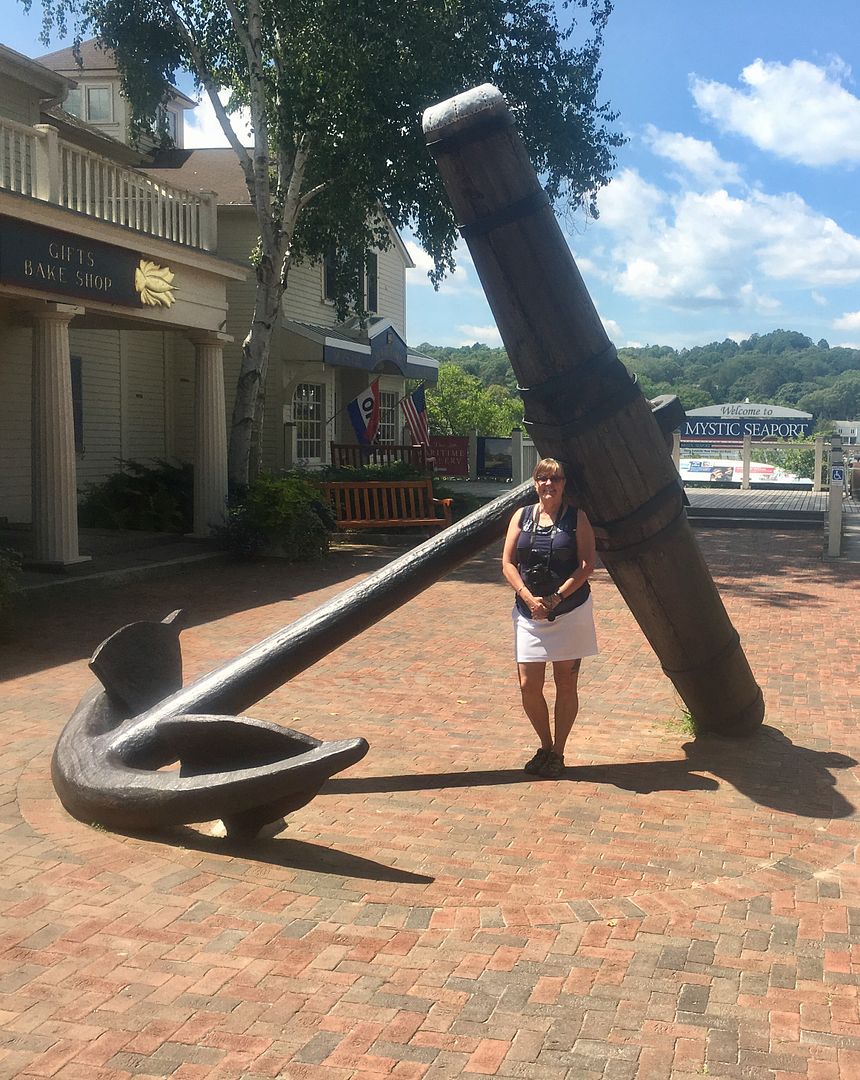
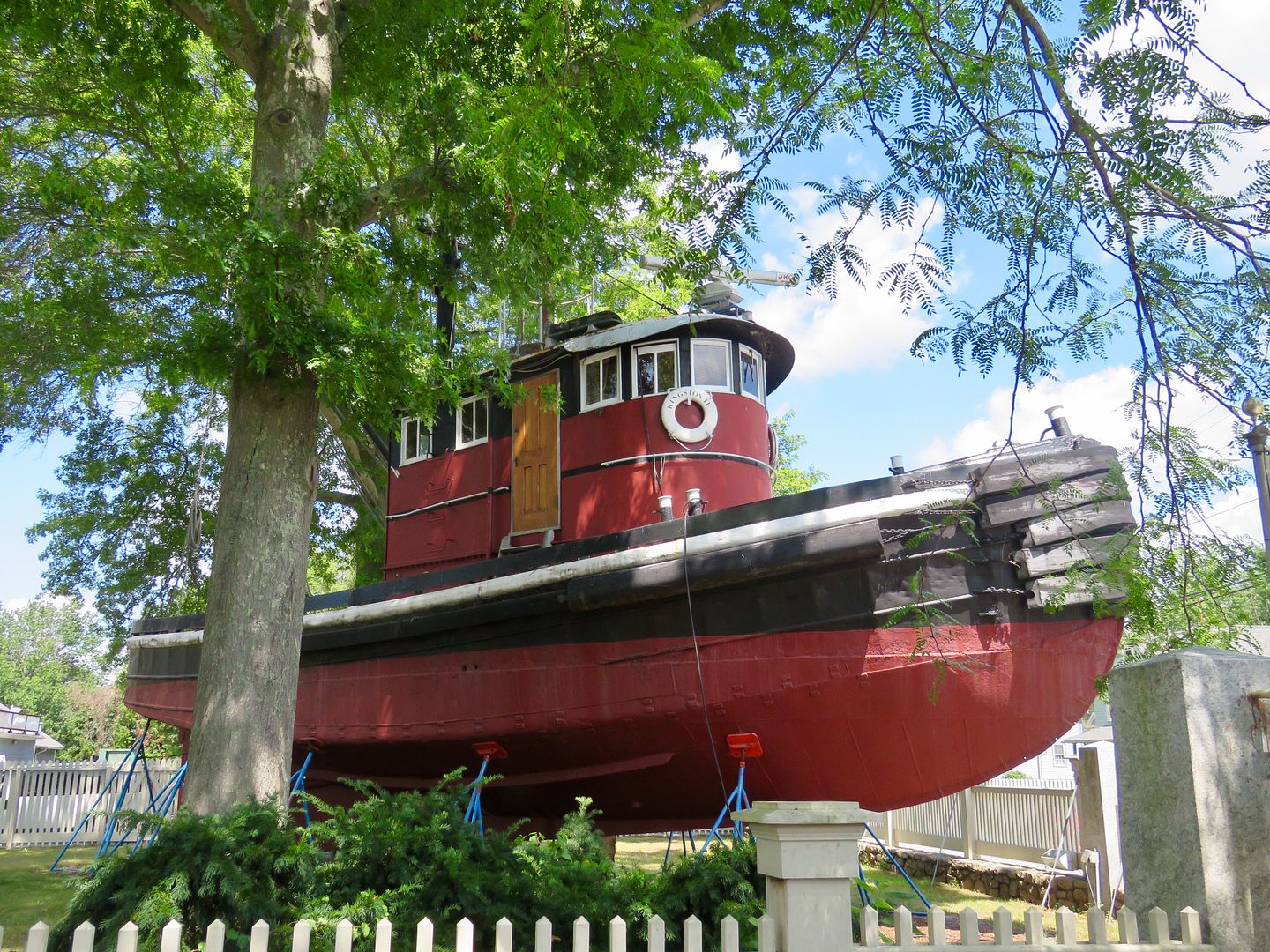
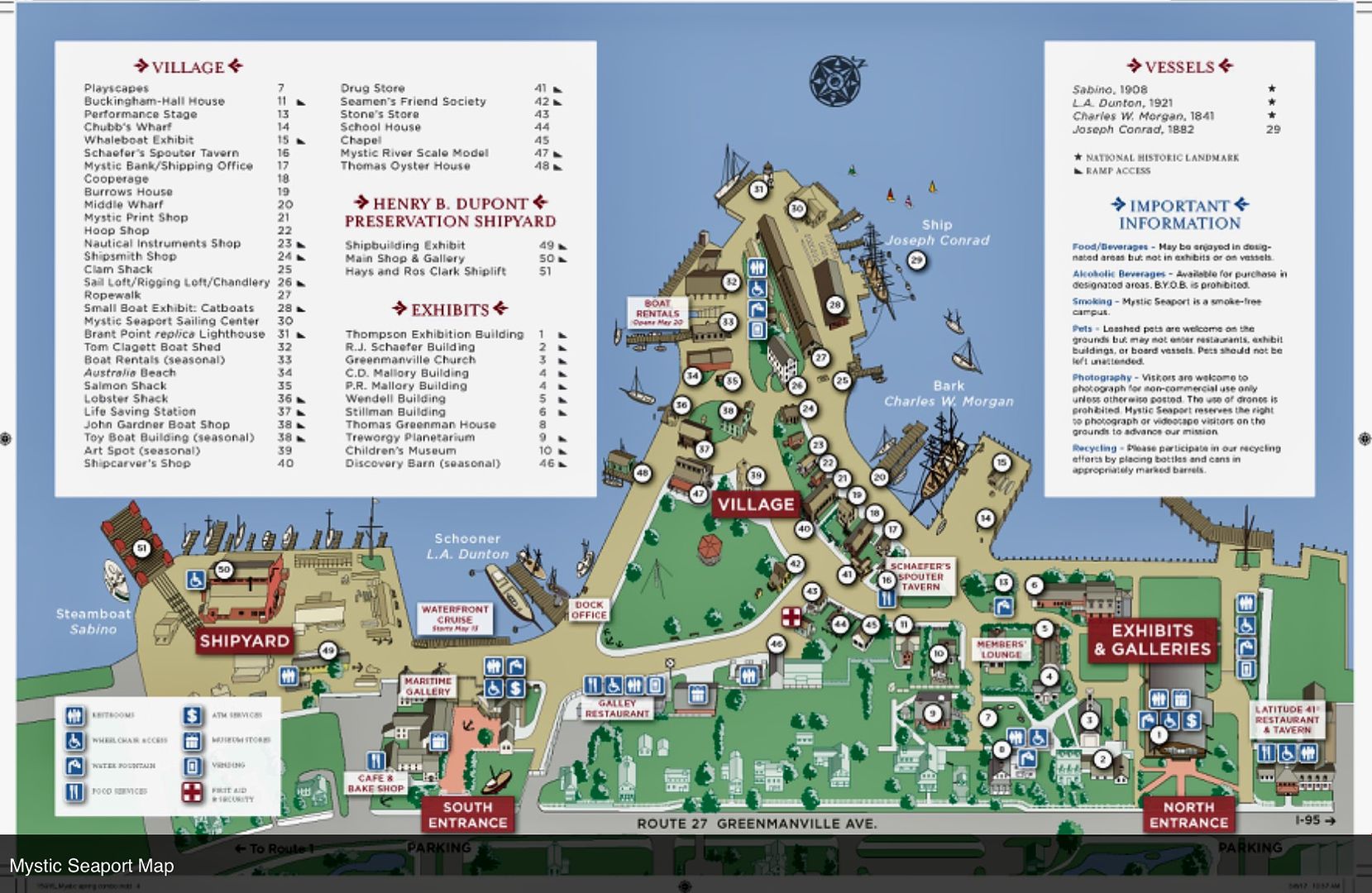
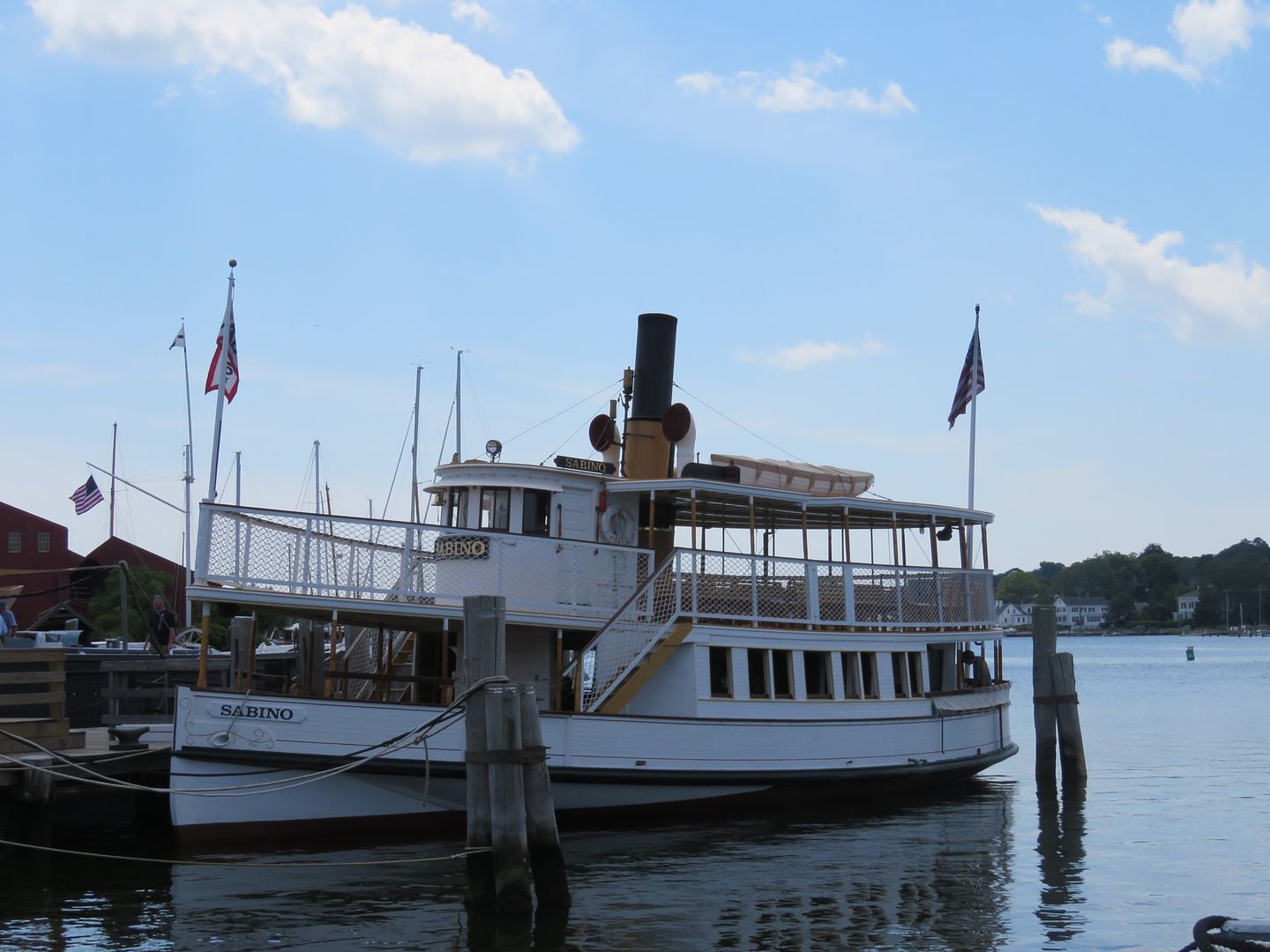
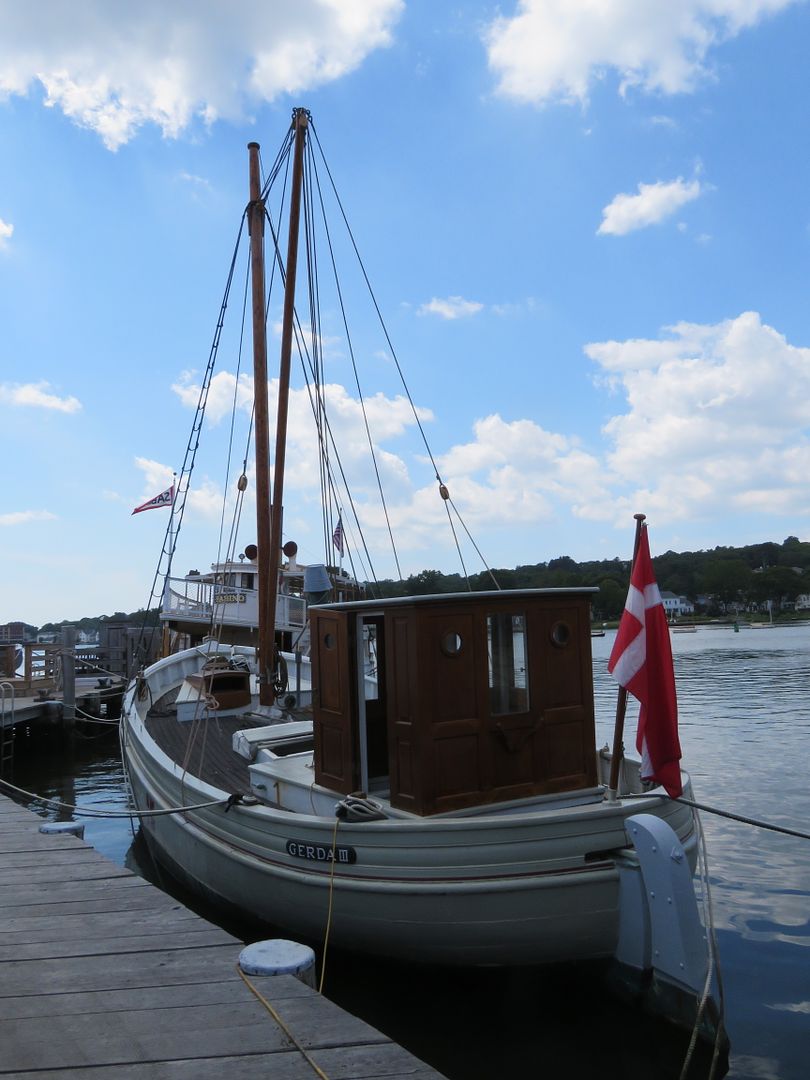
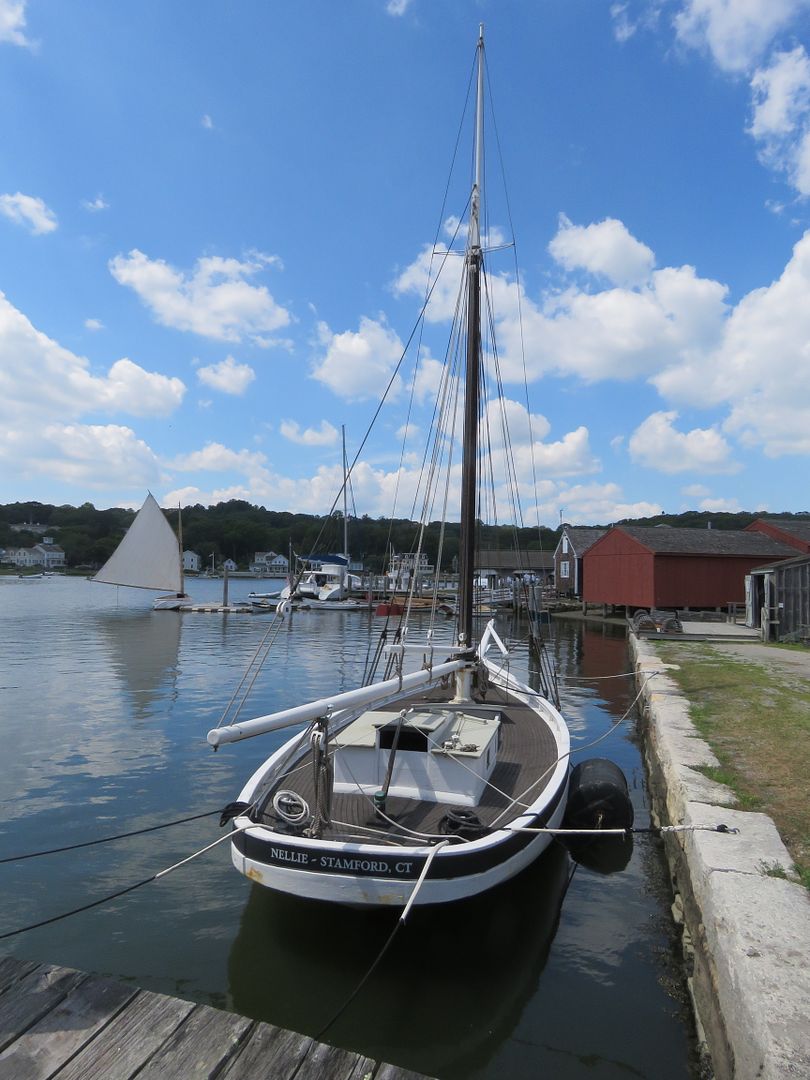
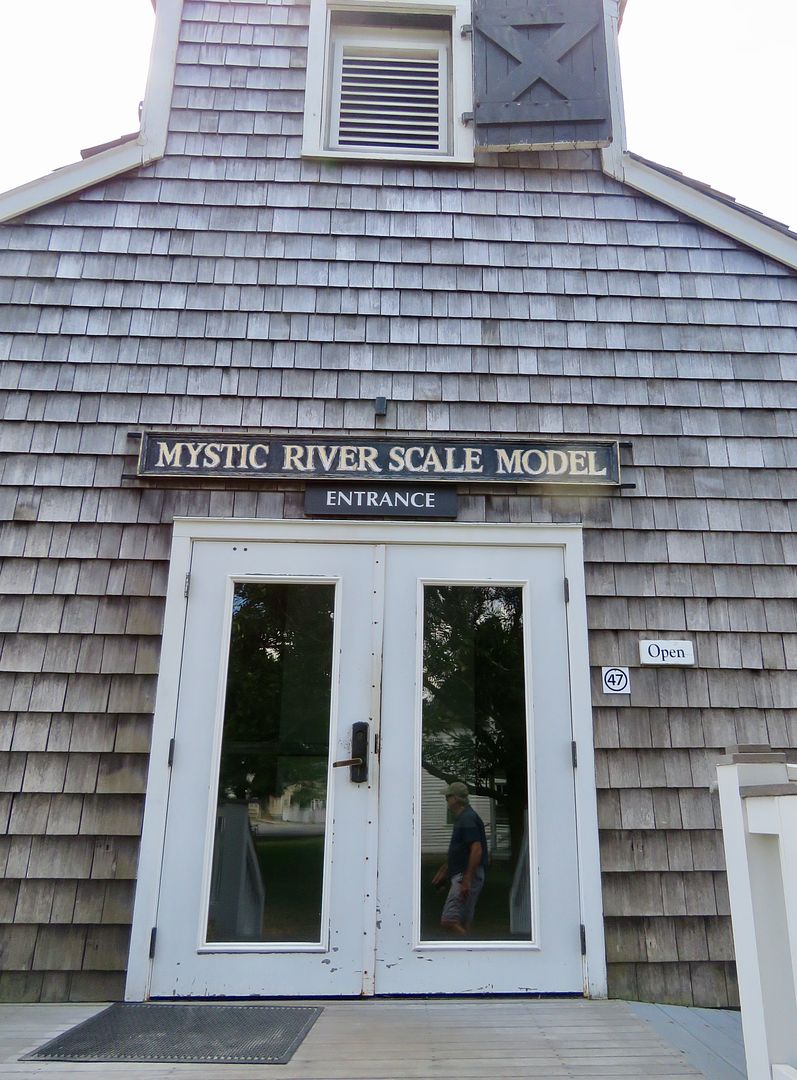
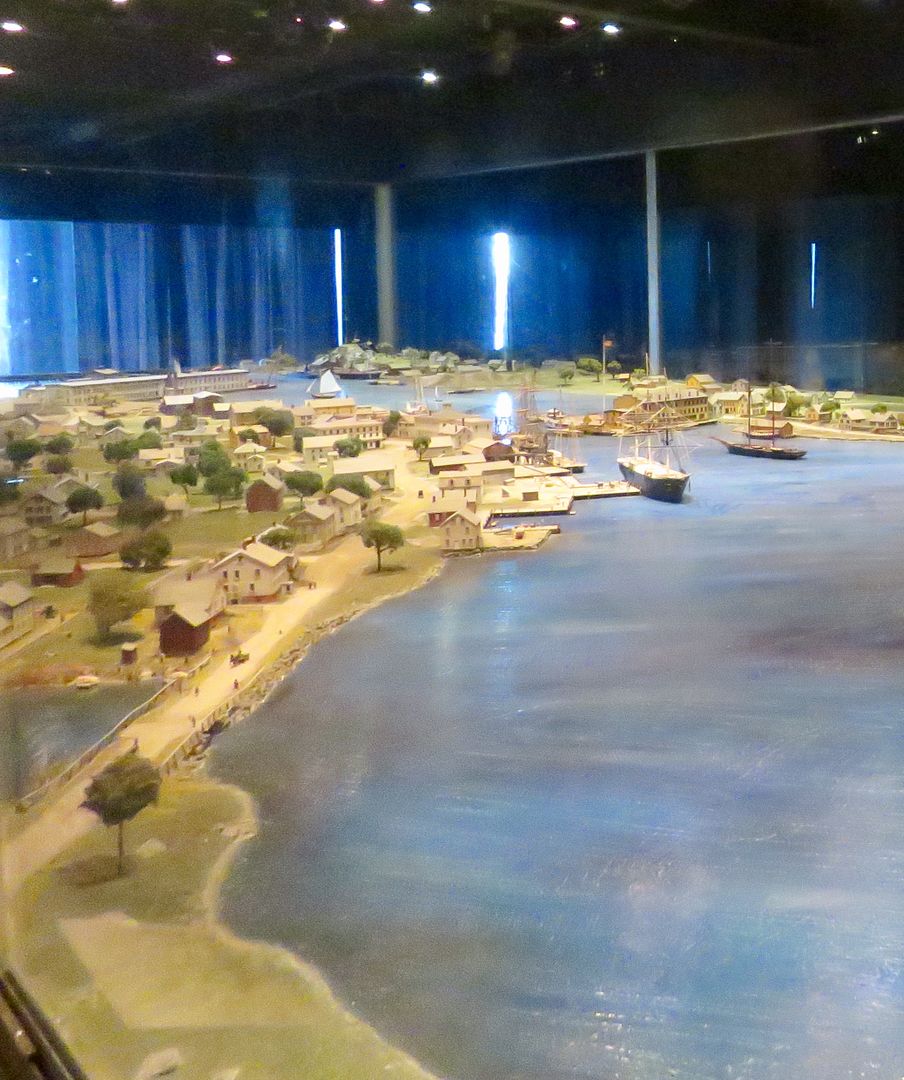

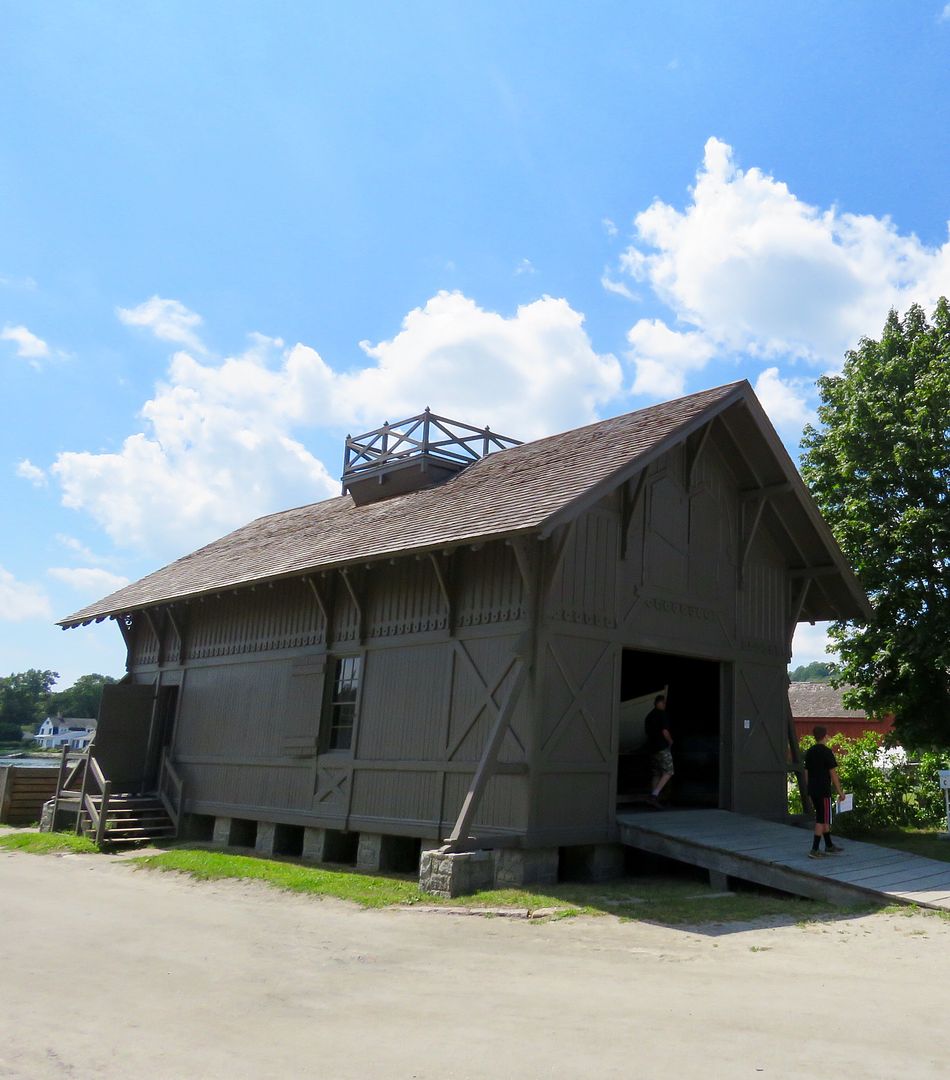
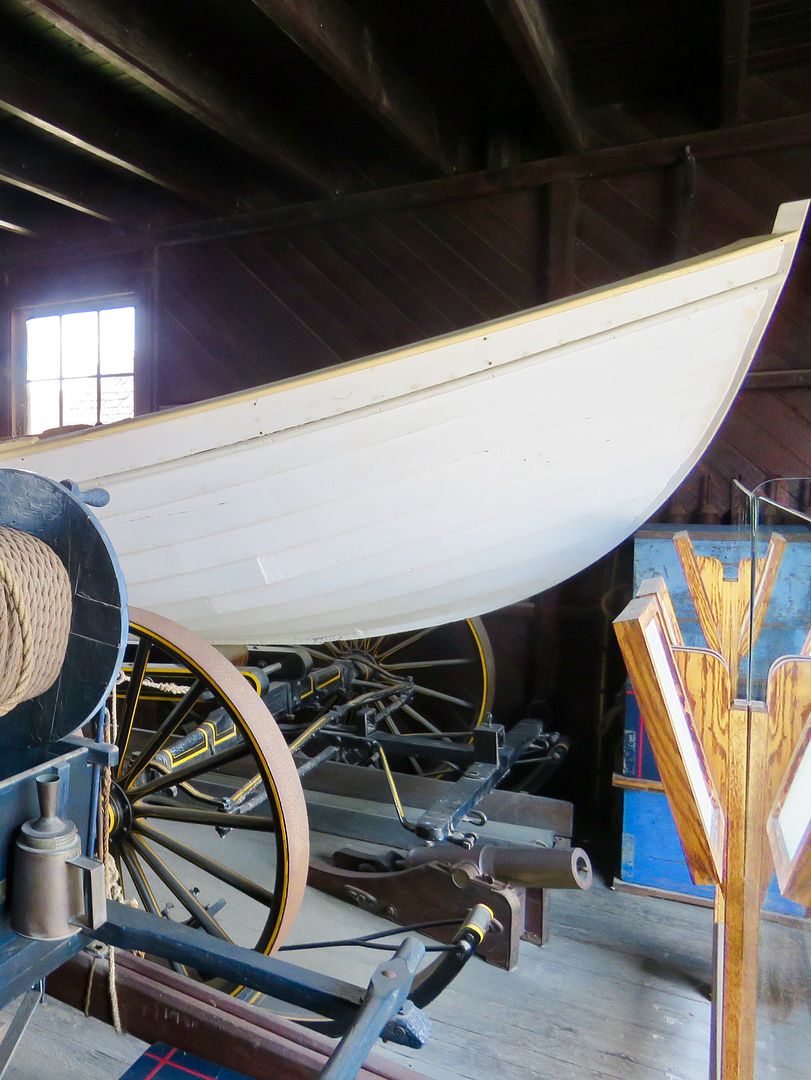
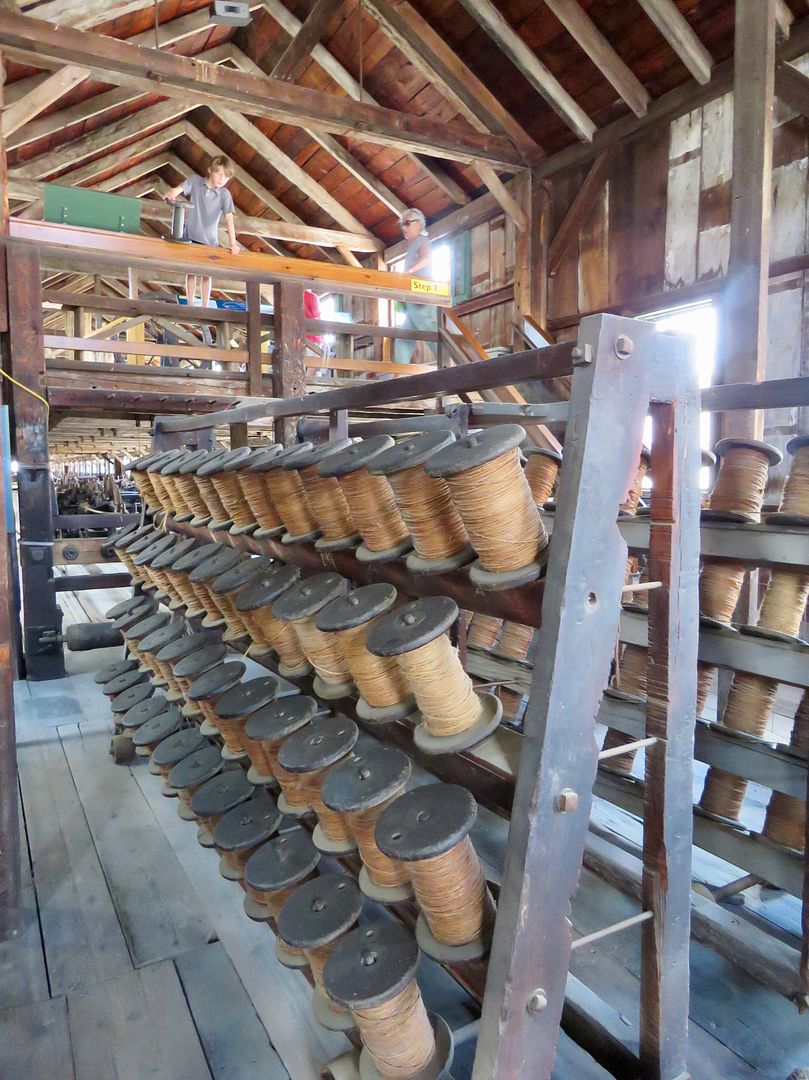
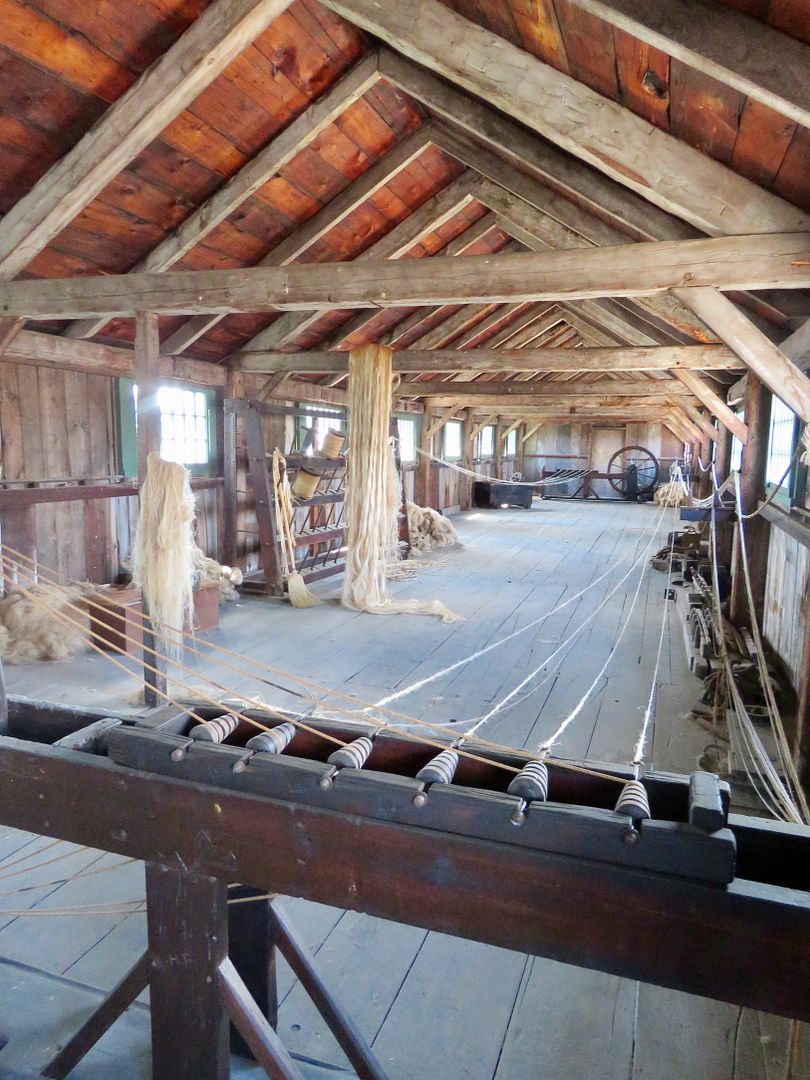
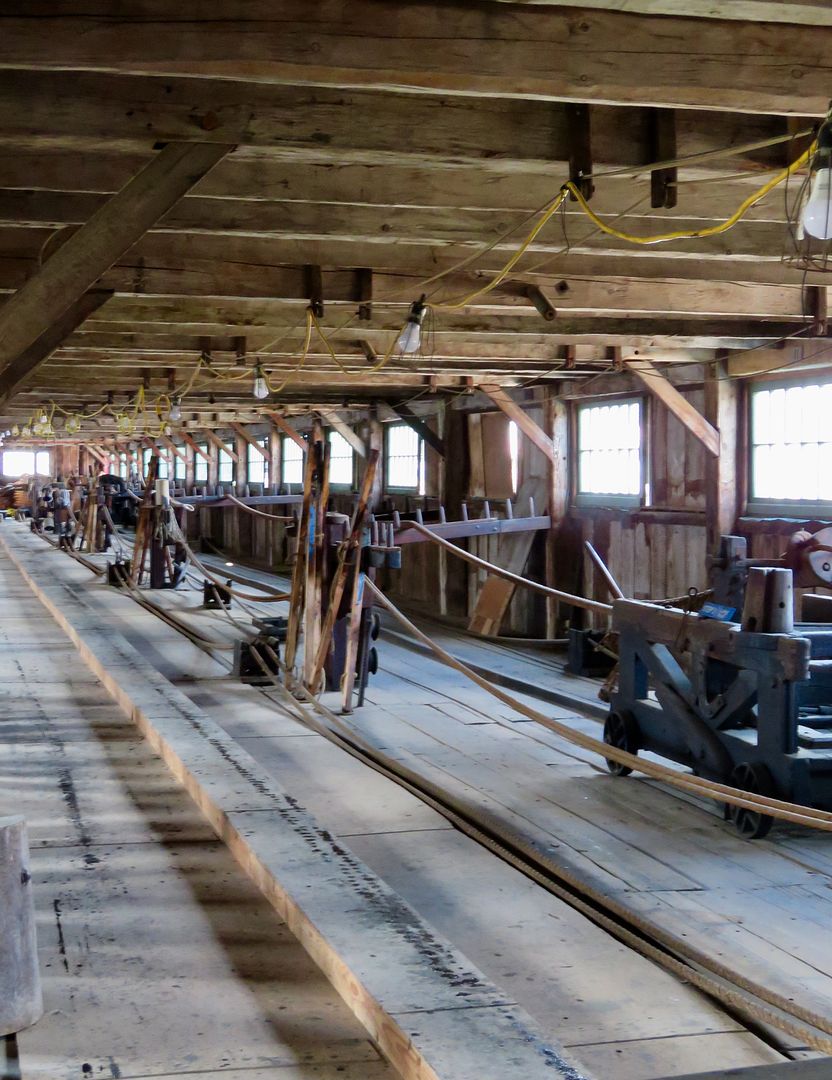
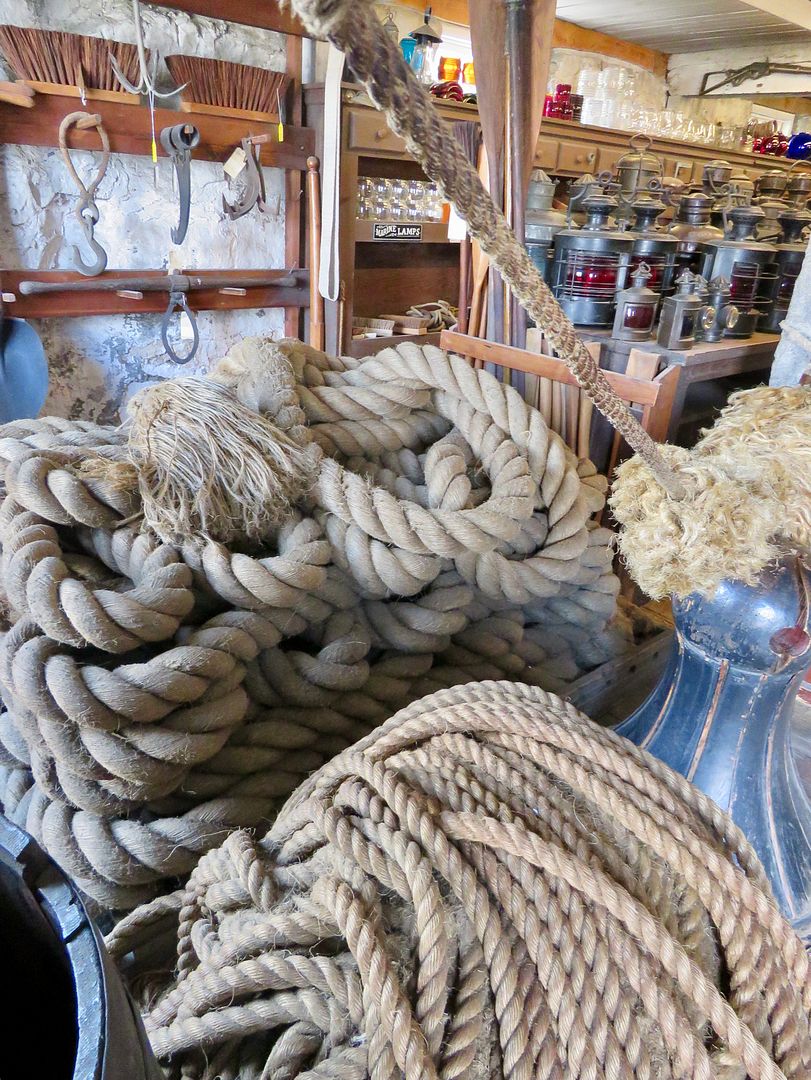
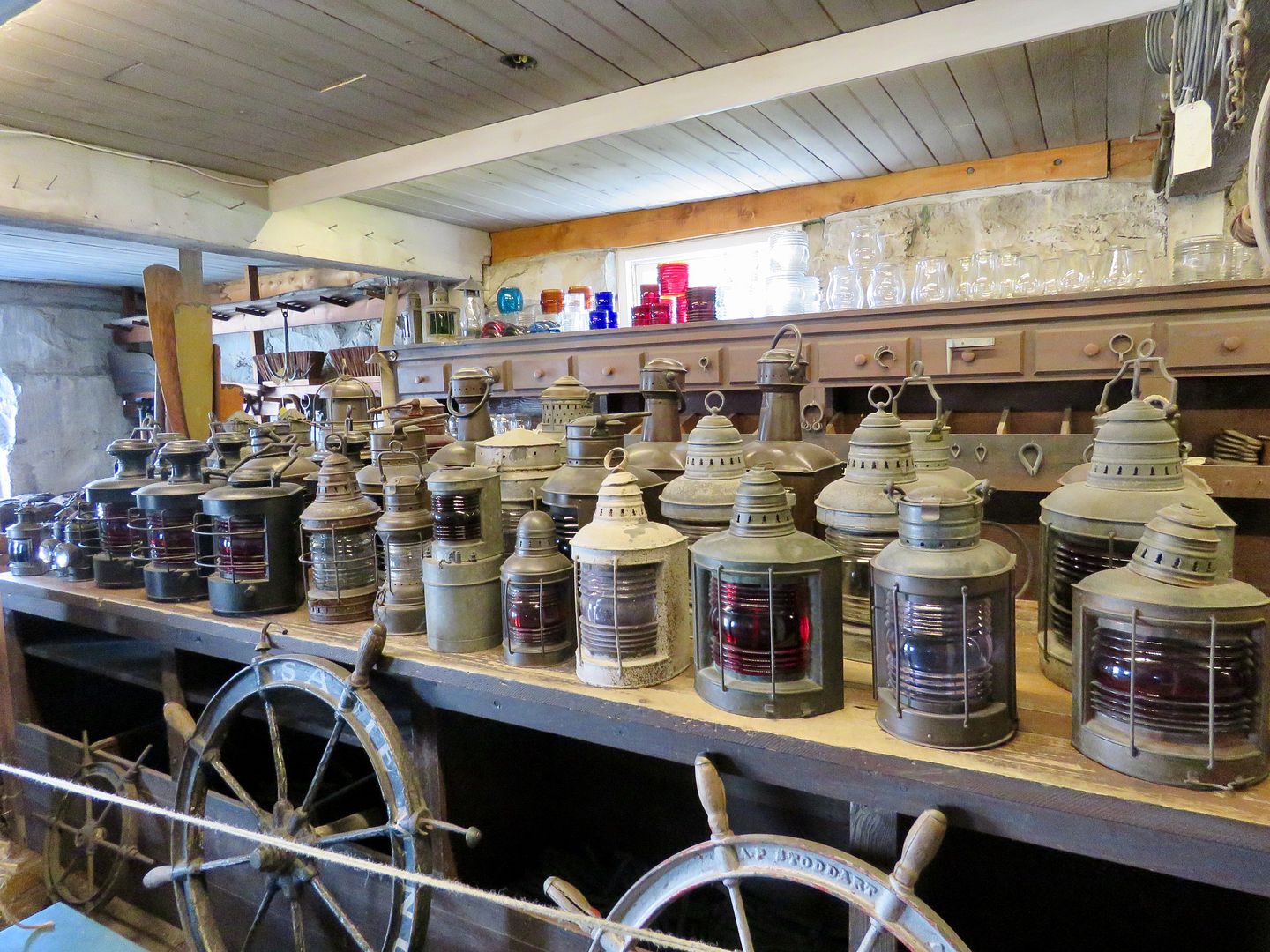
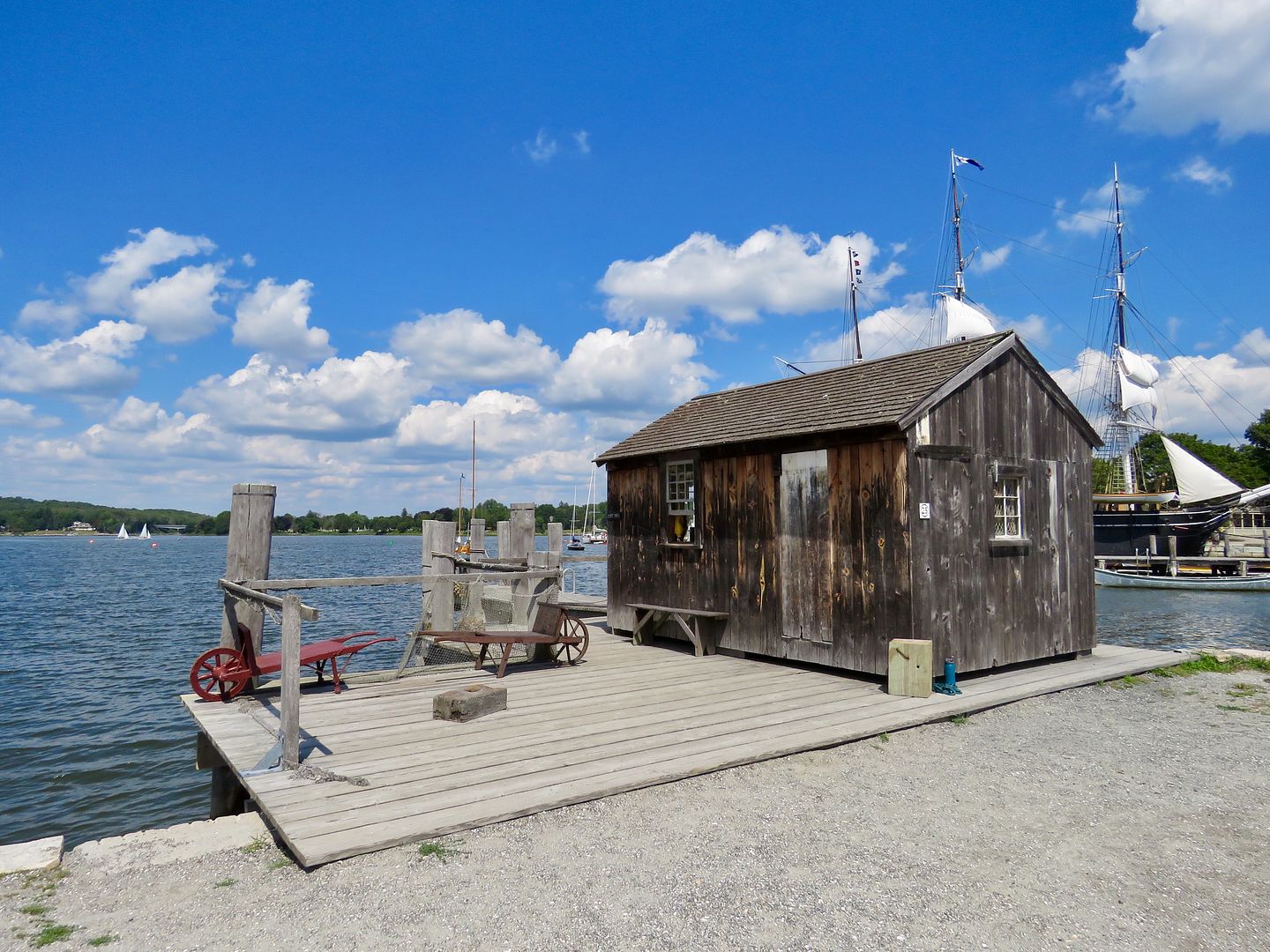
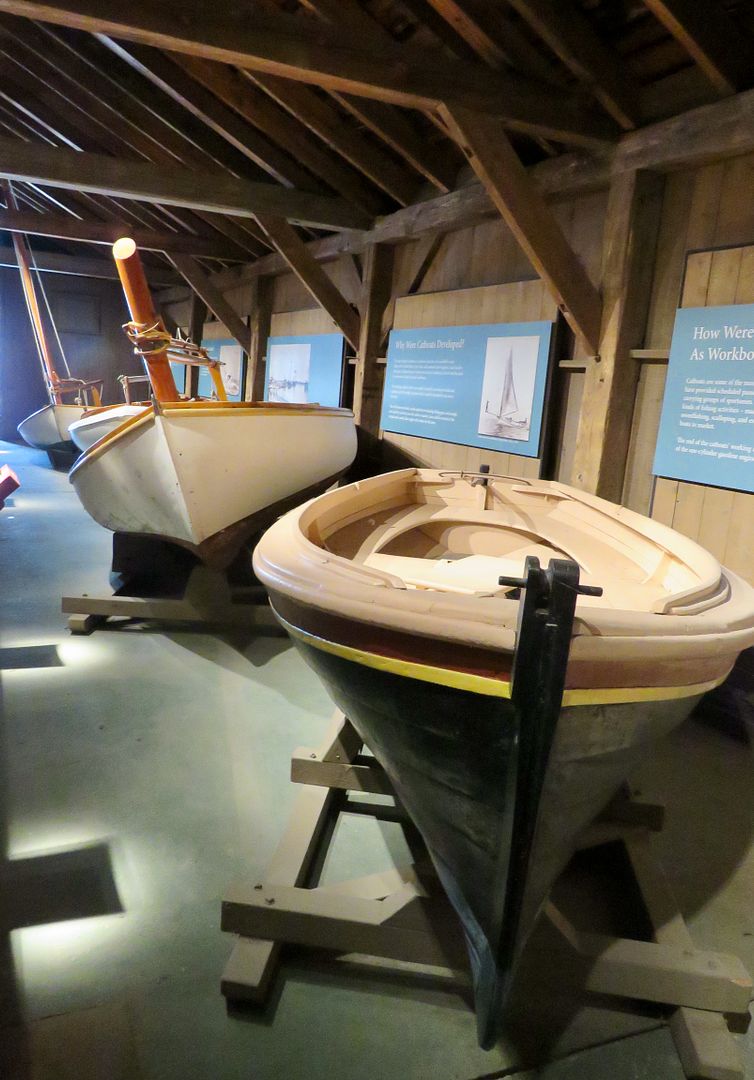
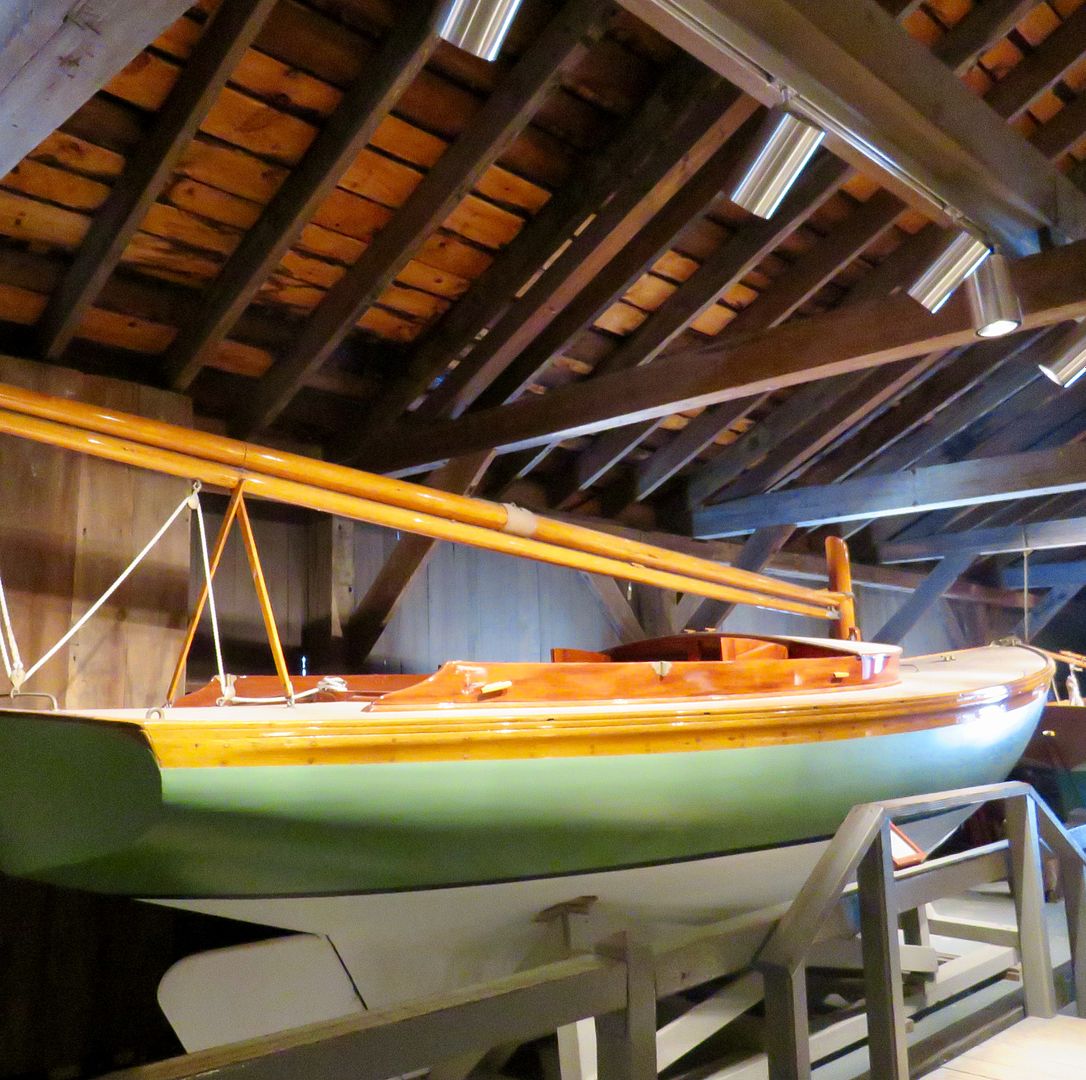


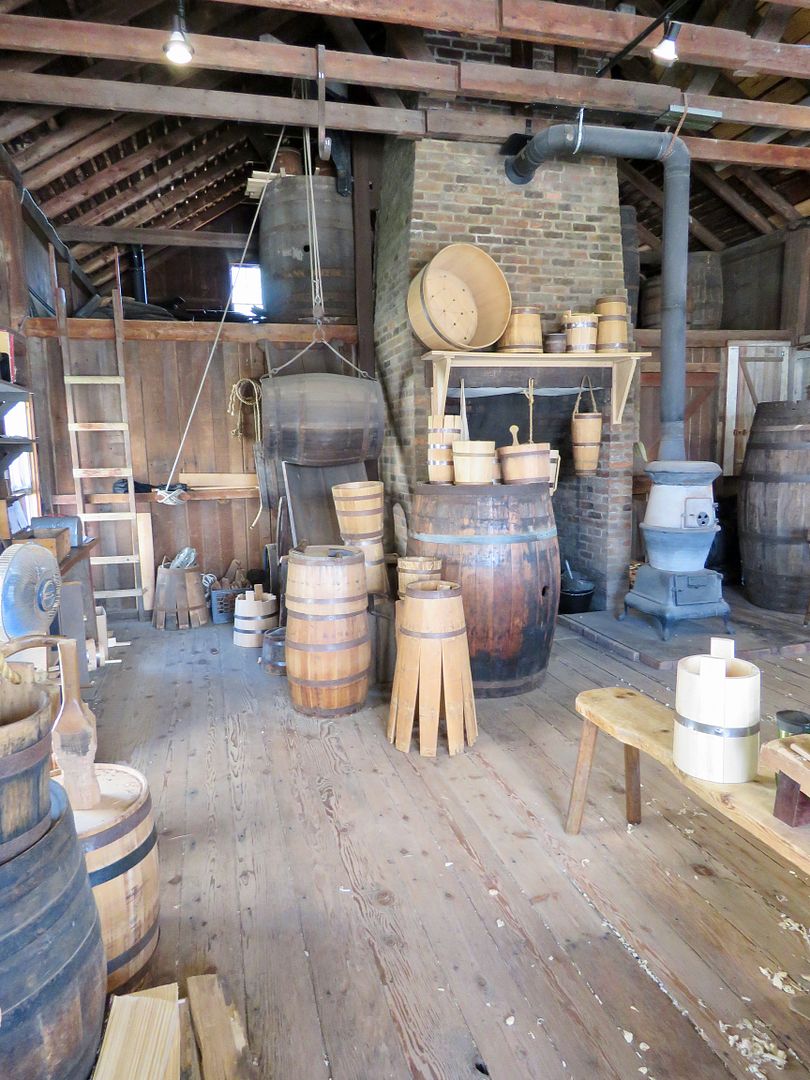

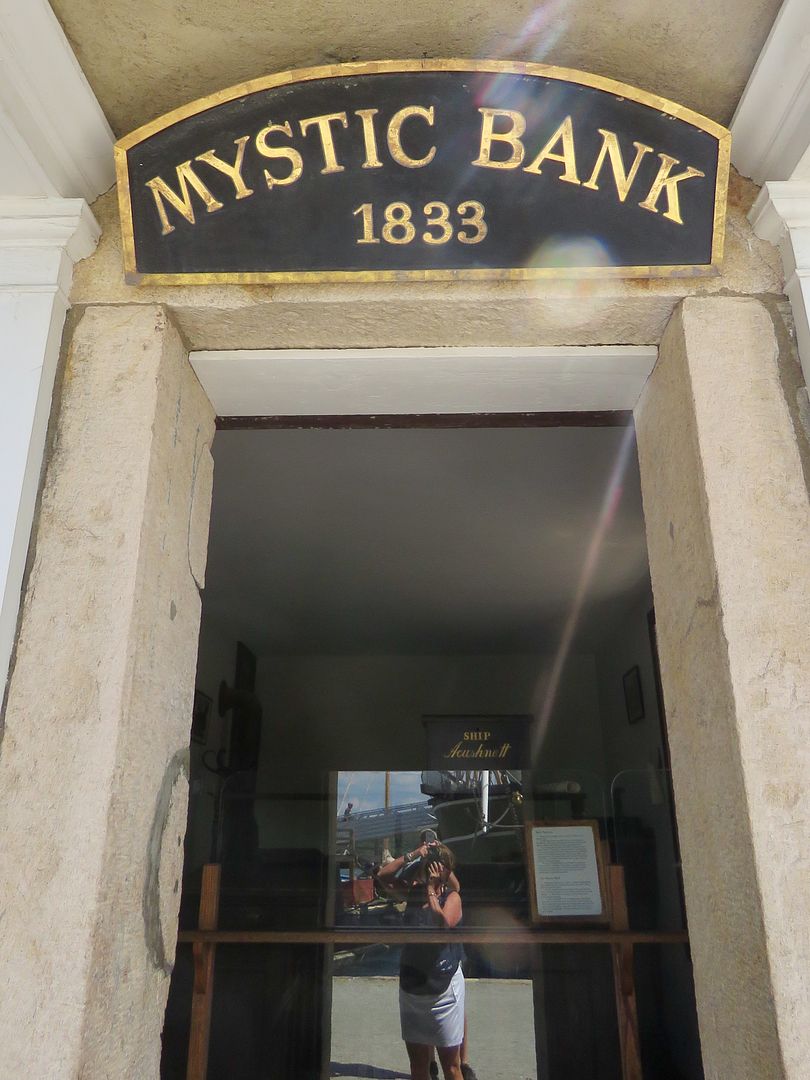
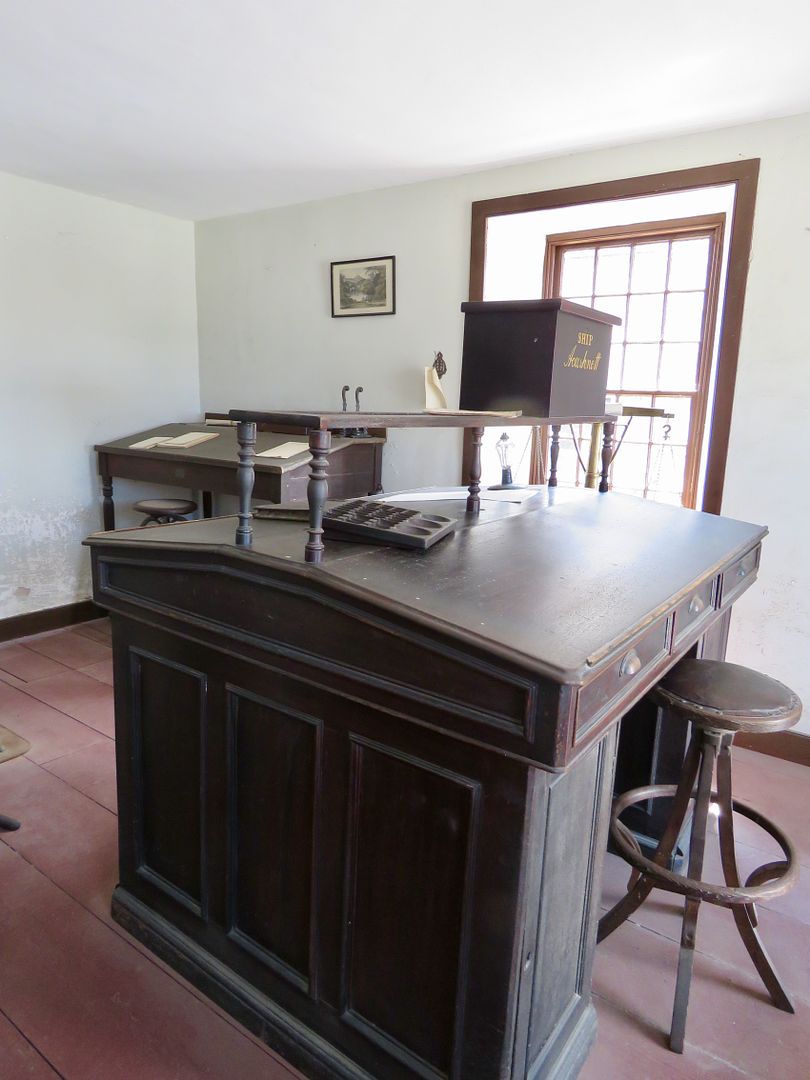

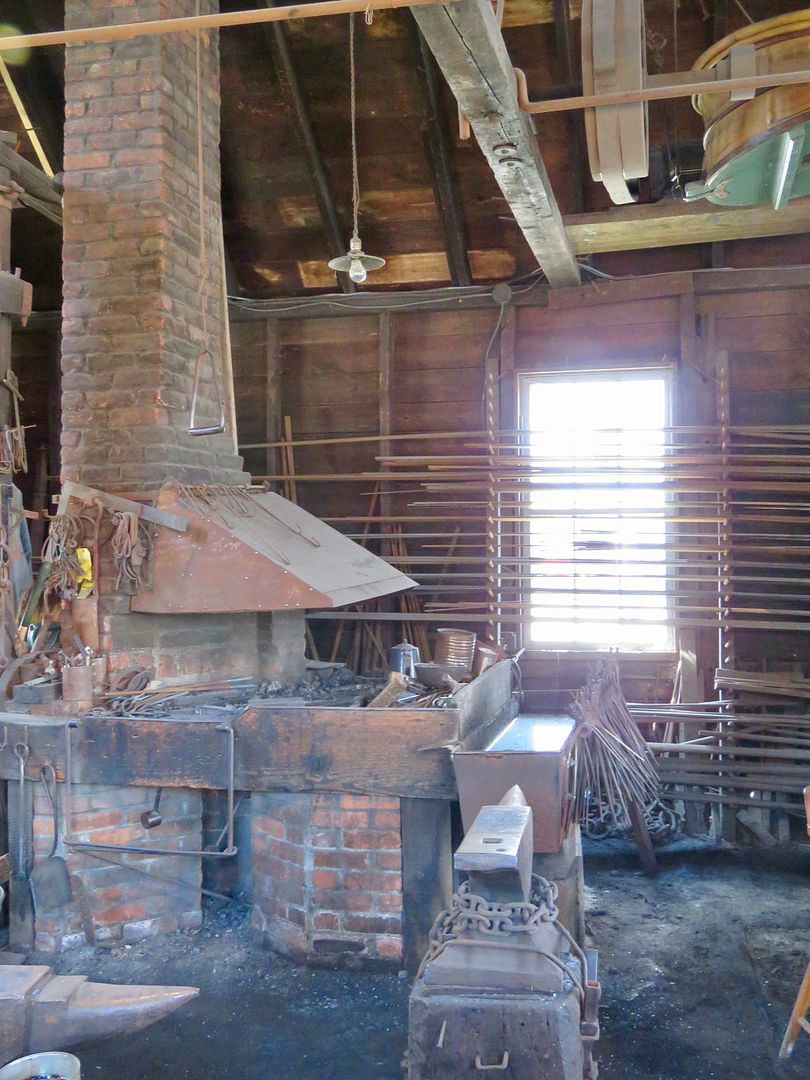

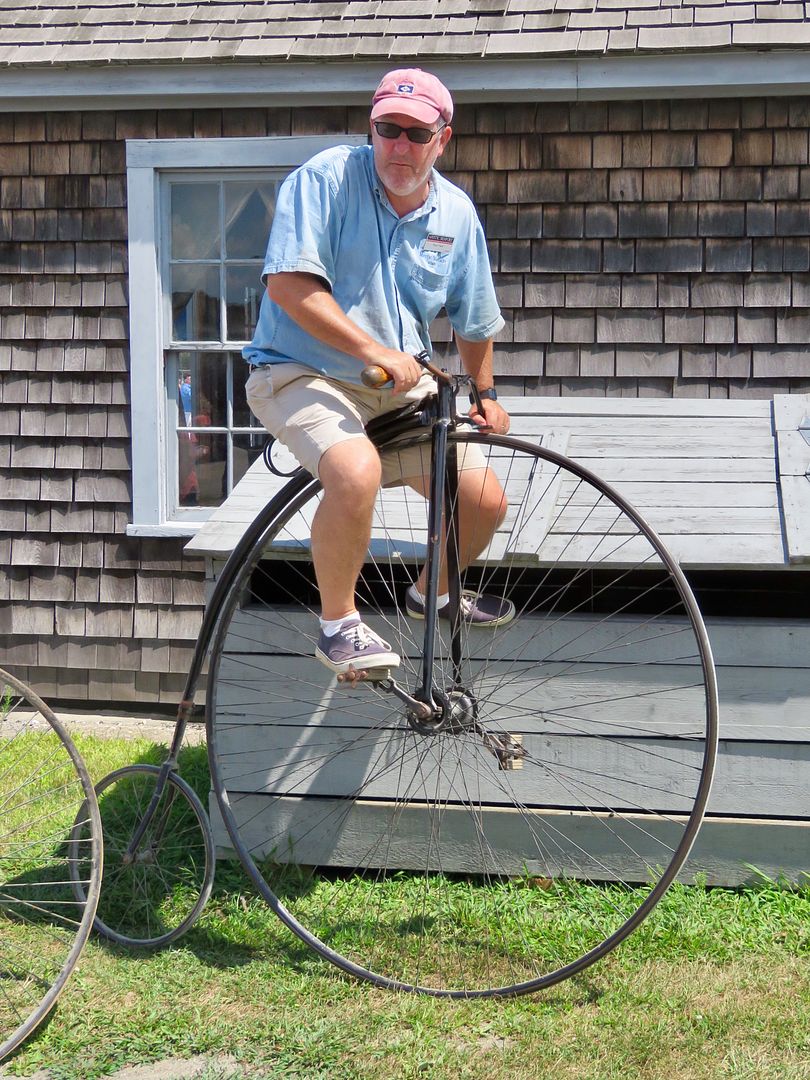
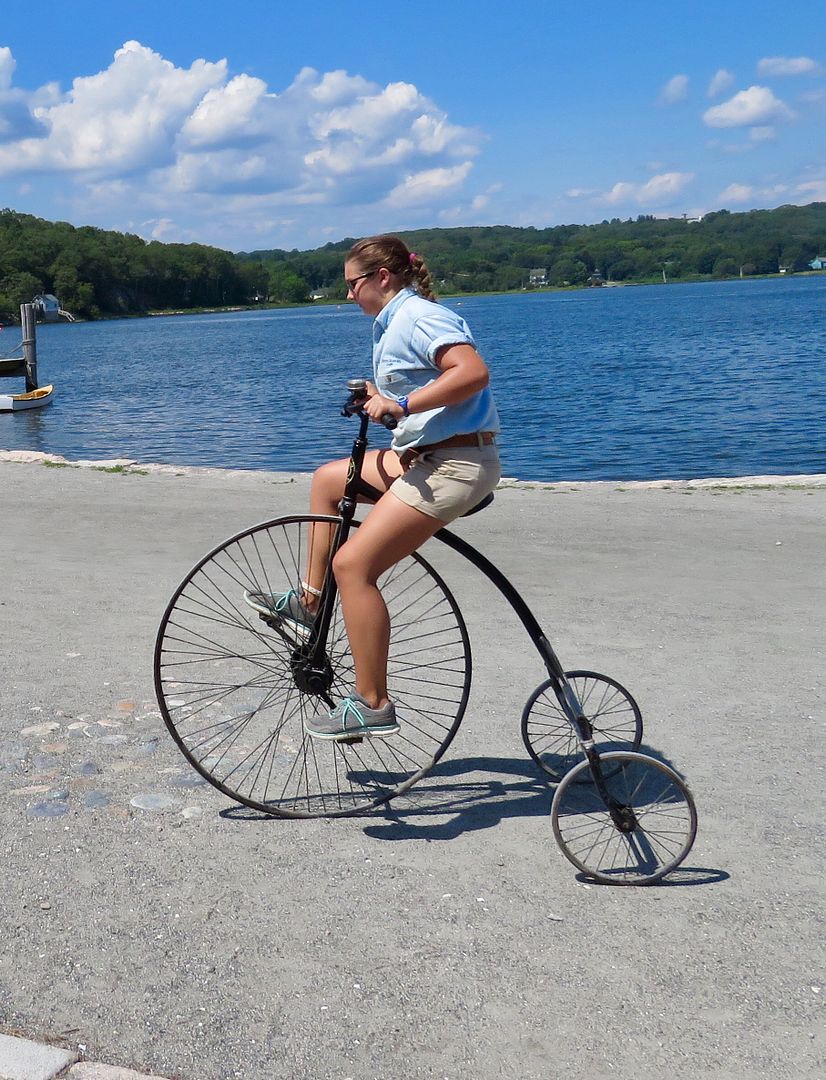
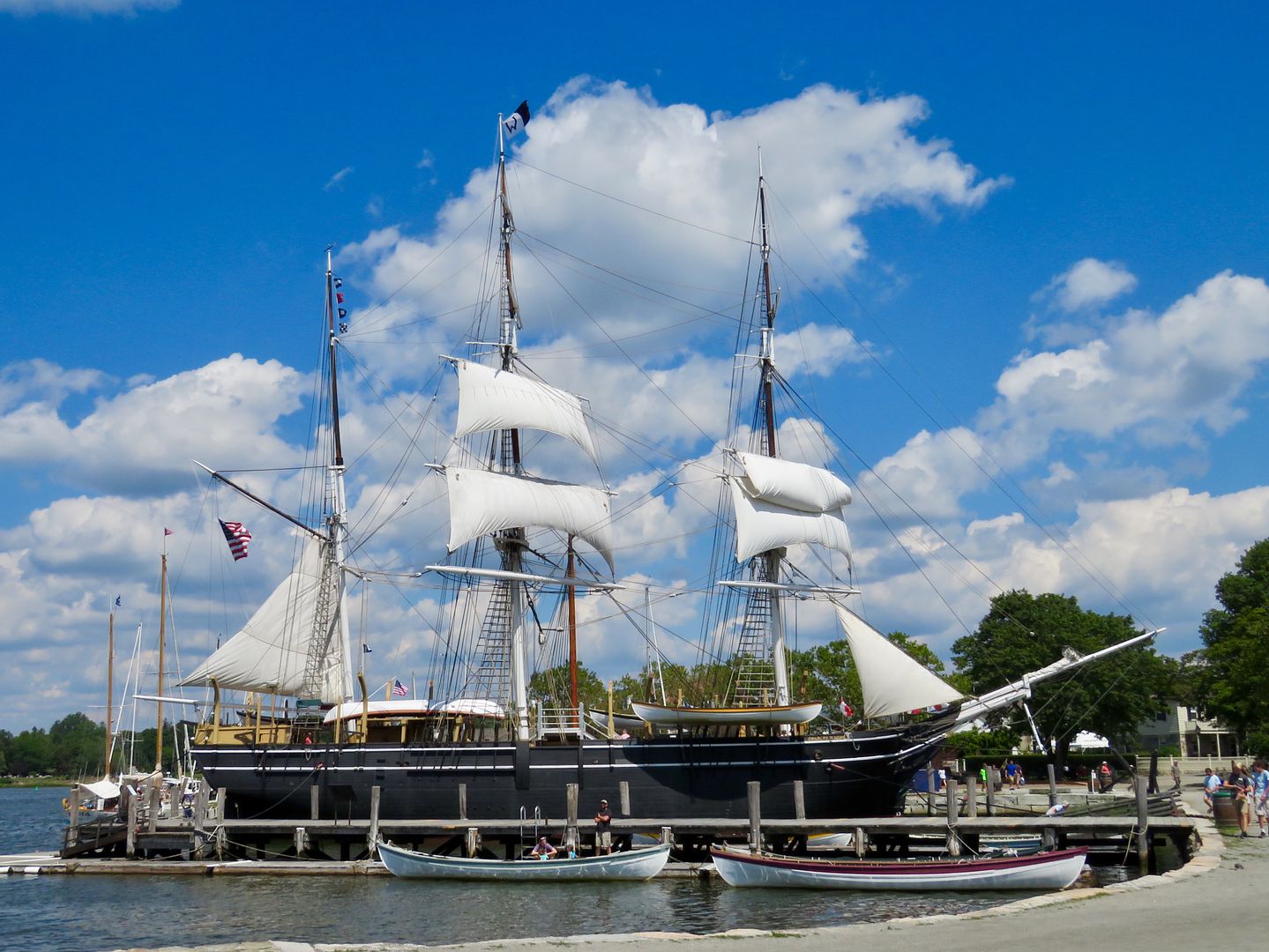
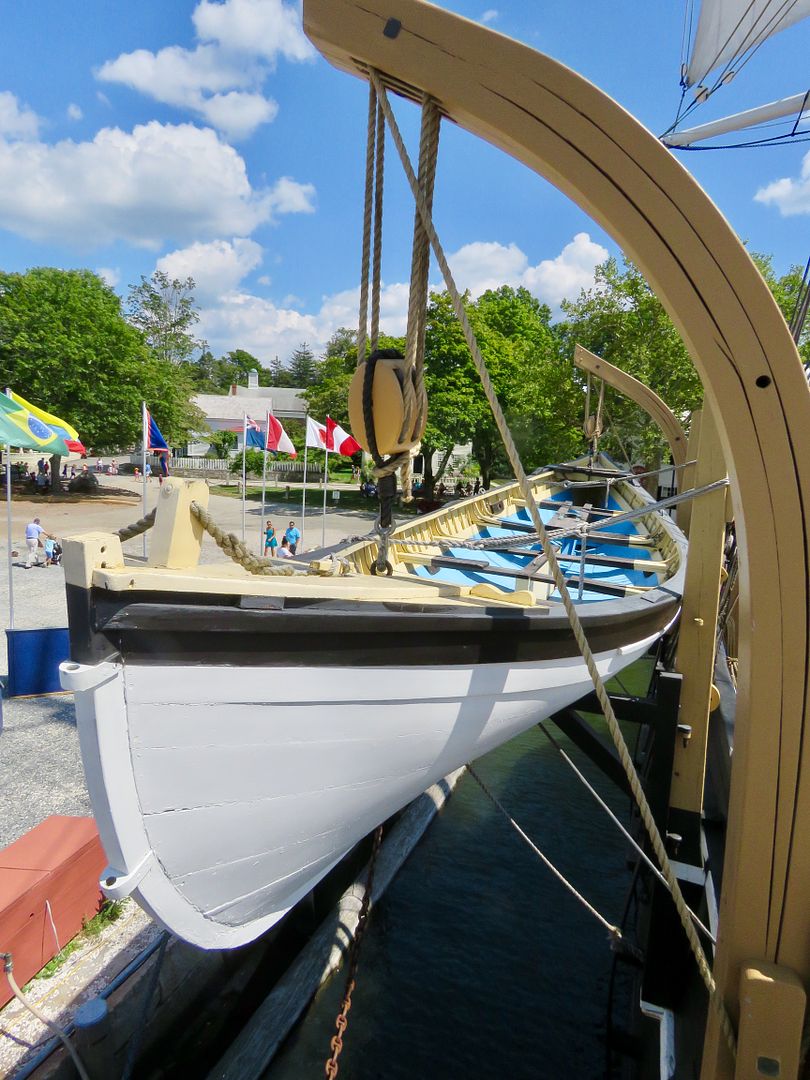
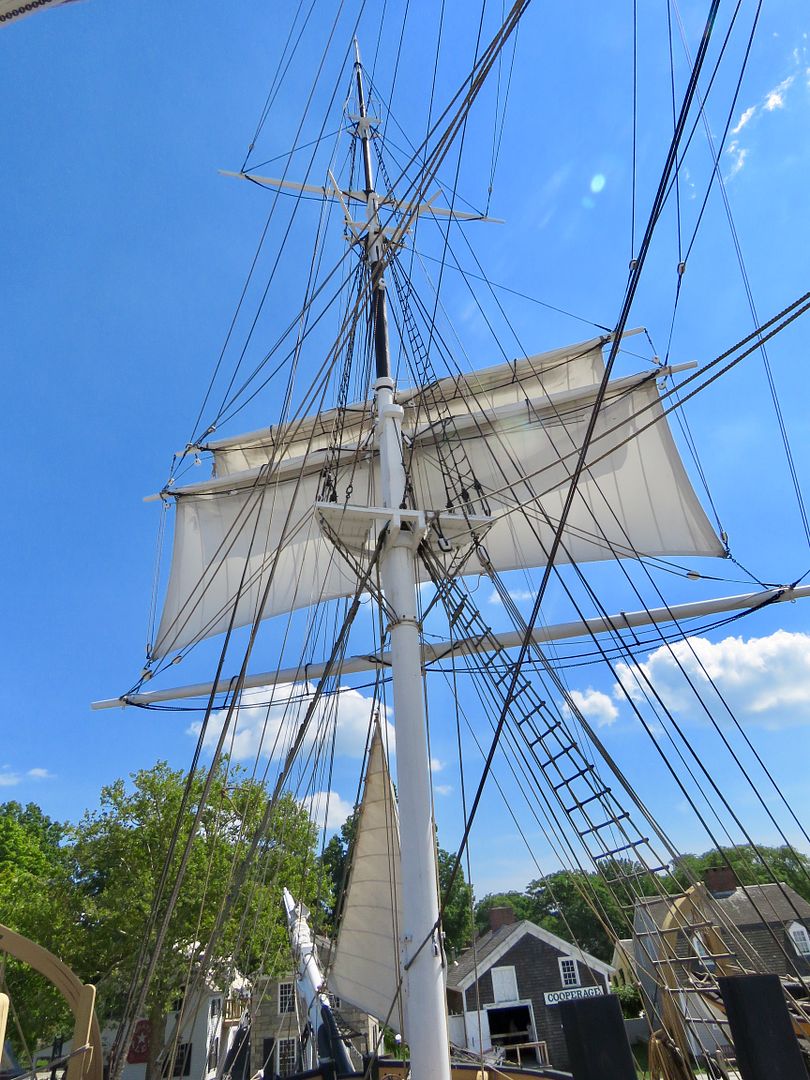

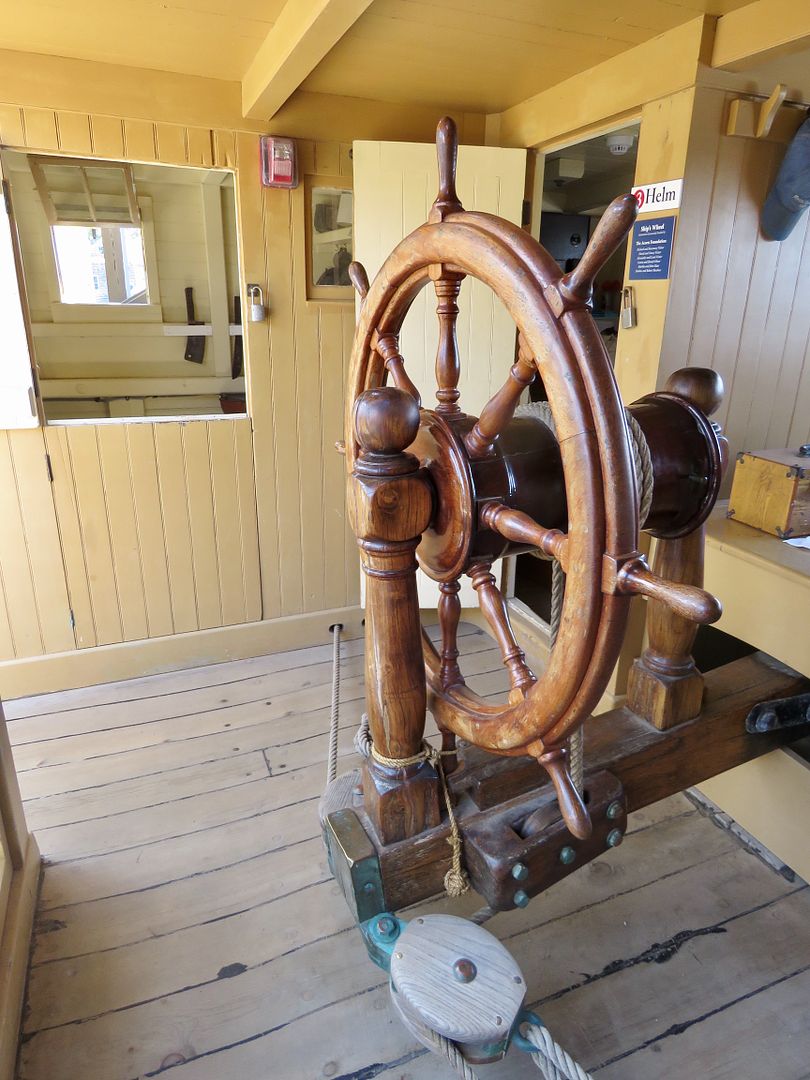

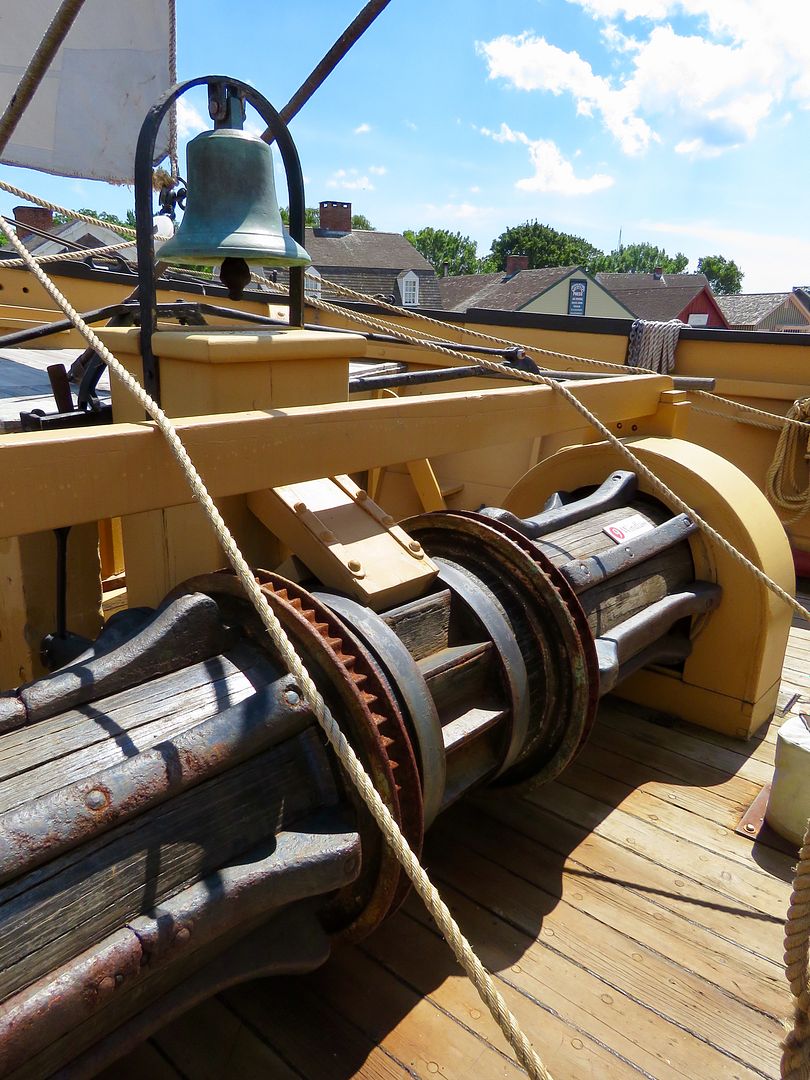



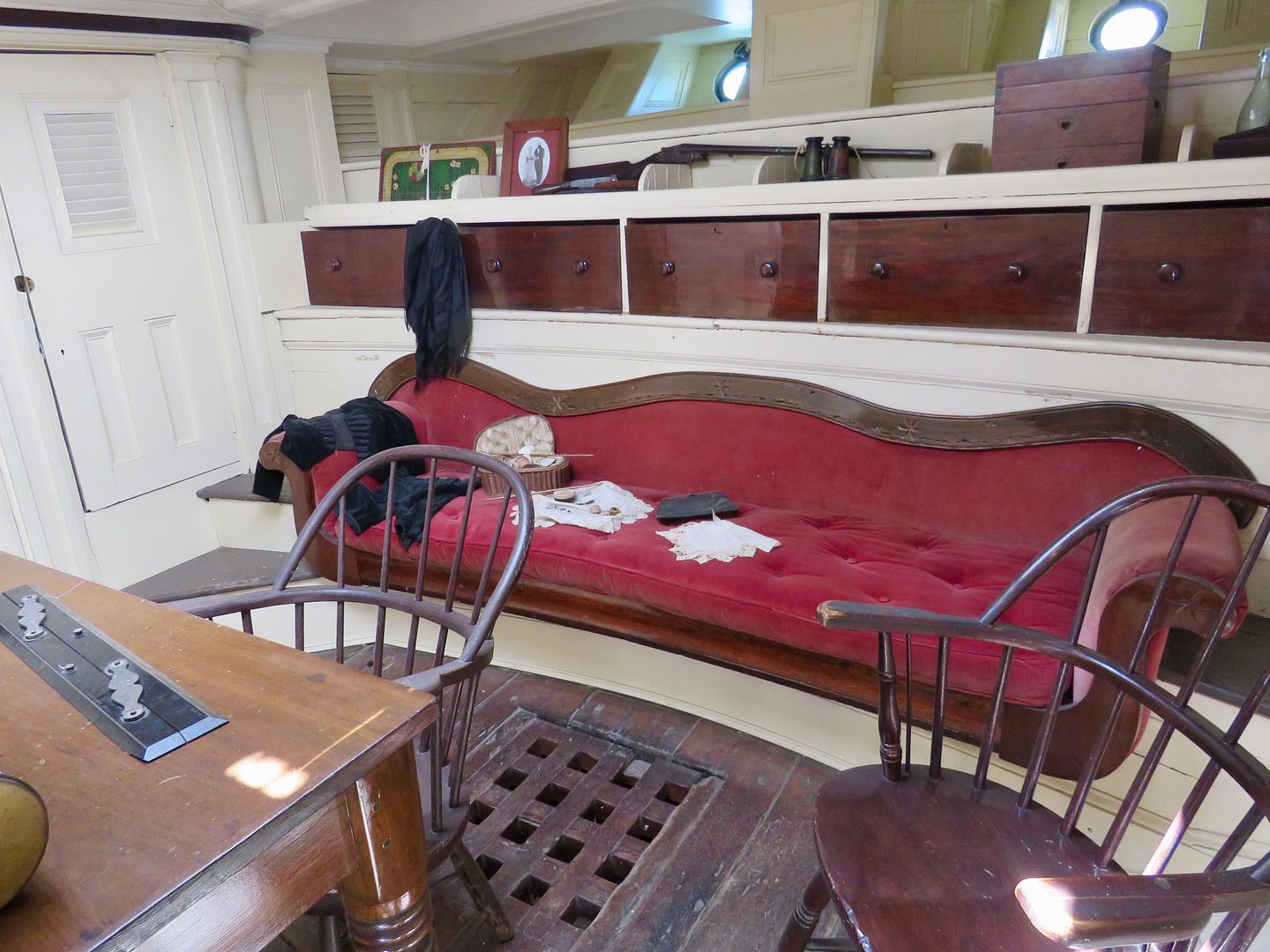
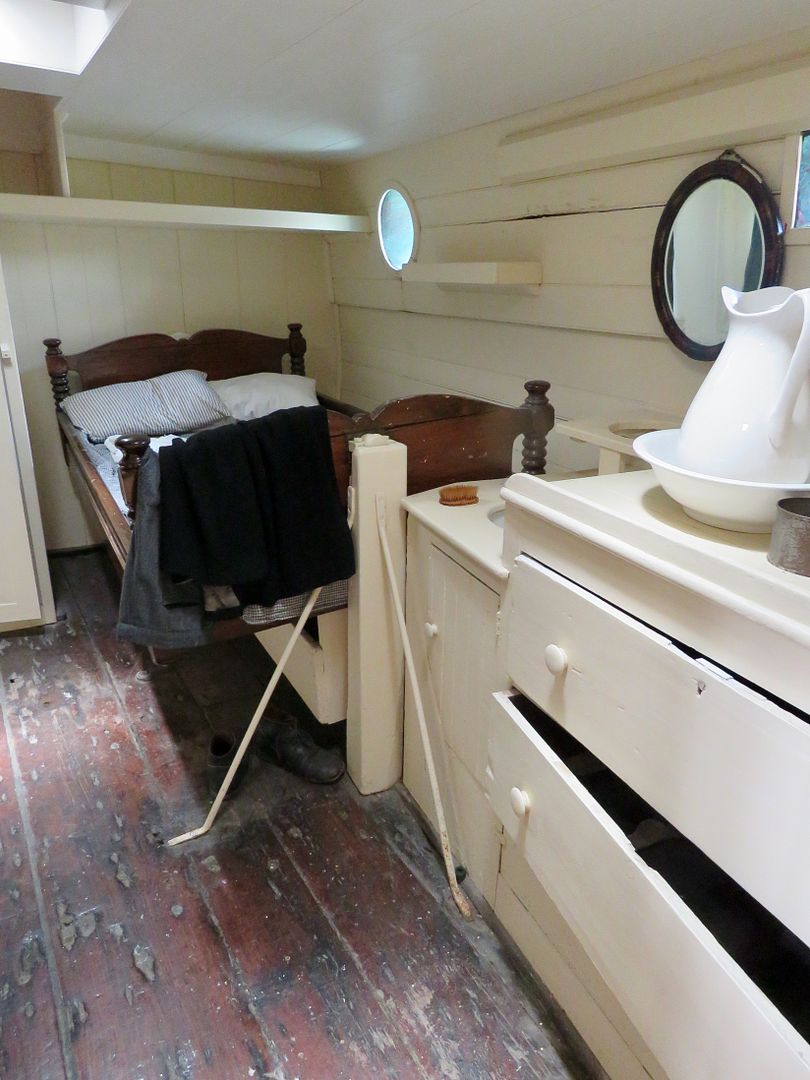
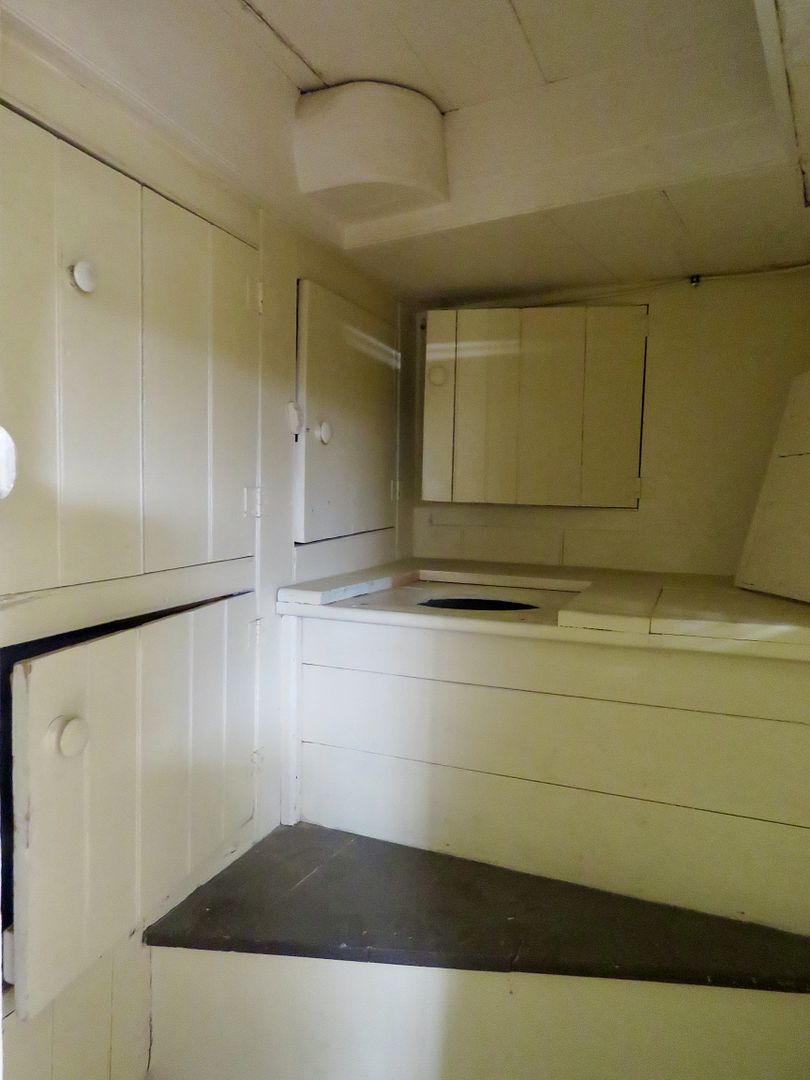
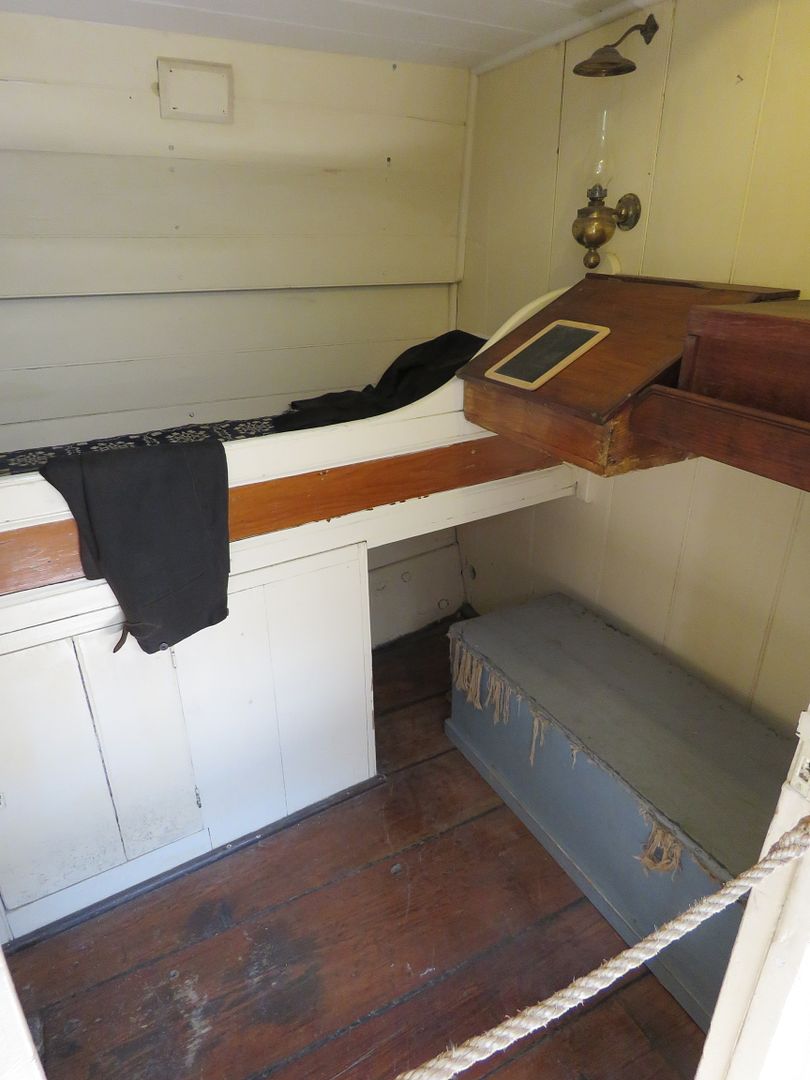
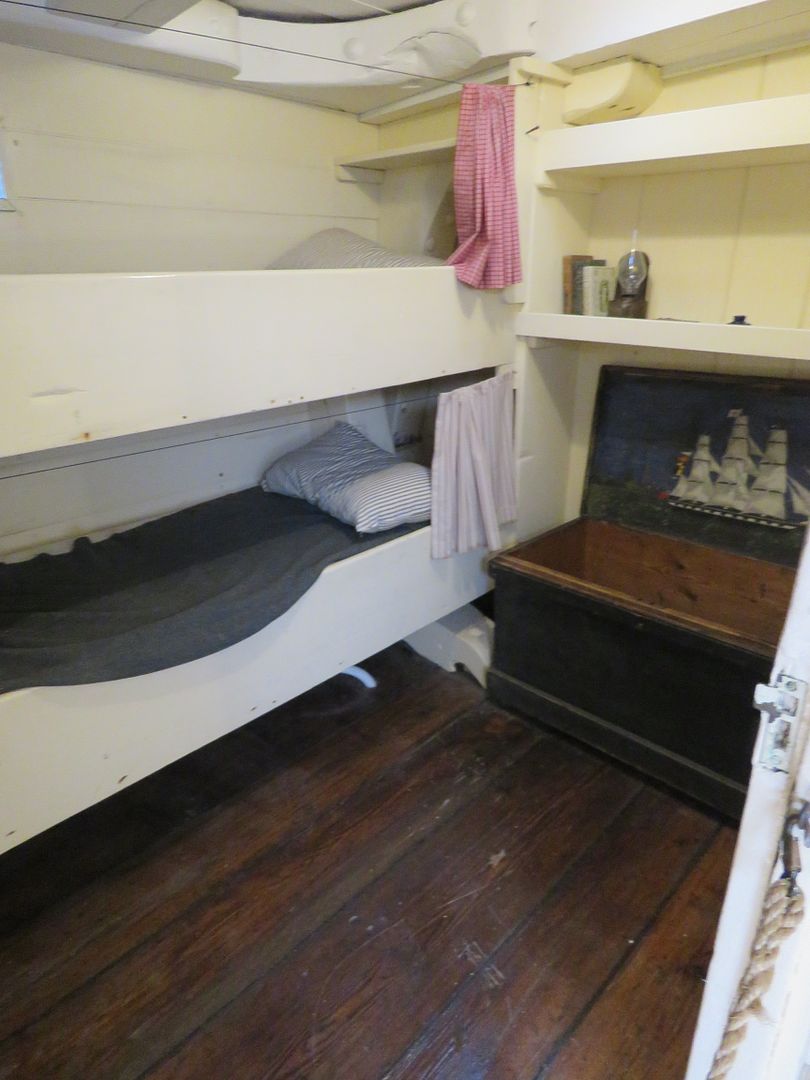
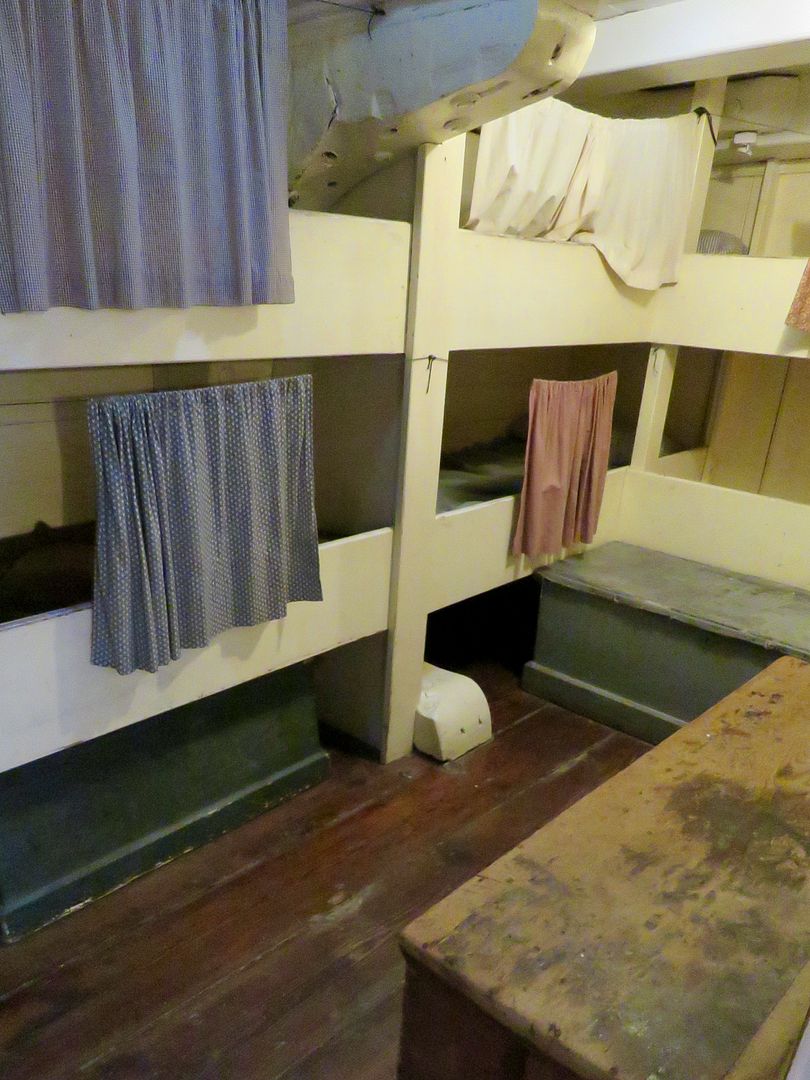
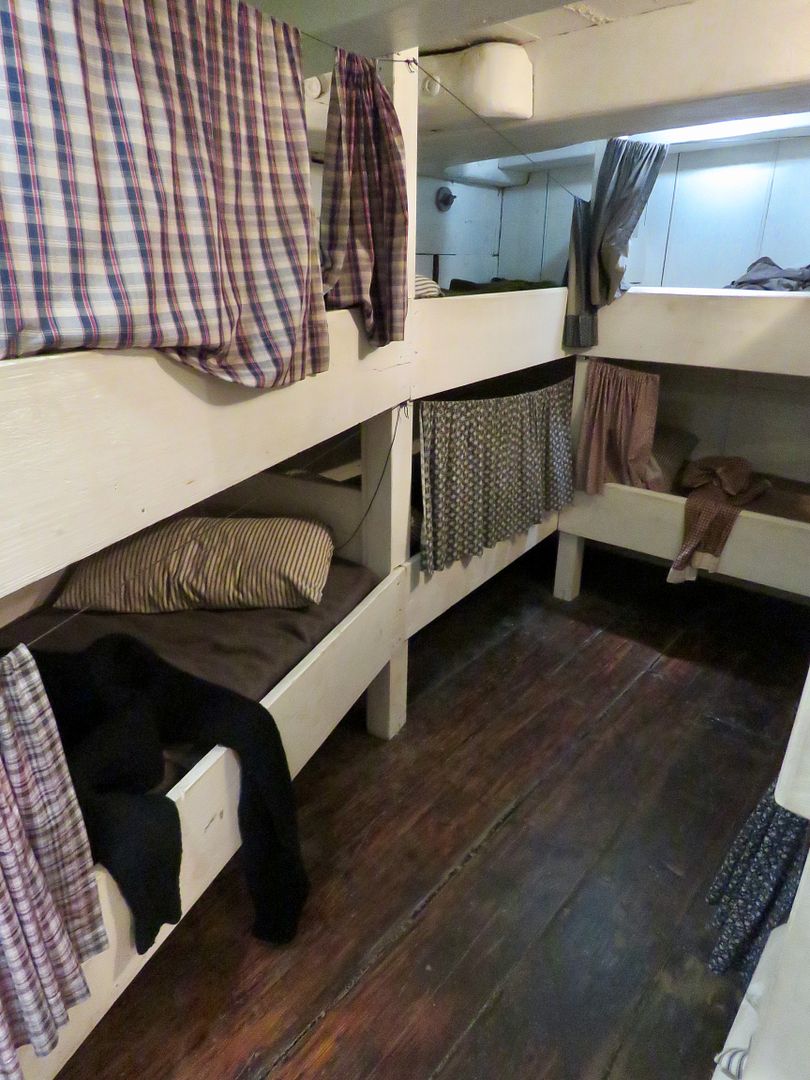
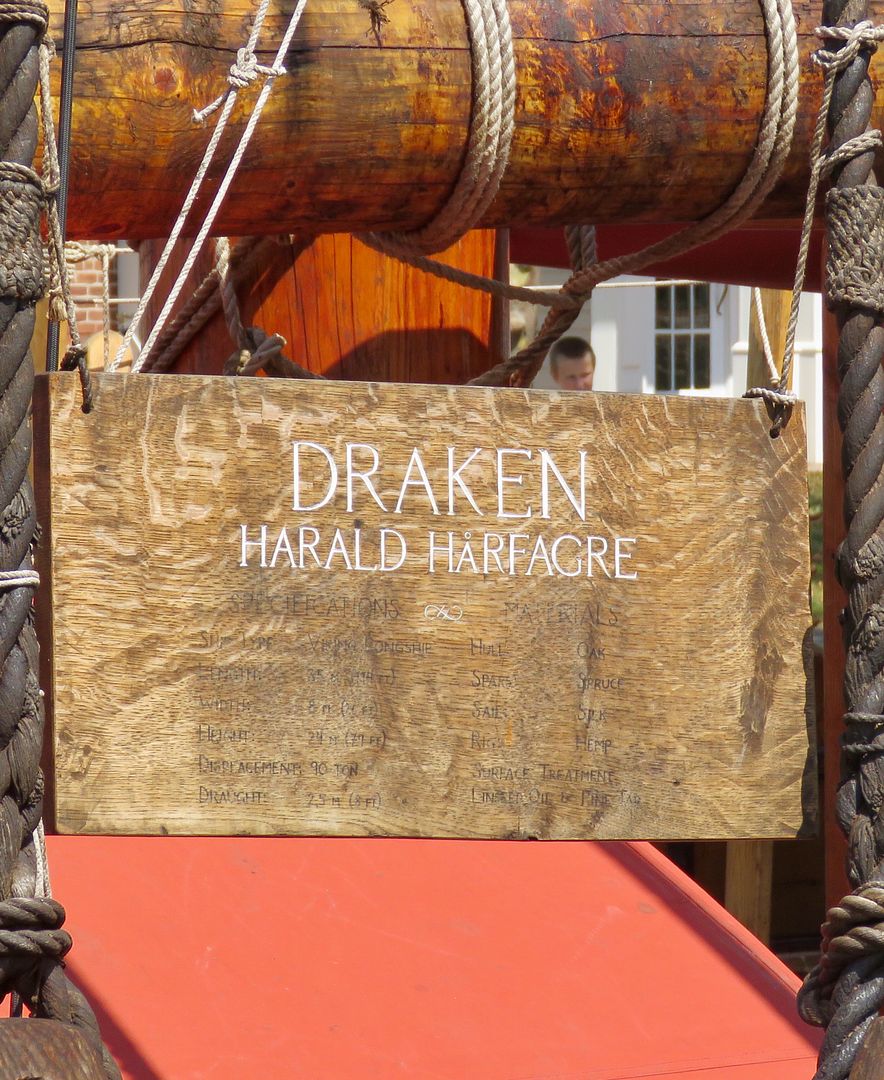

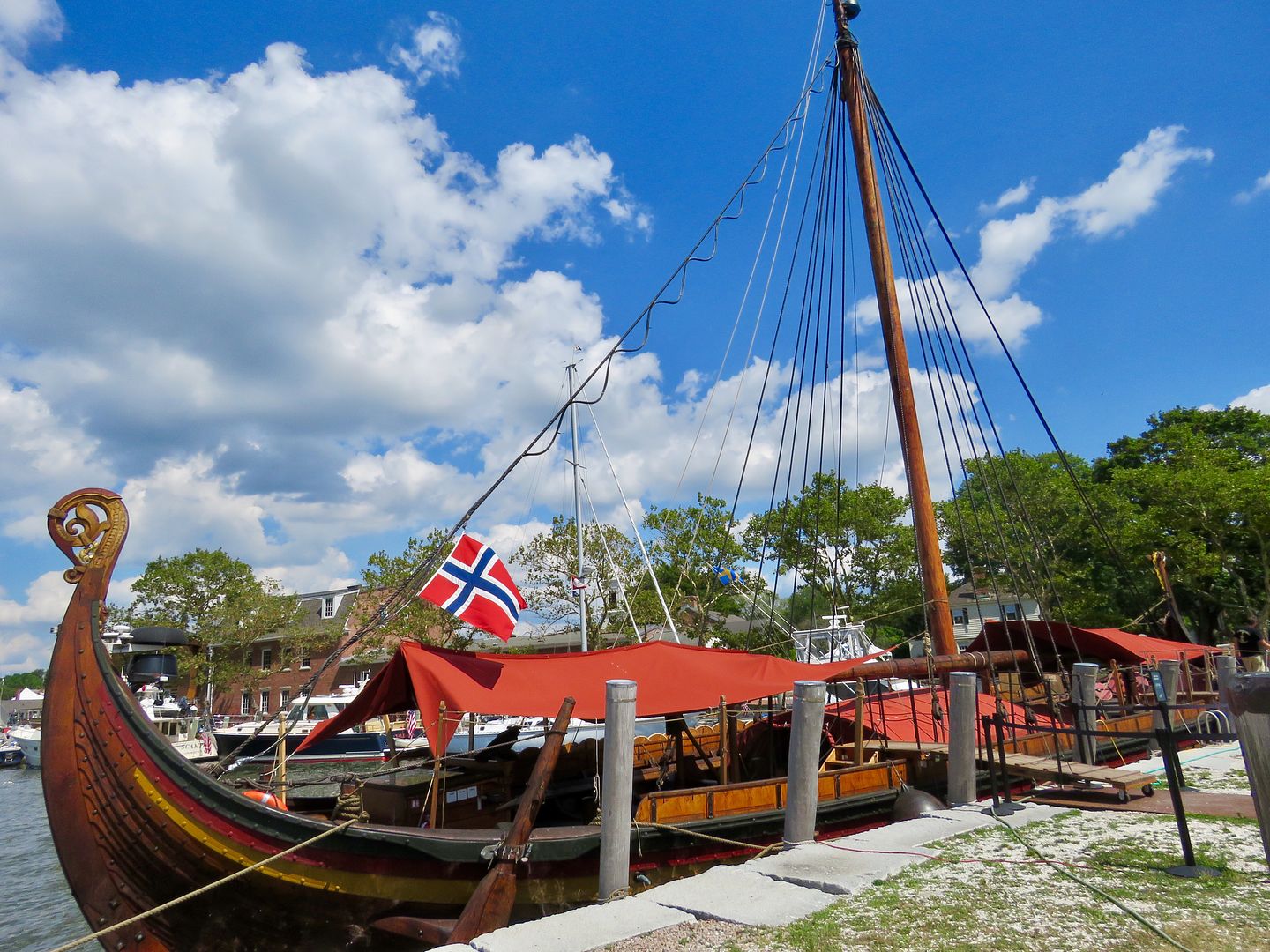
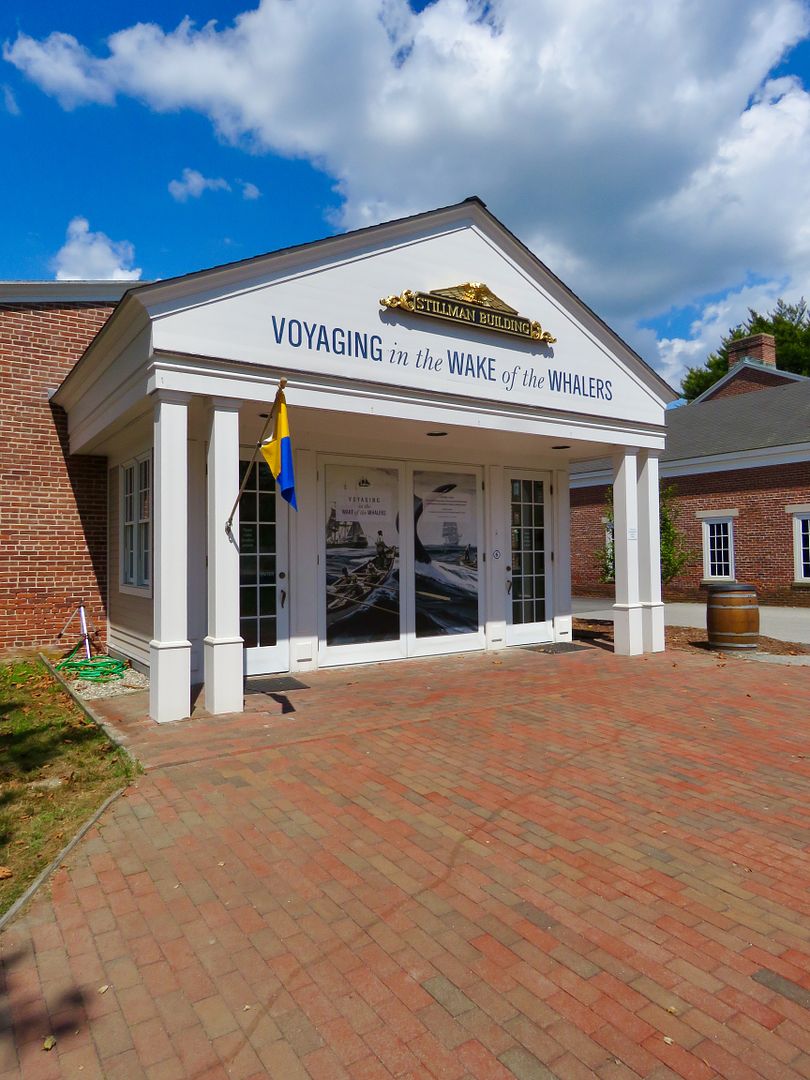
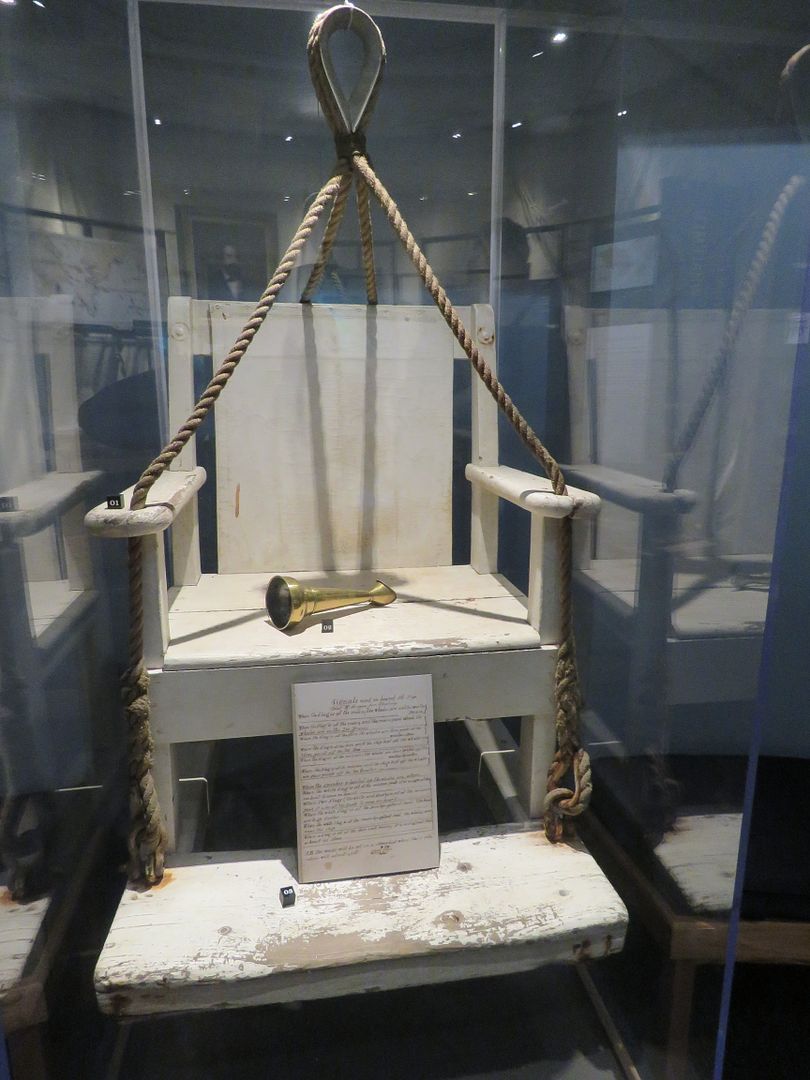
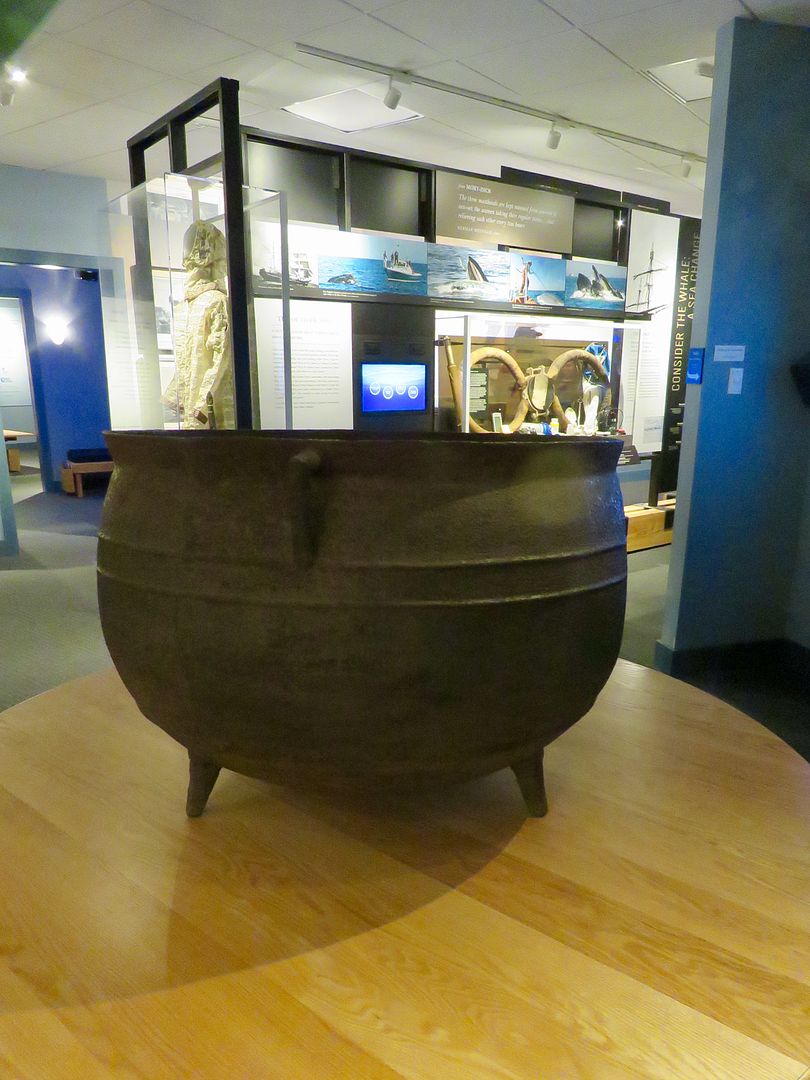
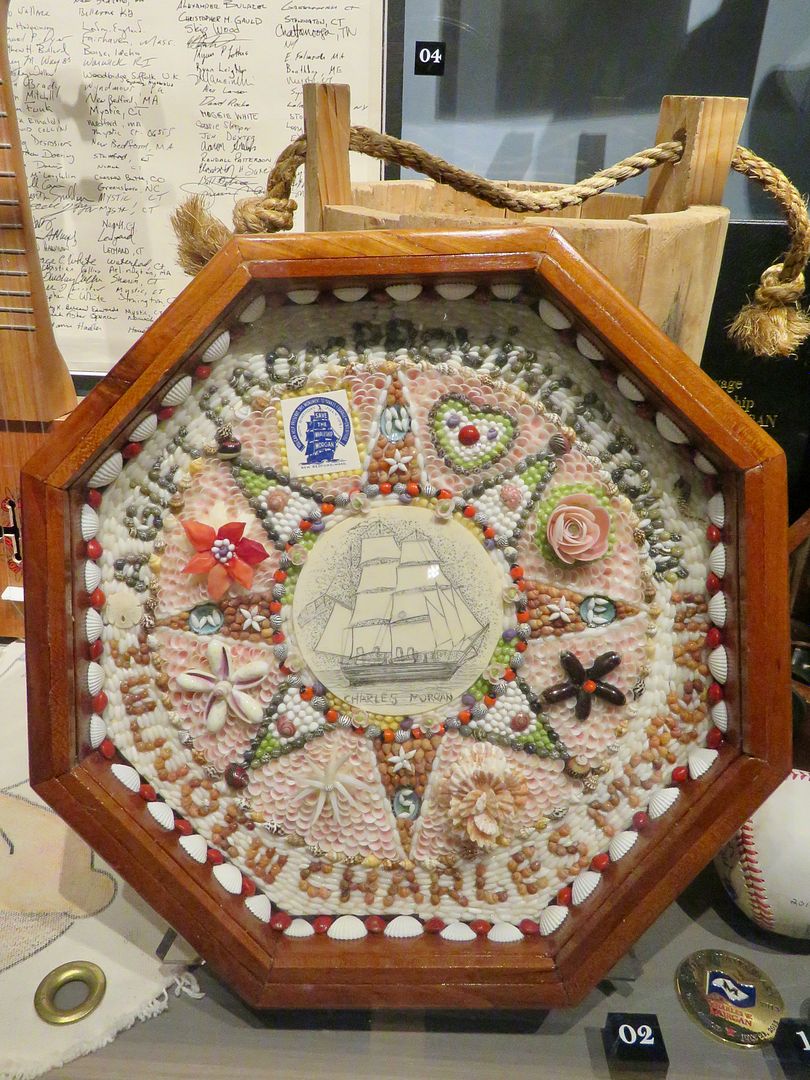
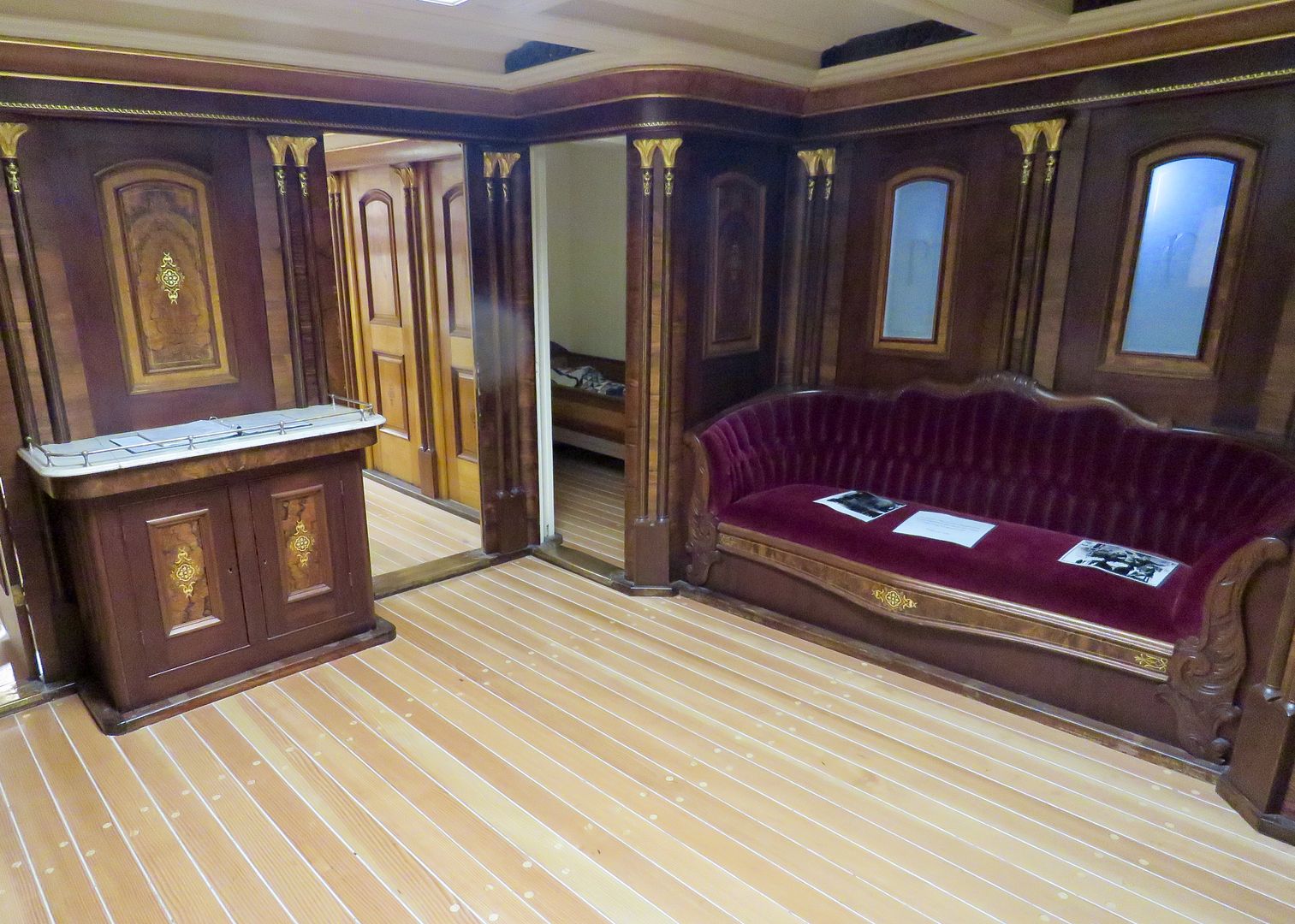
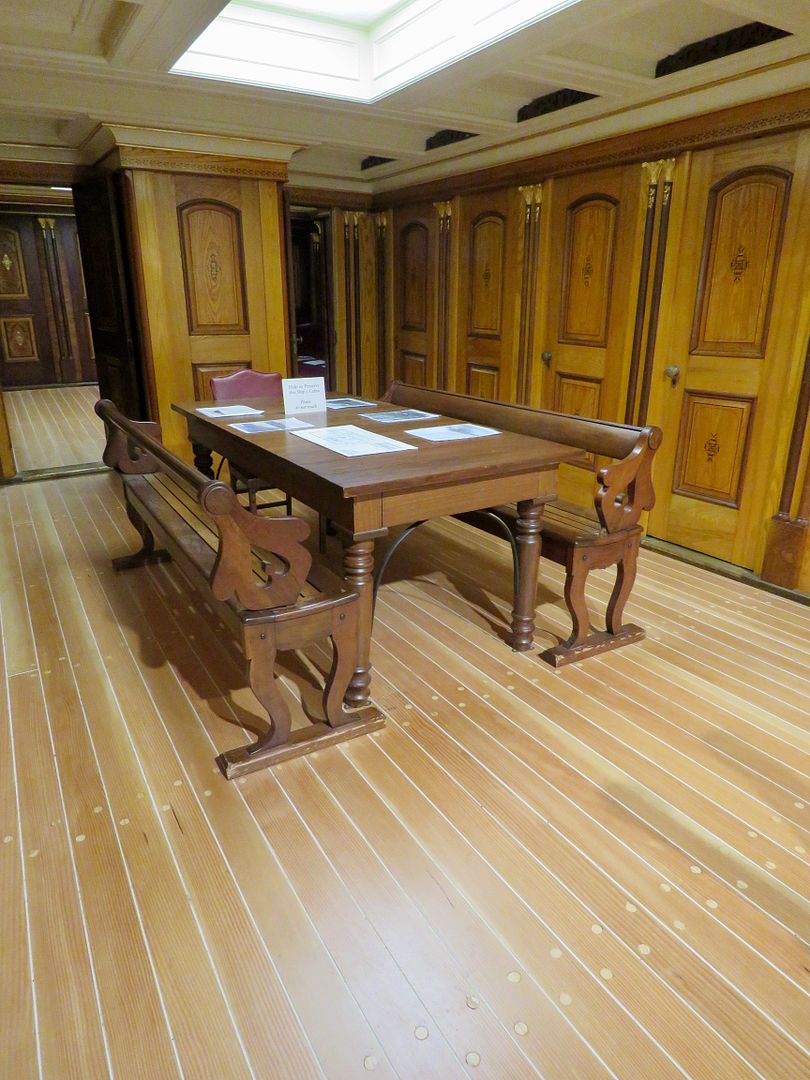
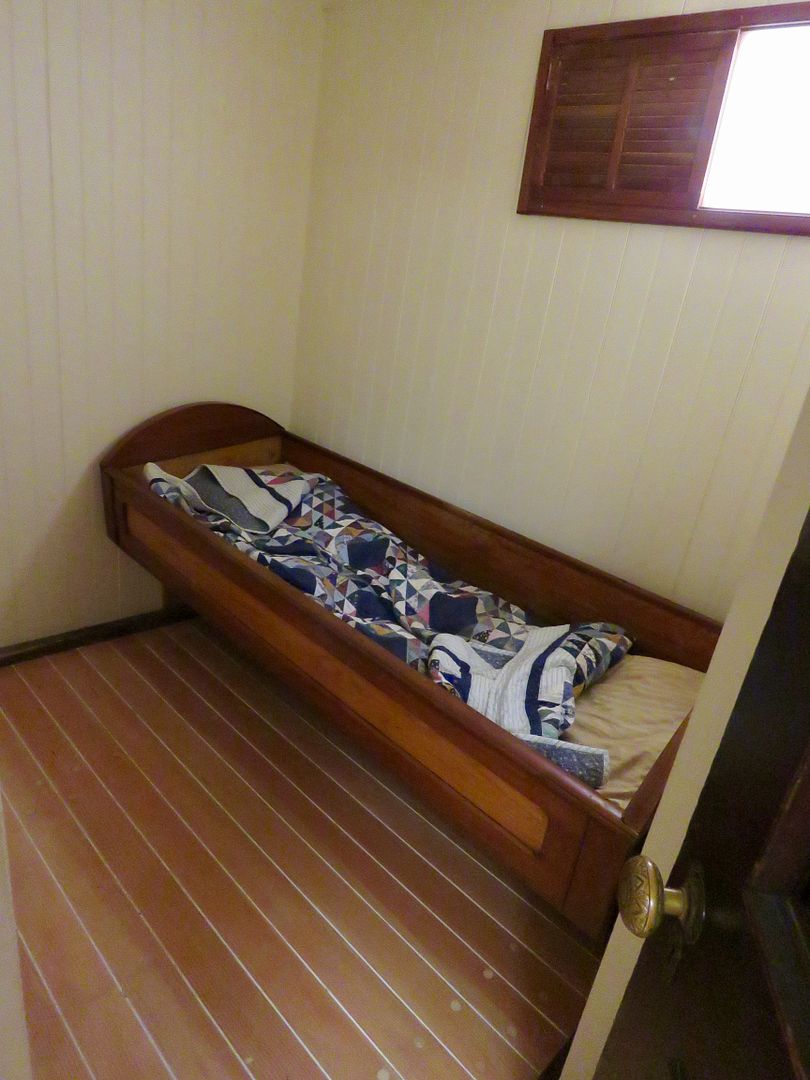
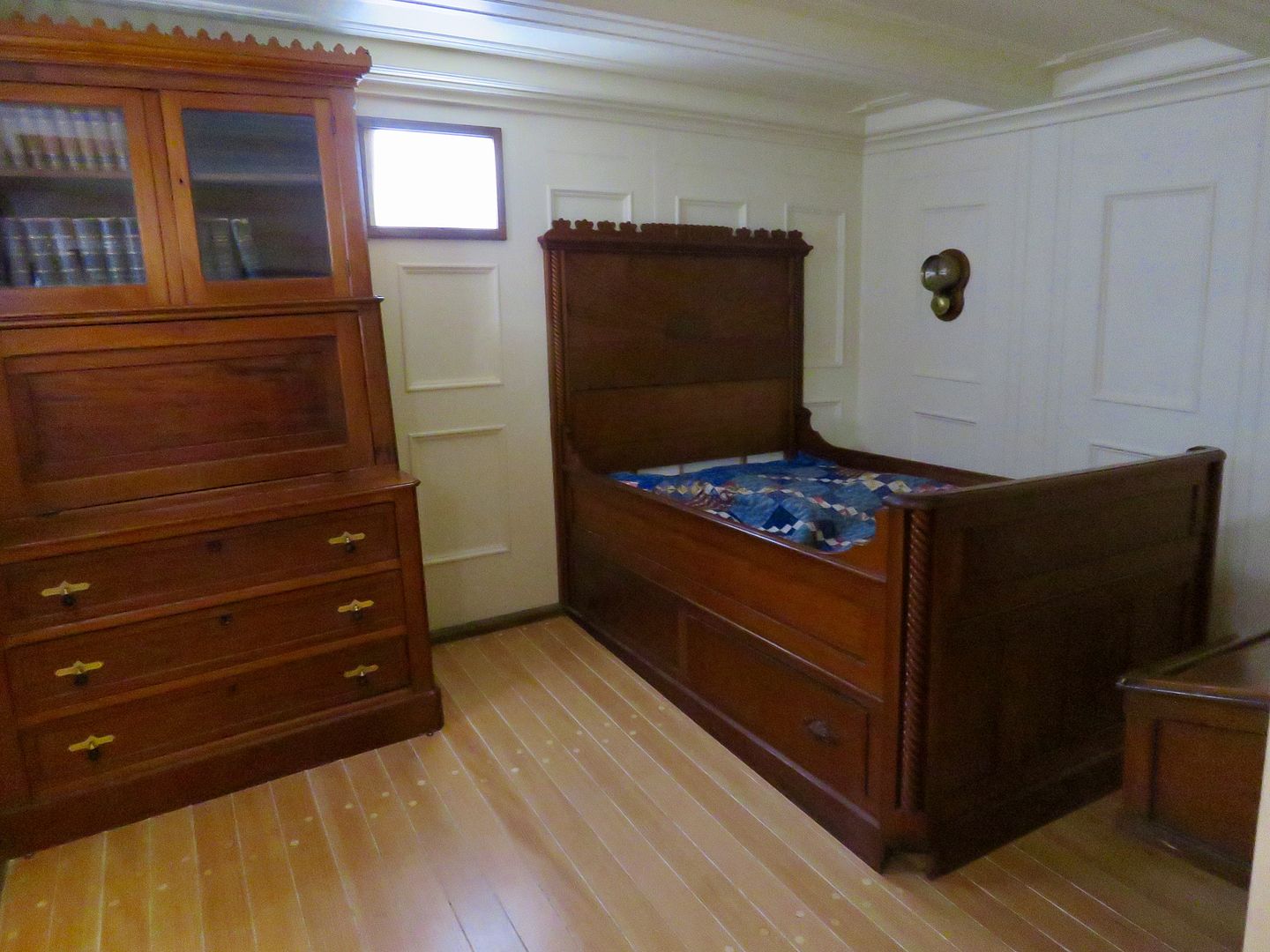
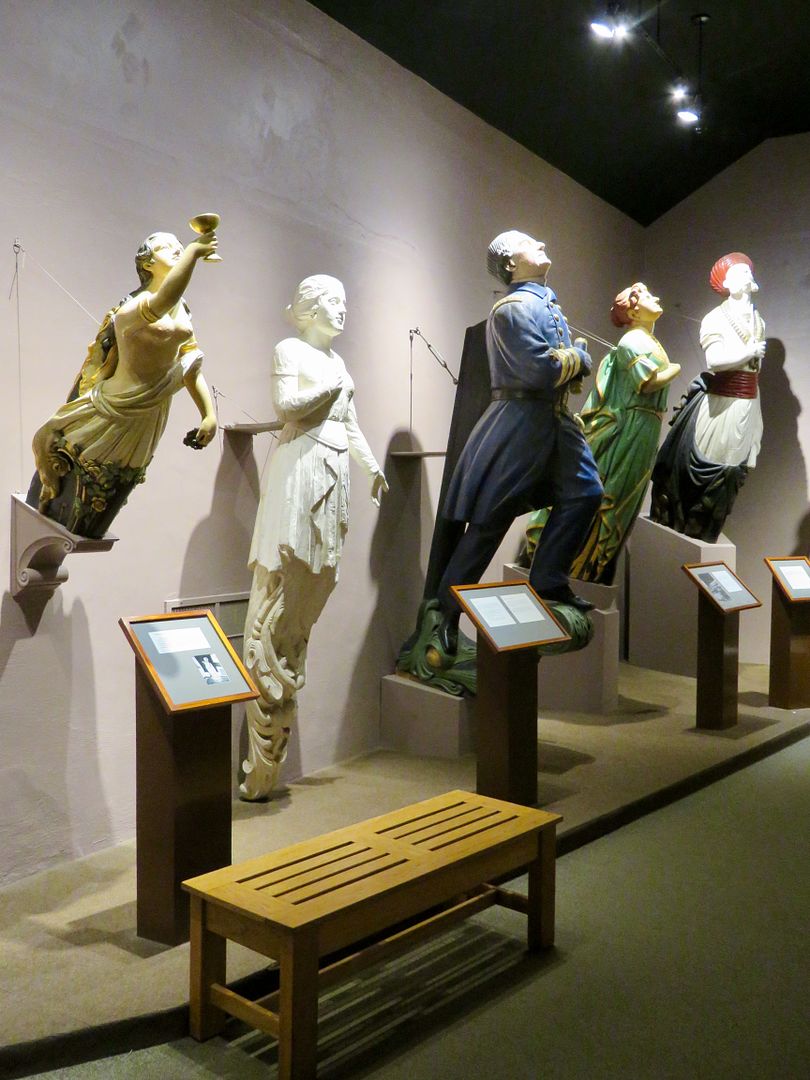
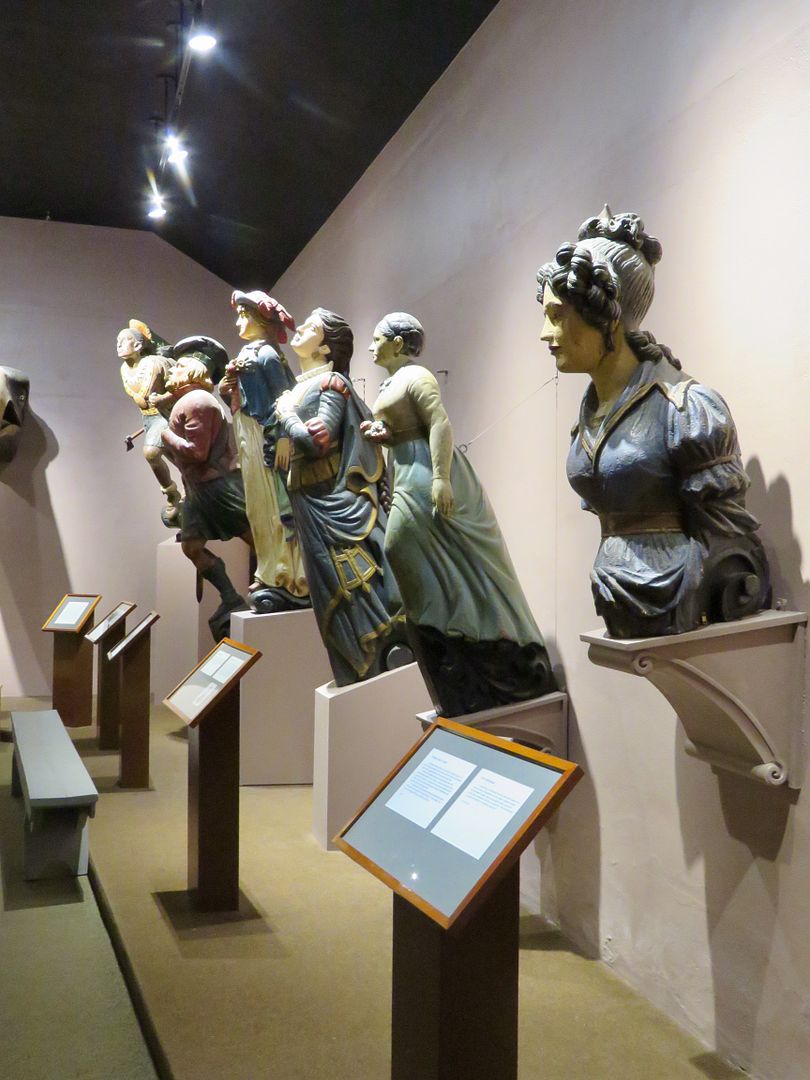
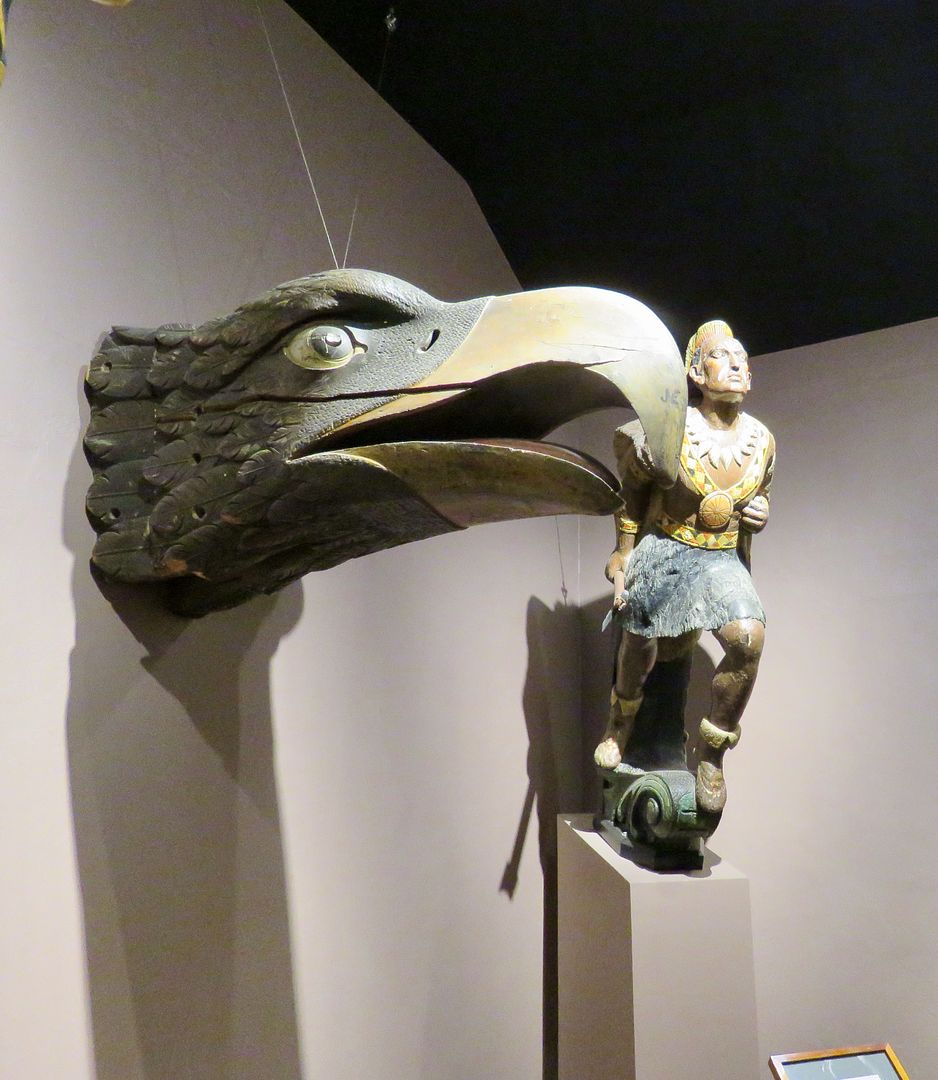
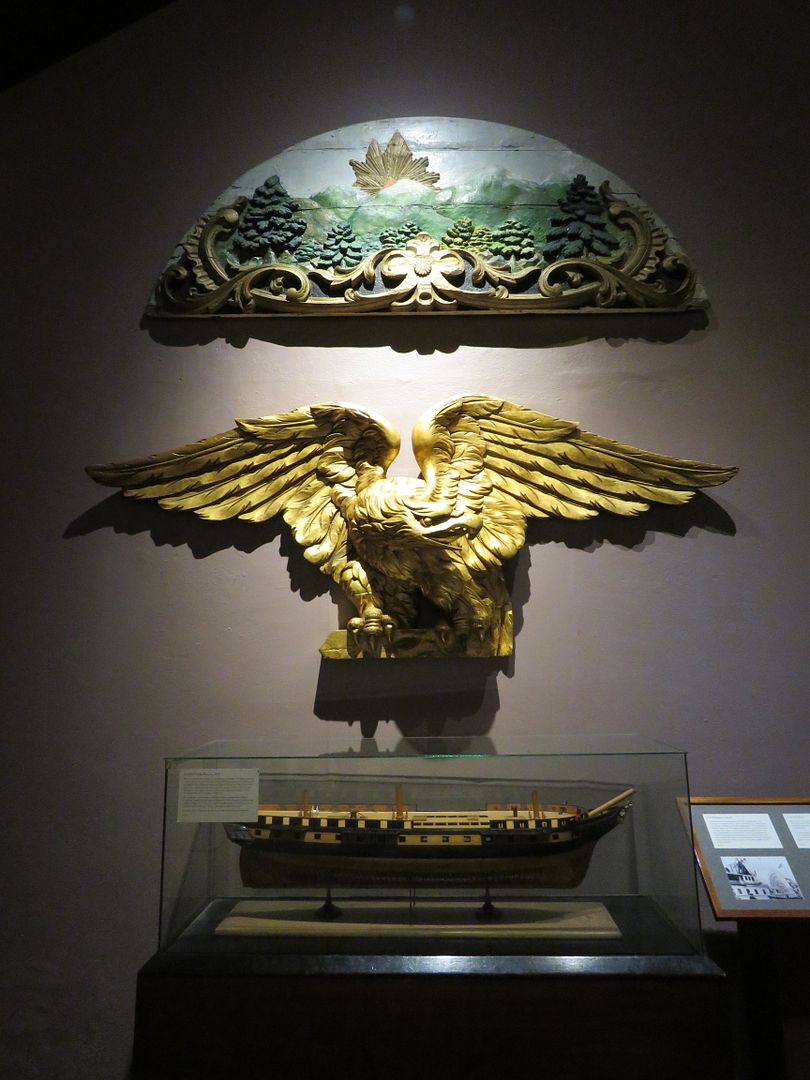
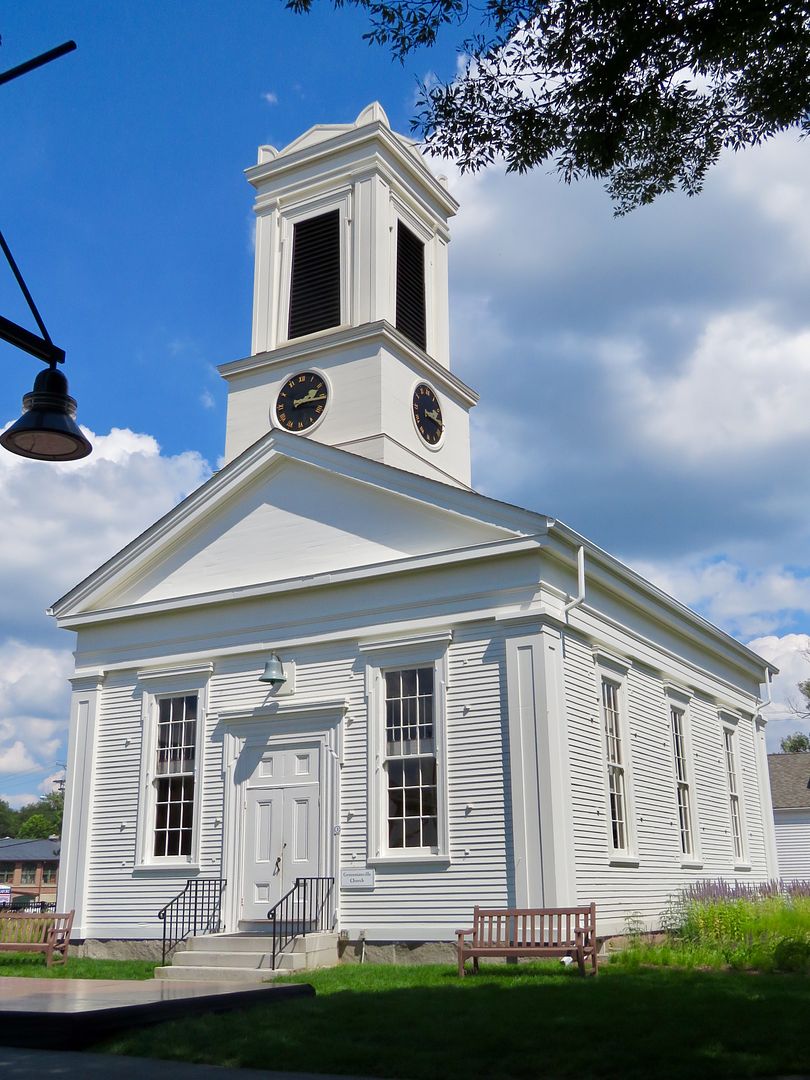

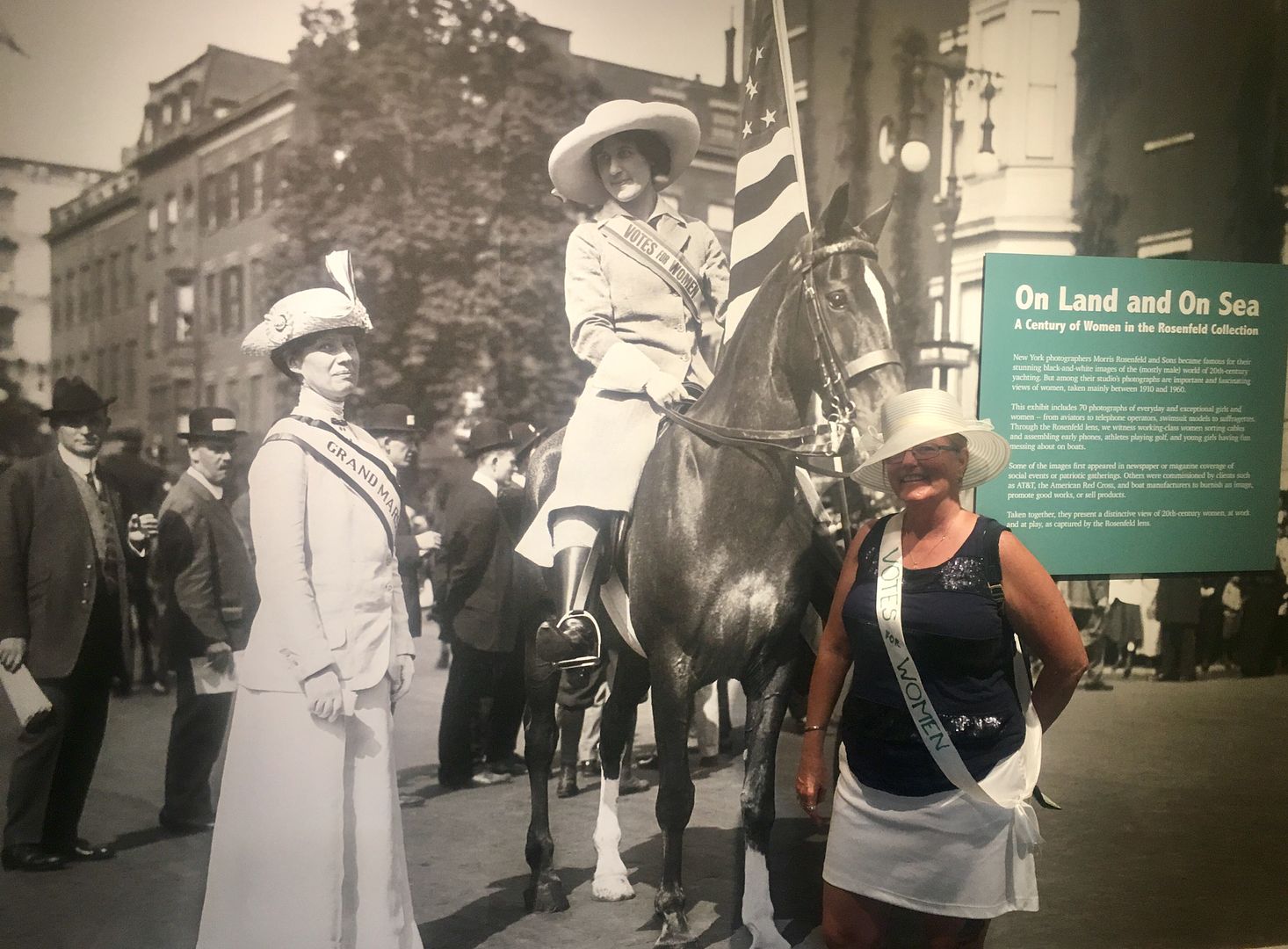

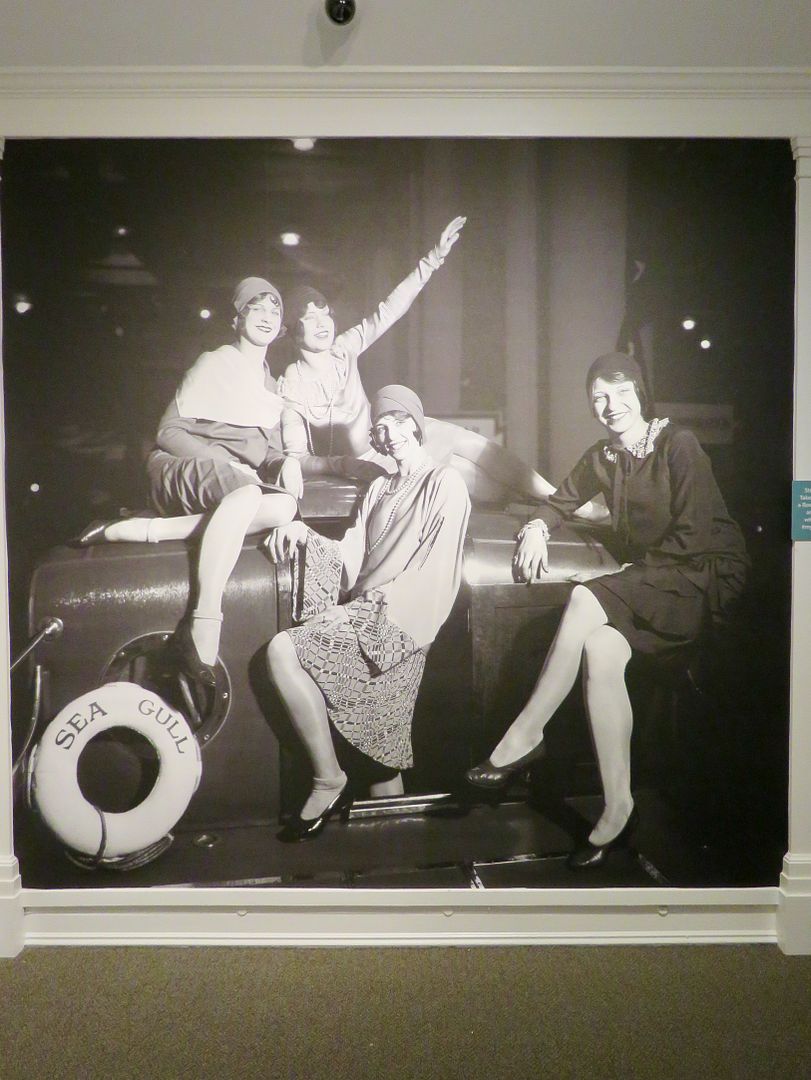

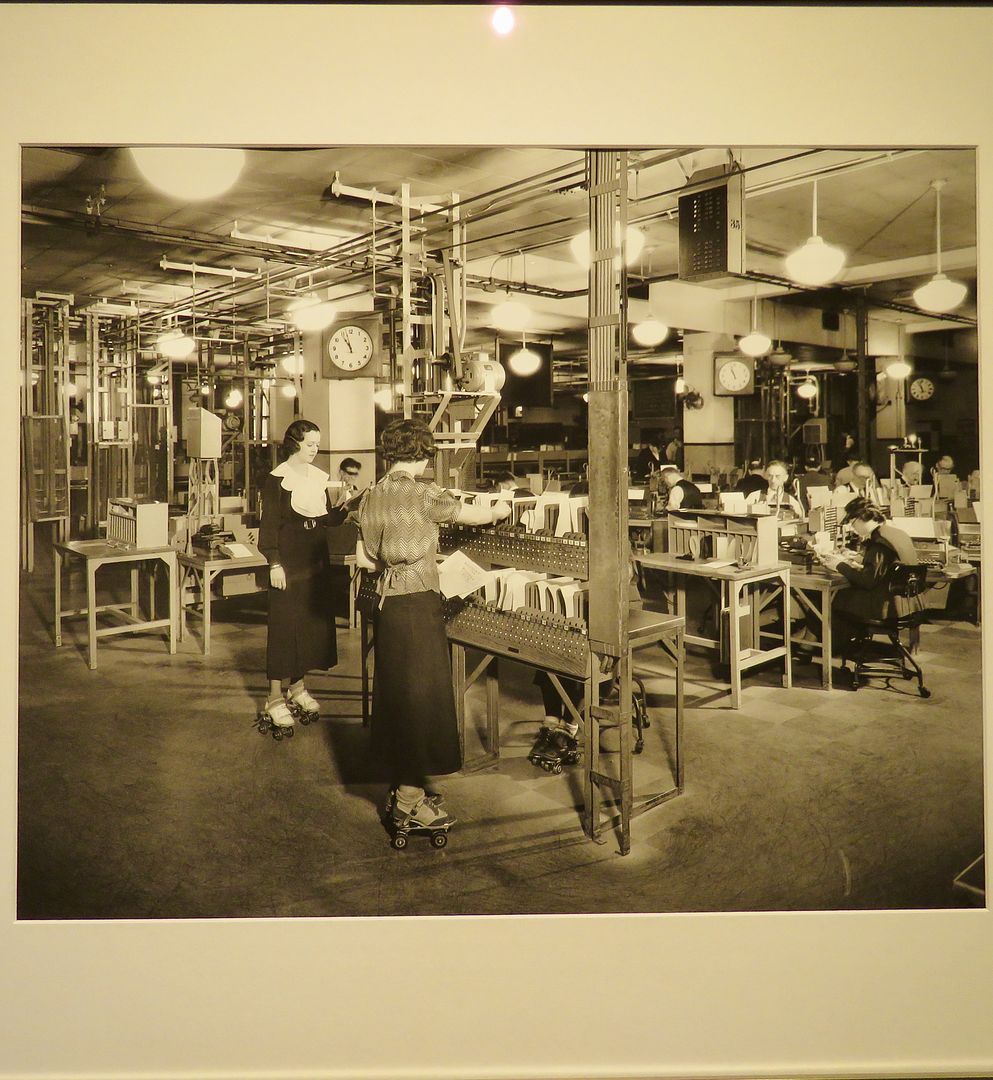
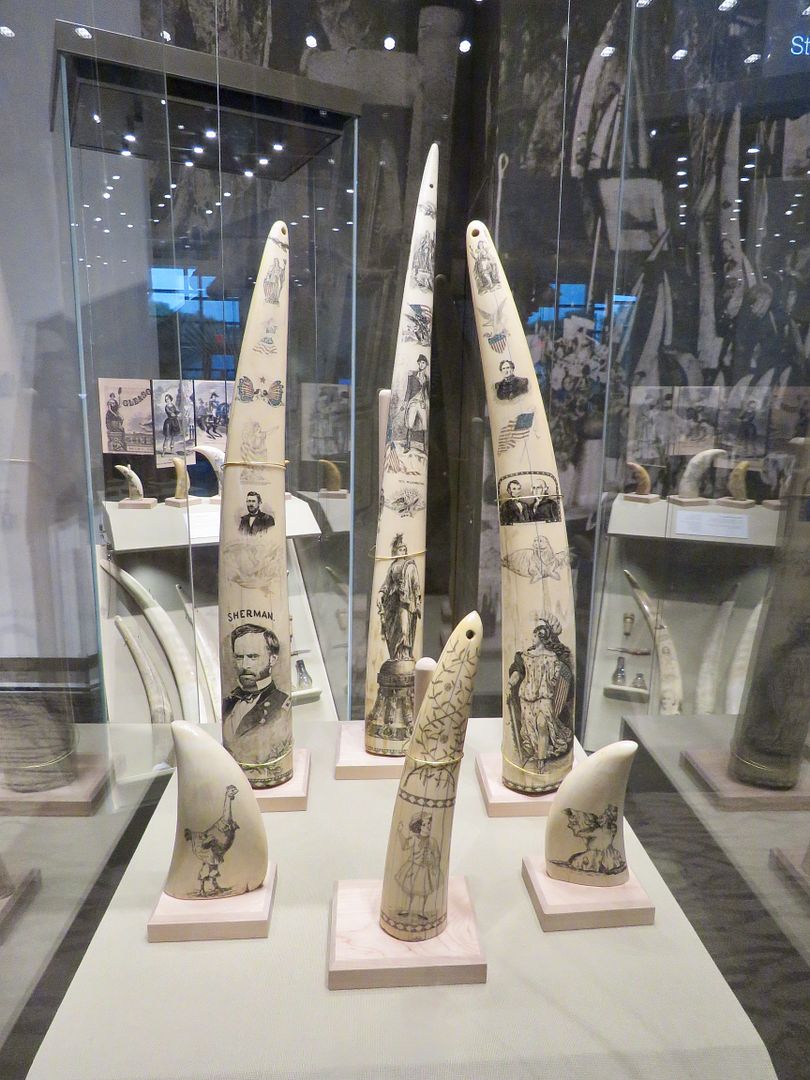
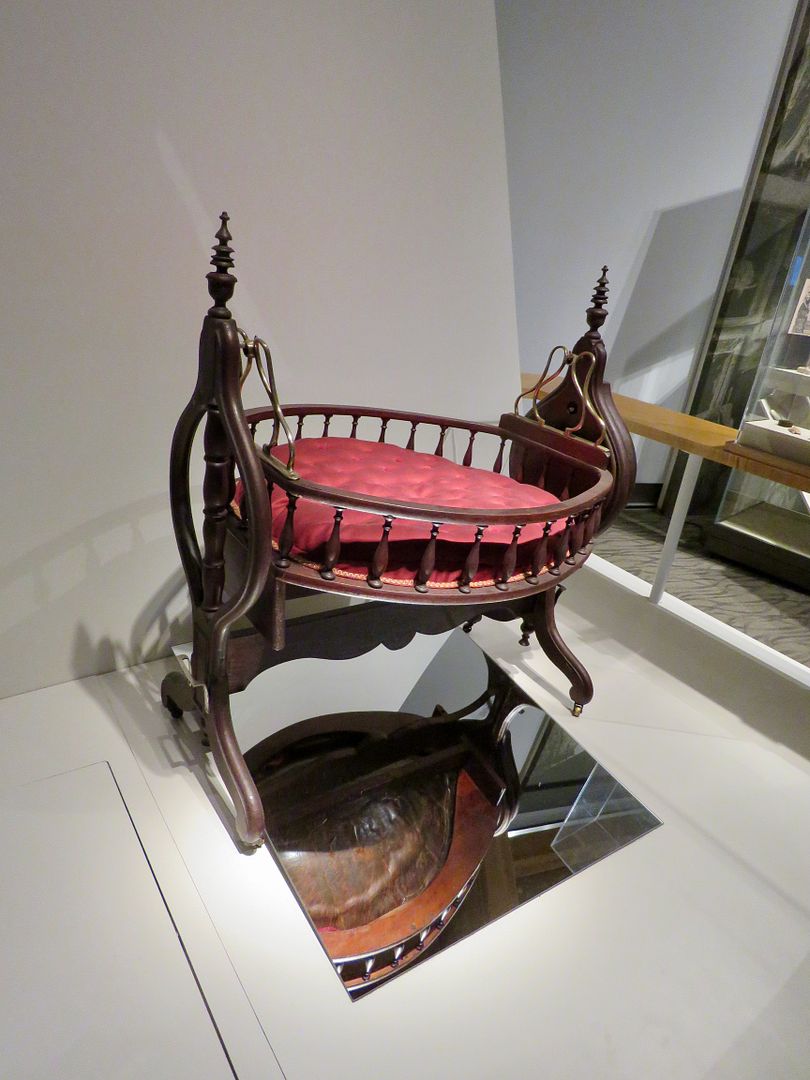
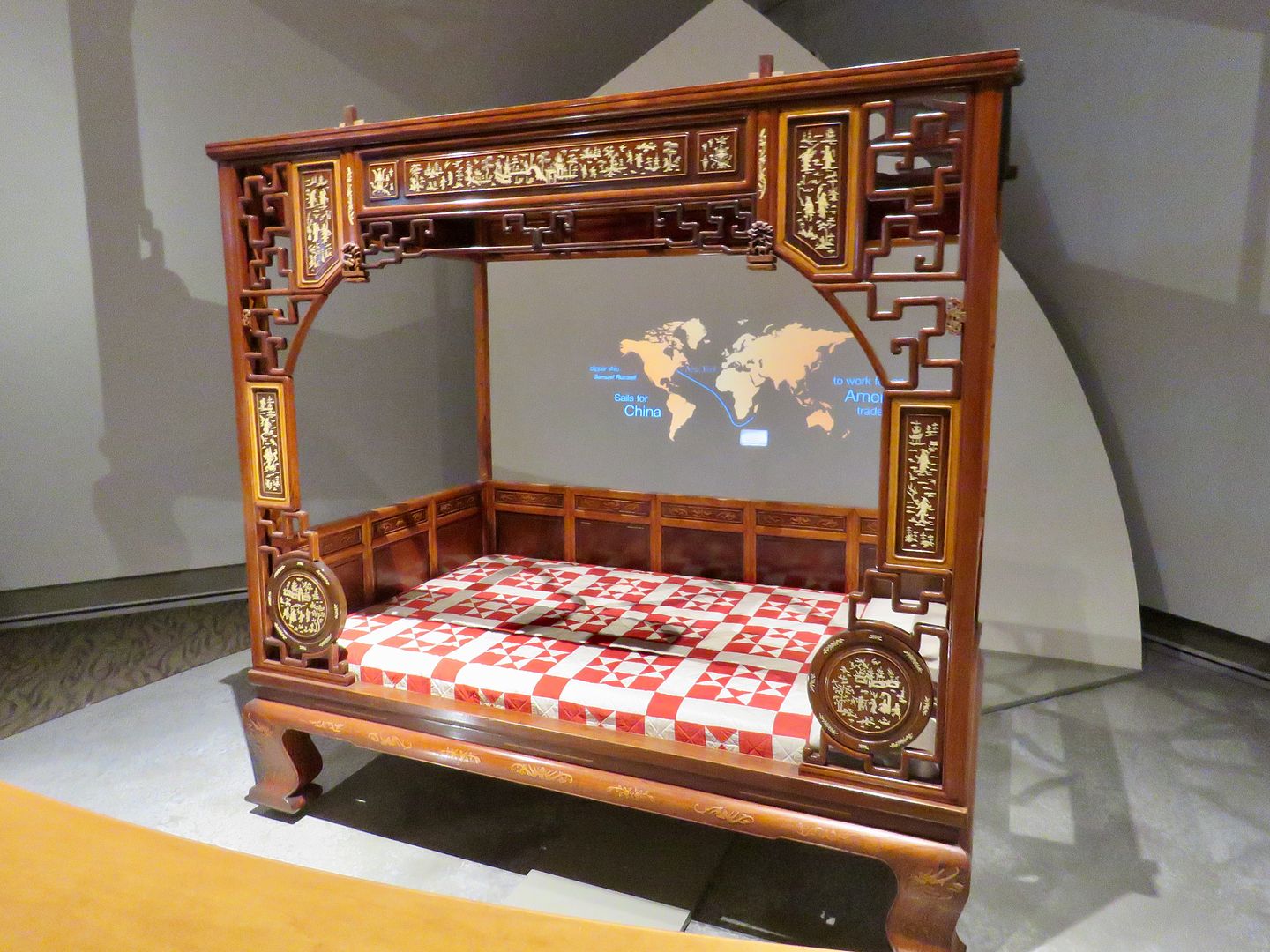
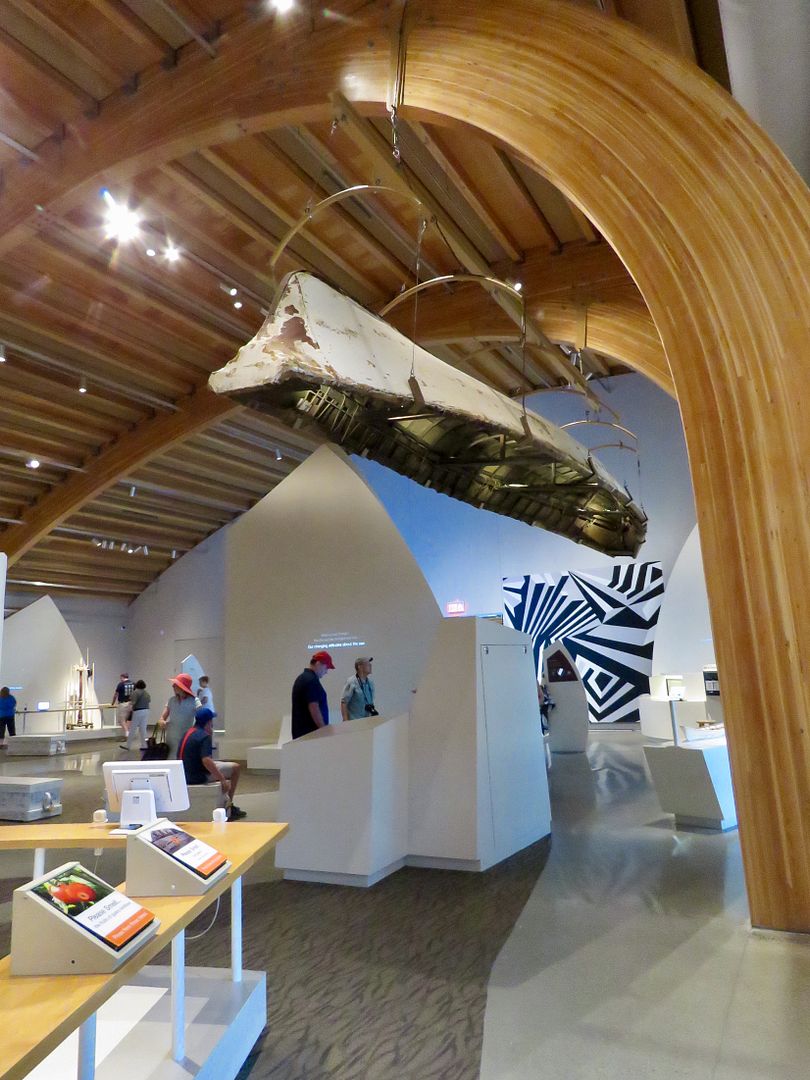

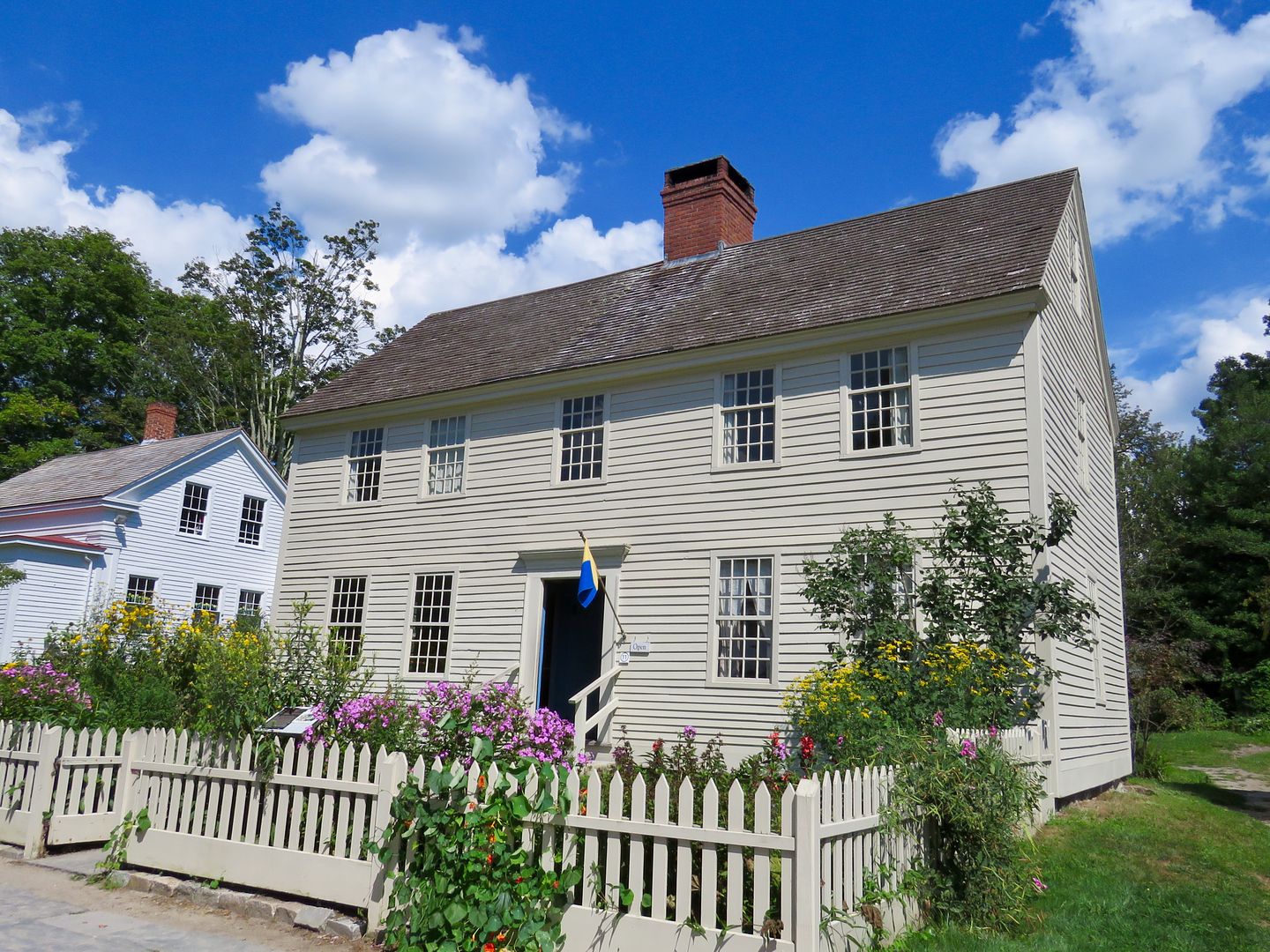

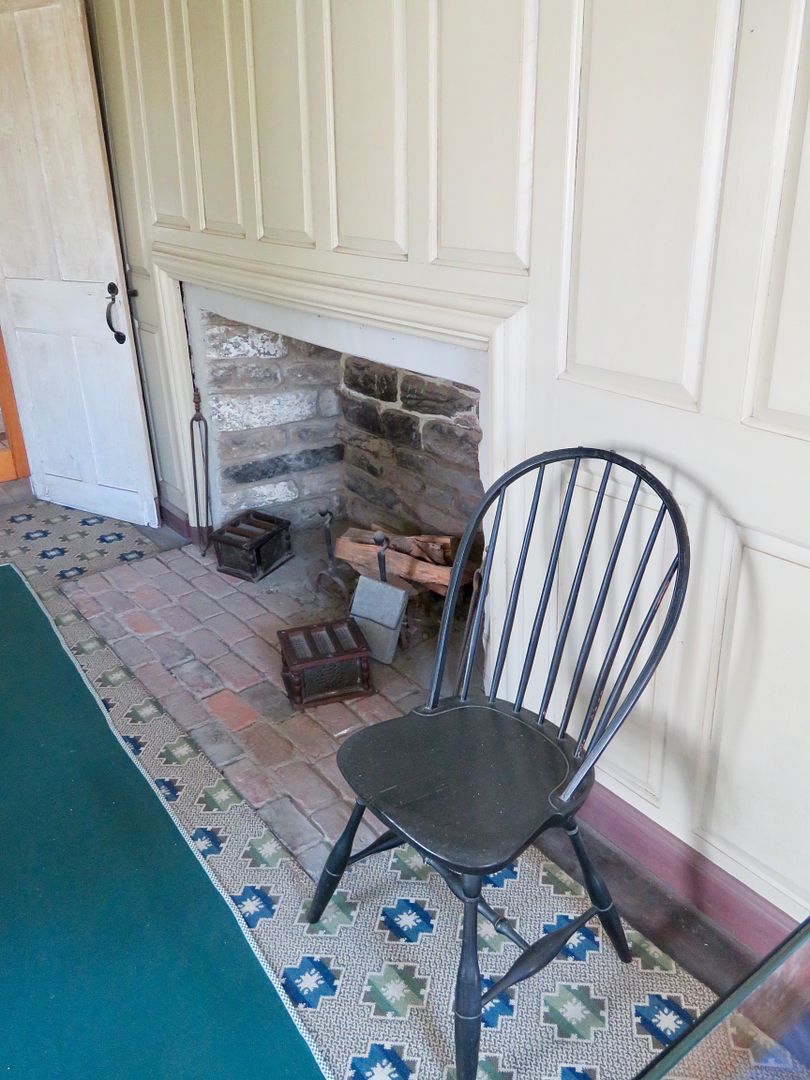
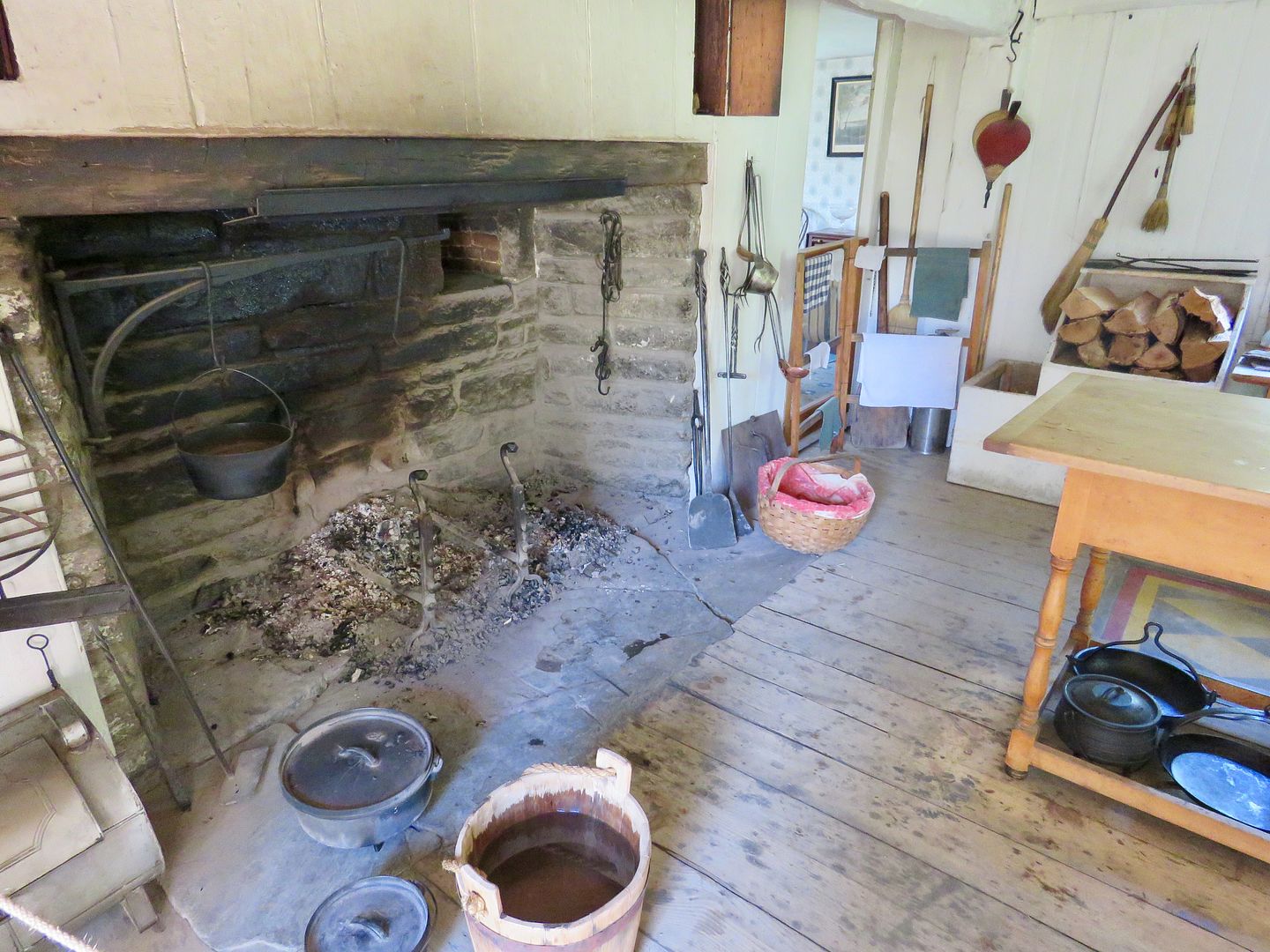
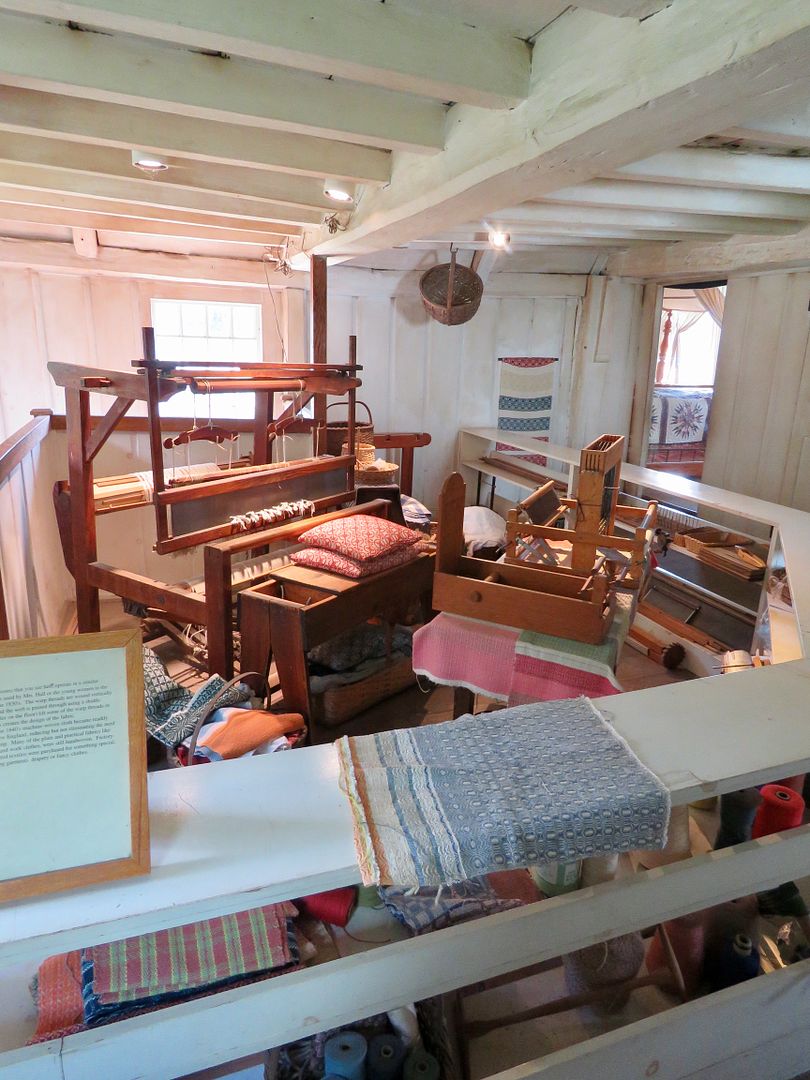
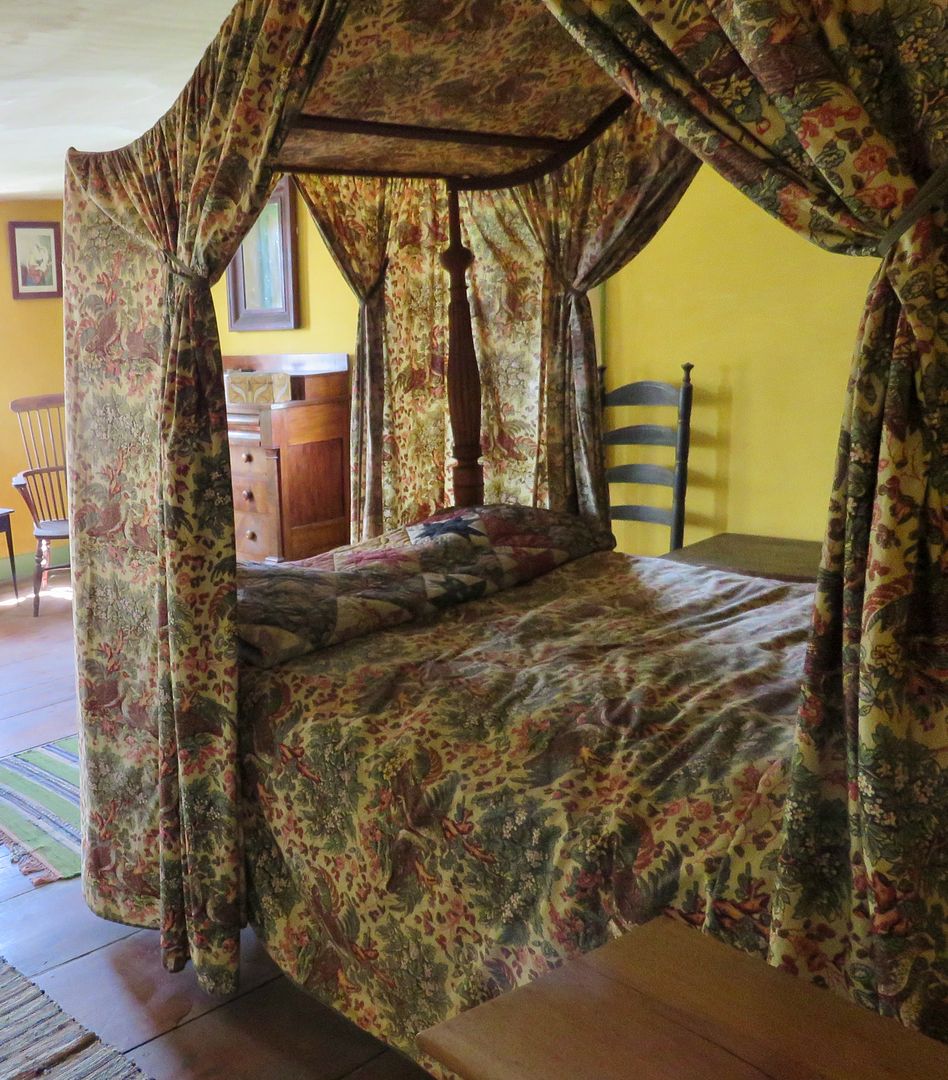
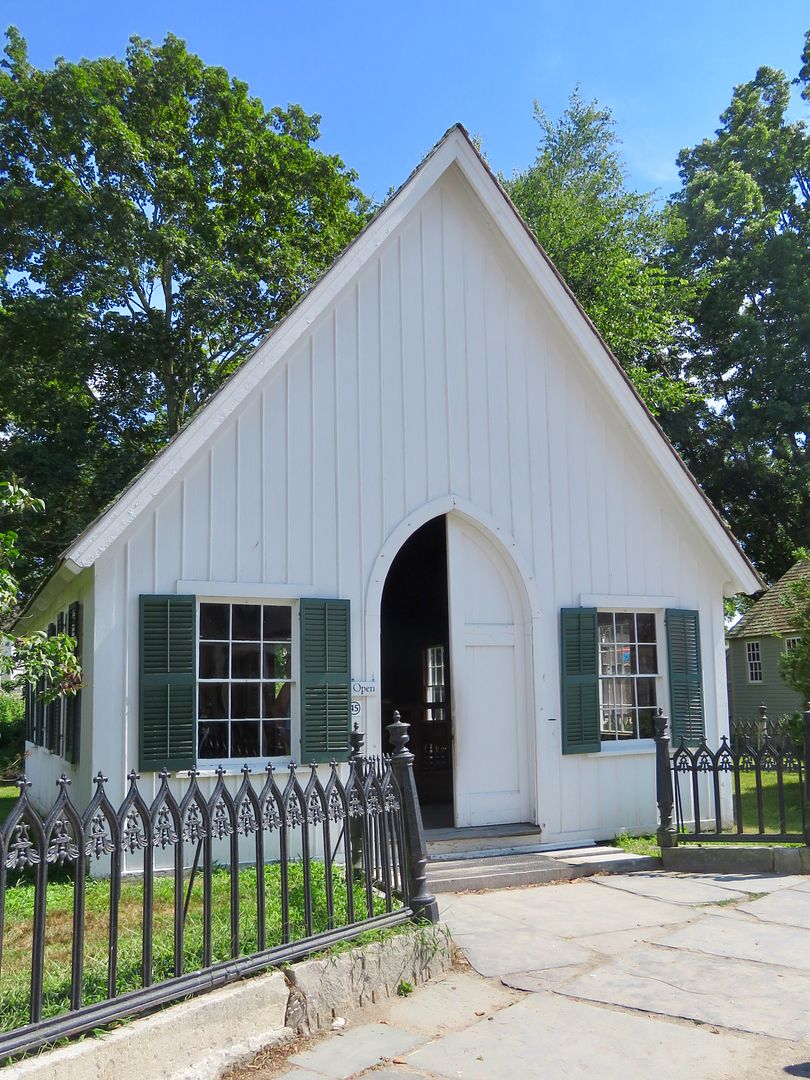

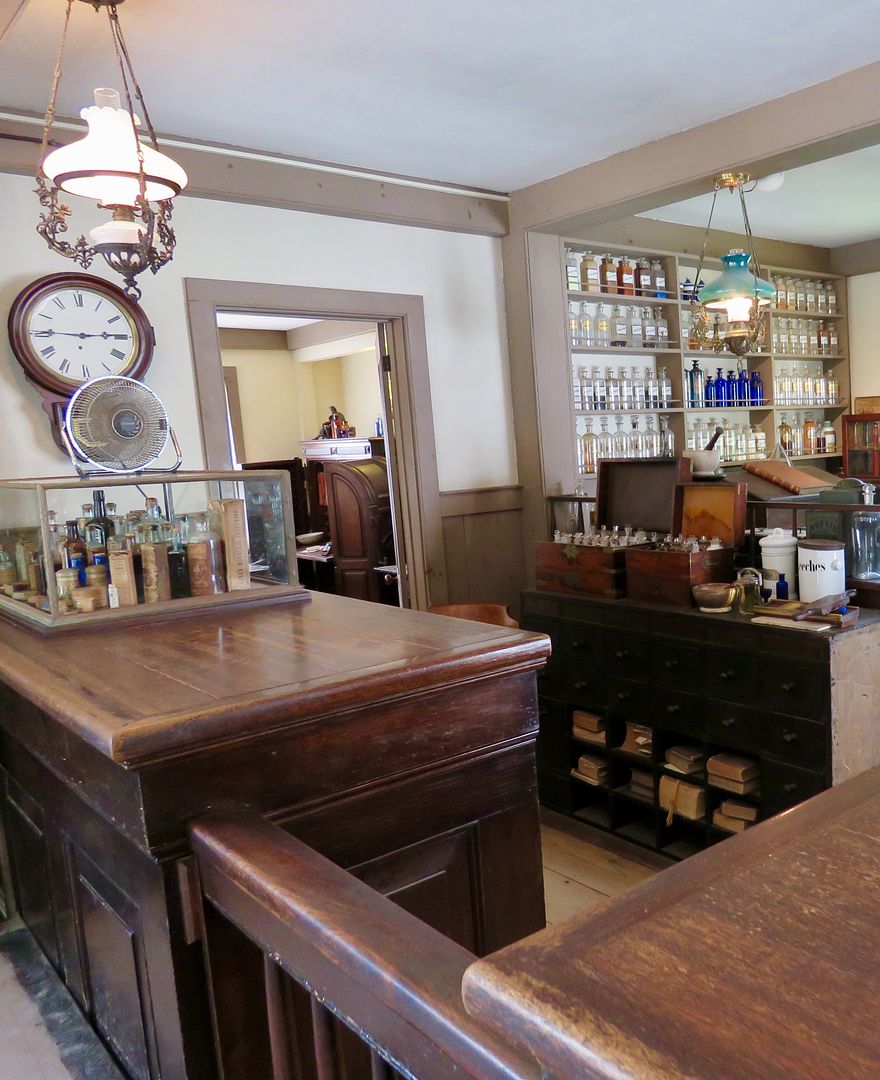
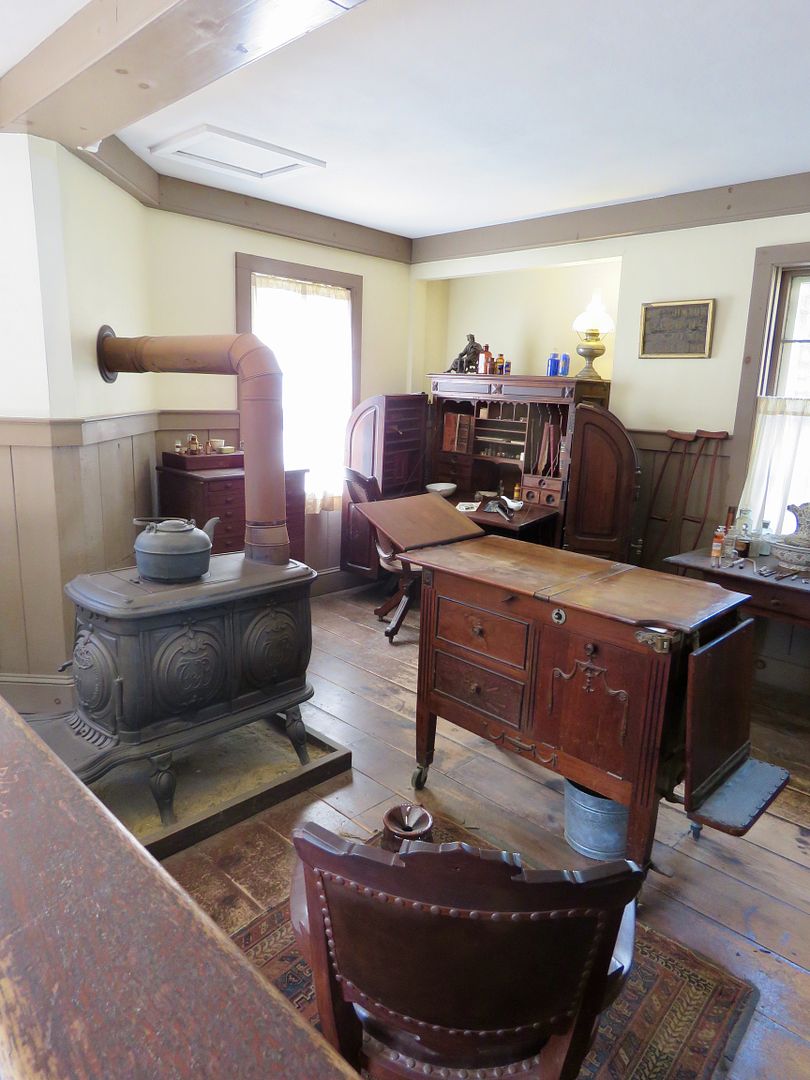
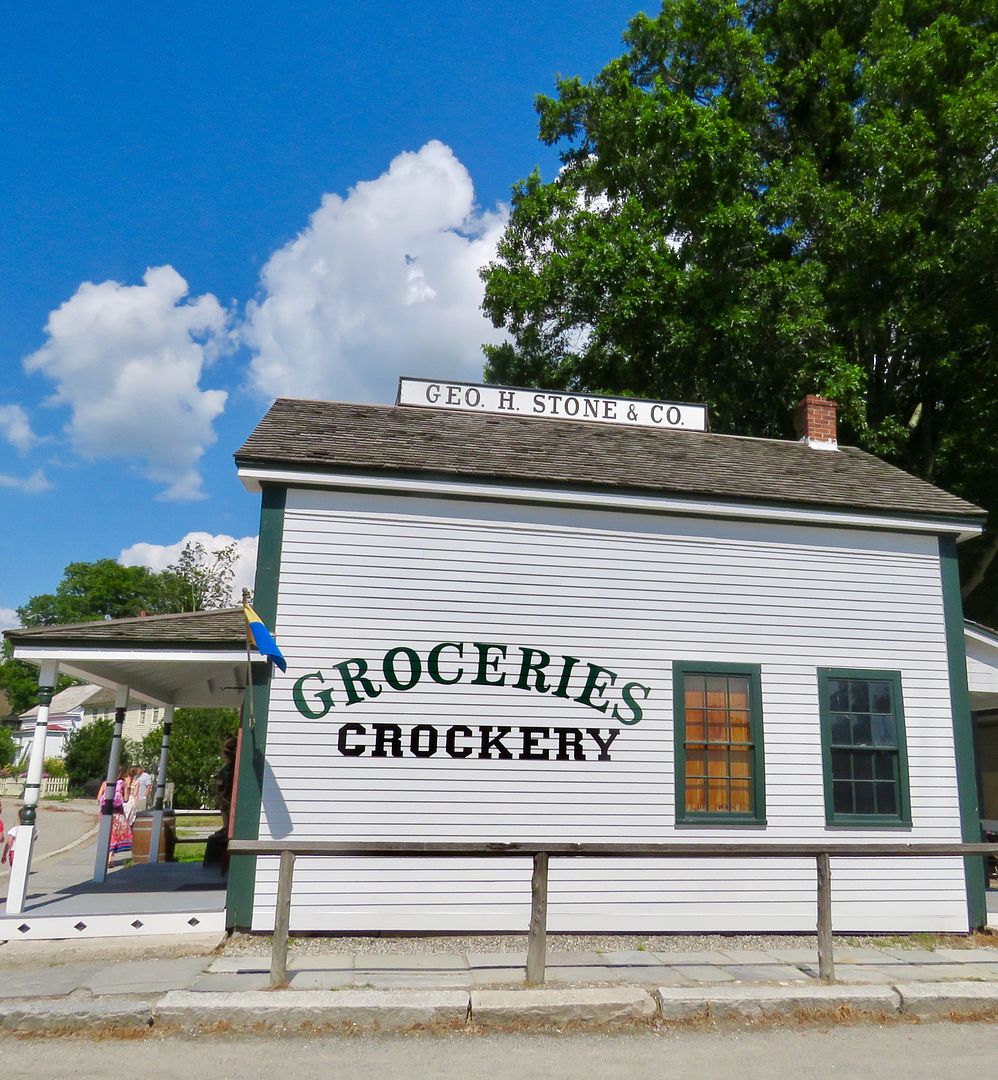

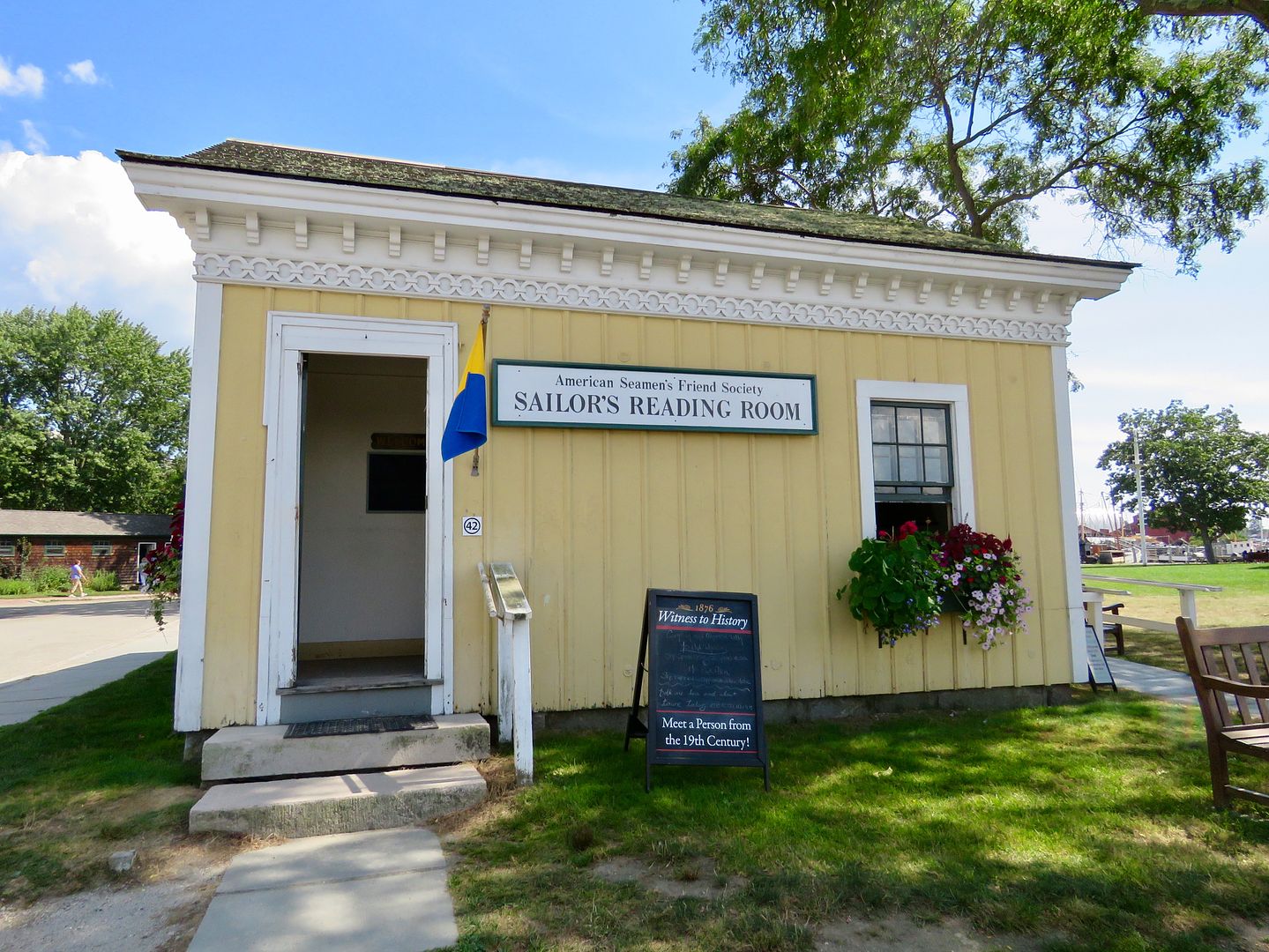
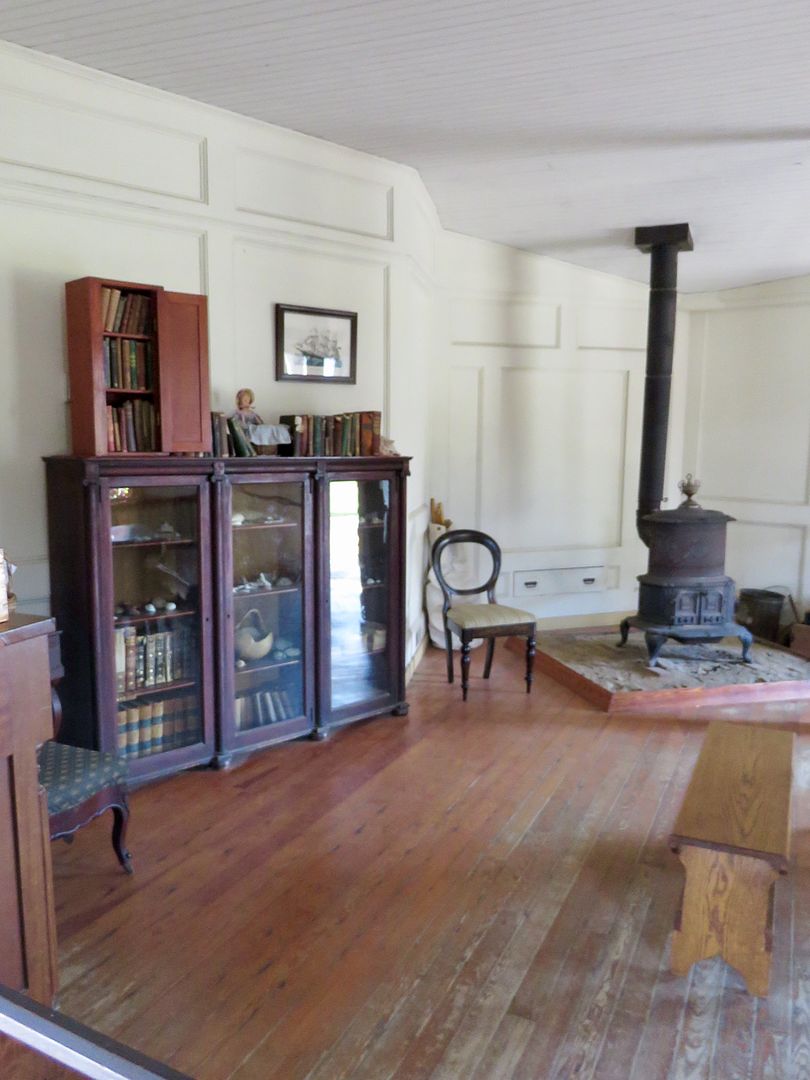
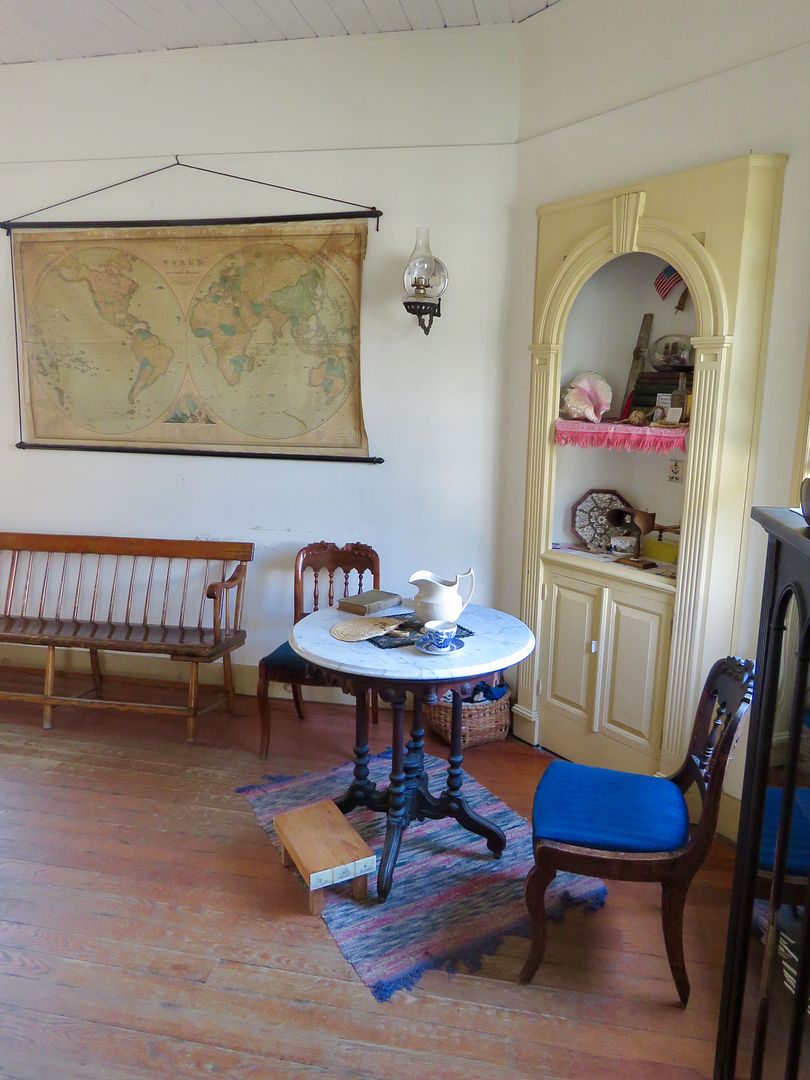
This comment has been removed by the author.
ReplyDeleteIt really is pretty awesome! Thanks for your comment.
ReplyDelete